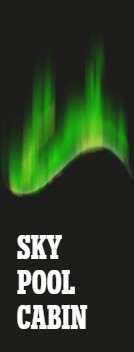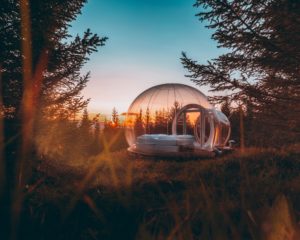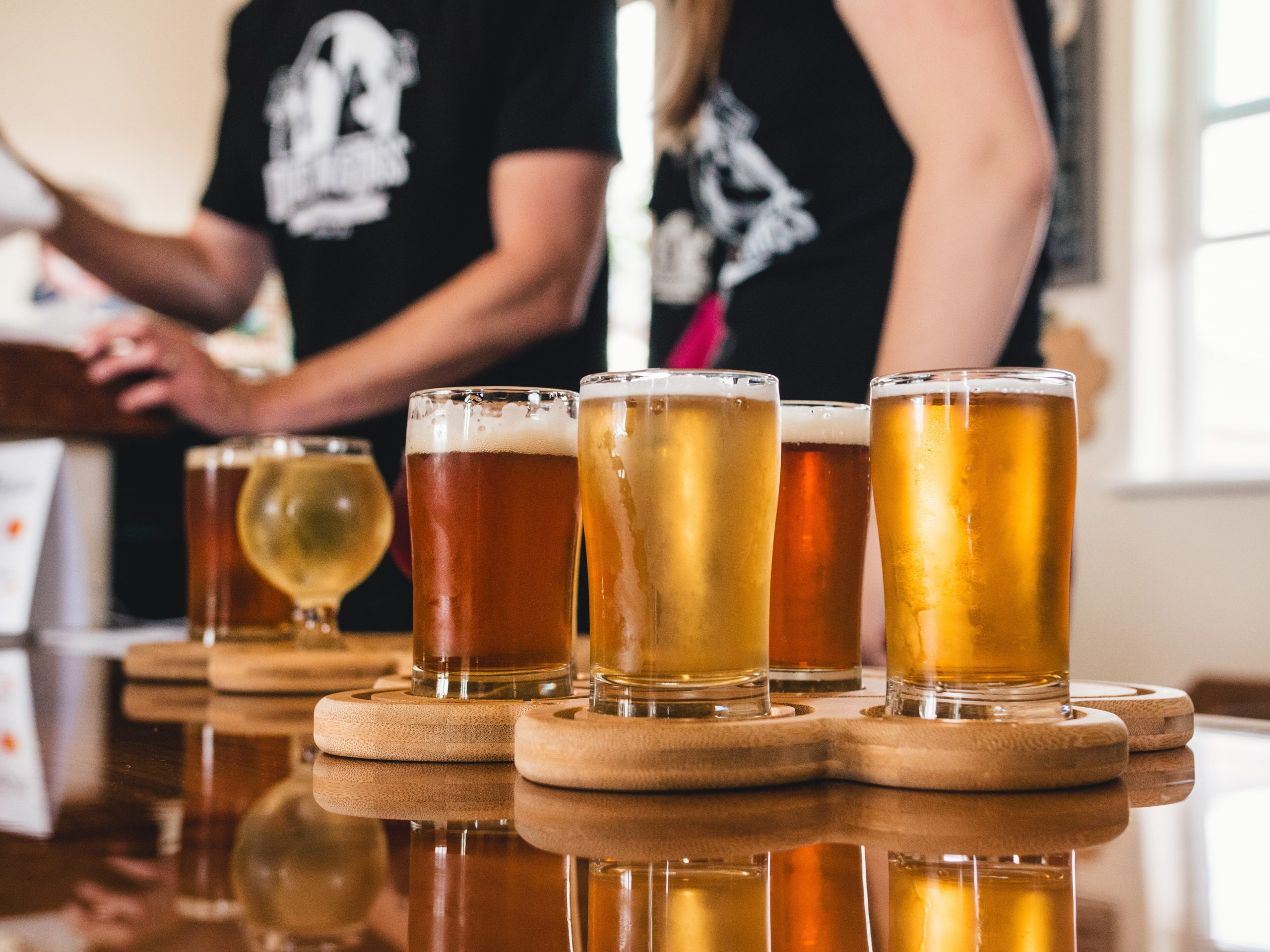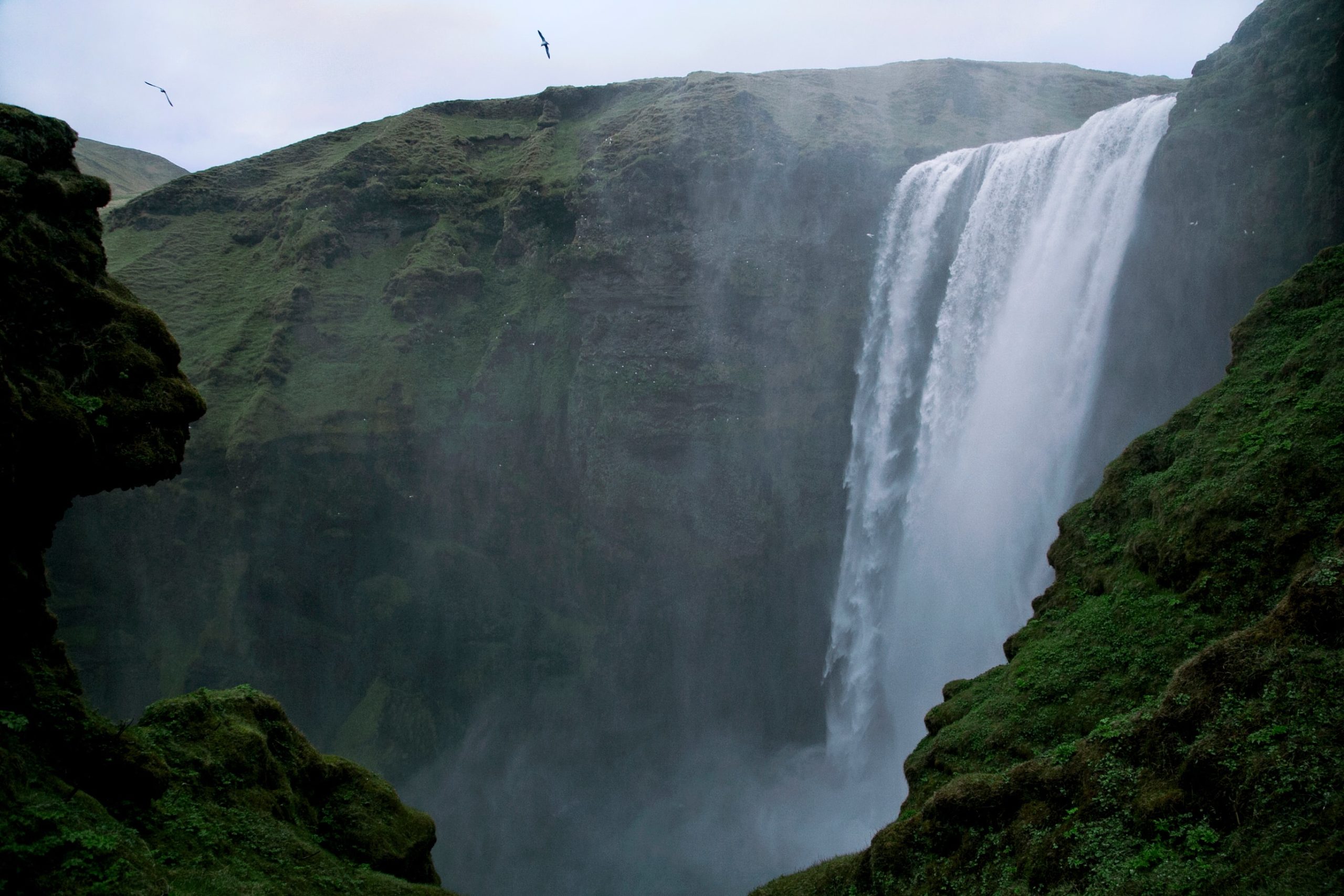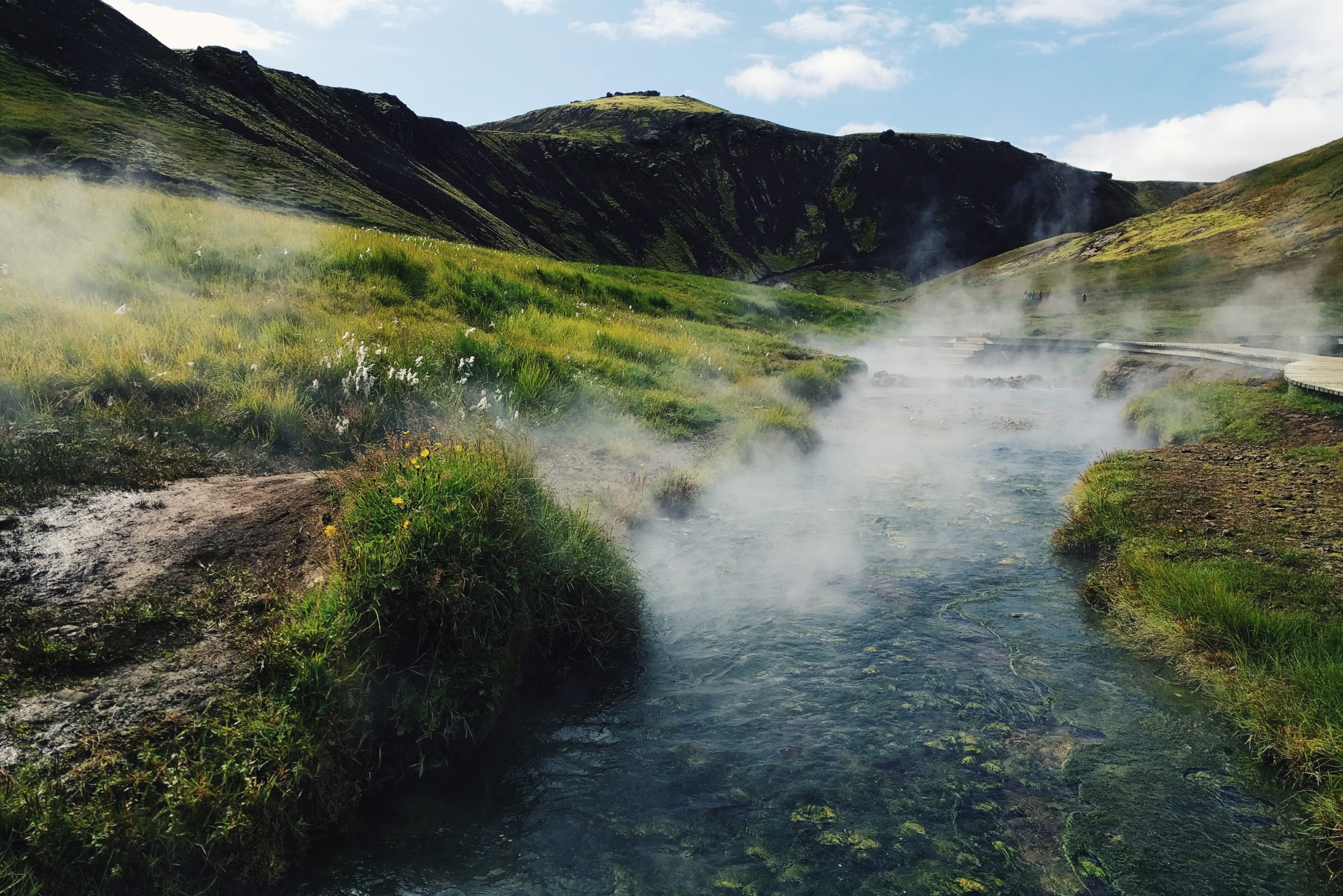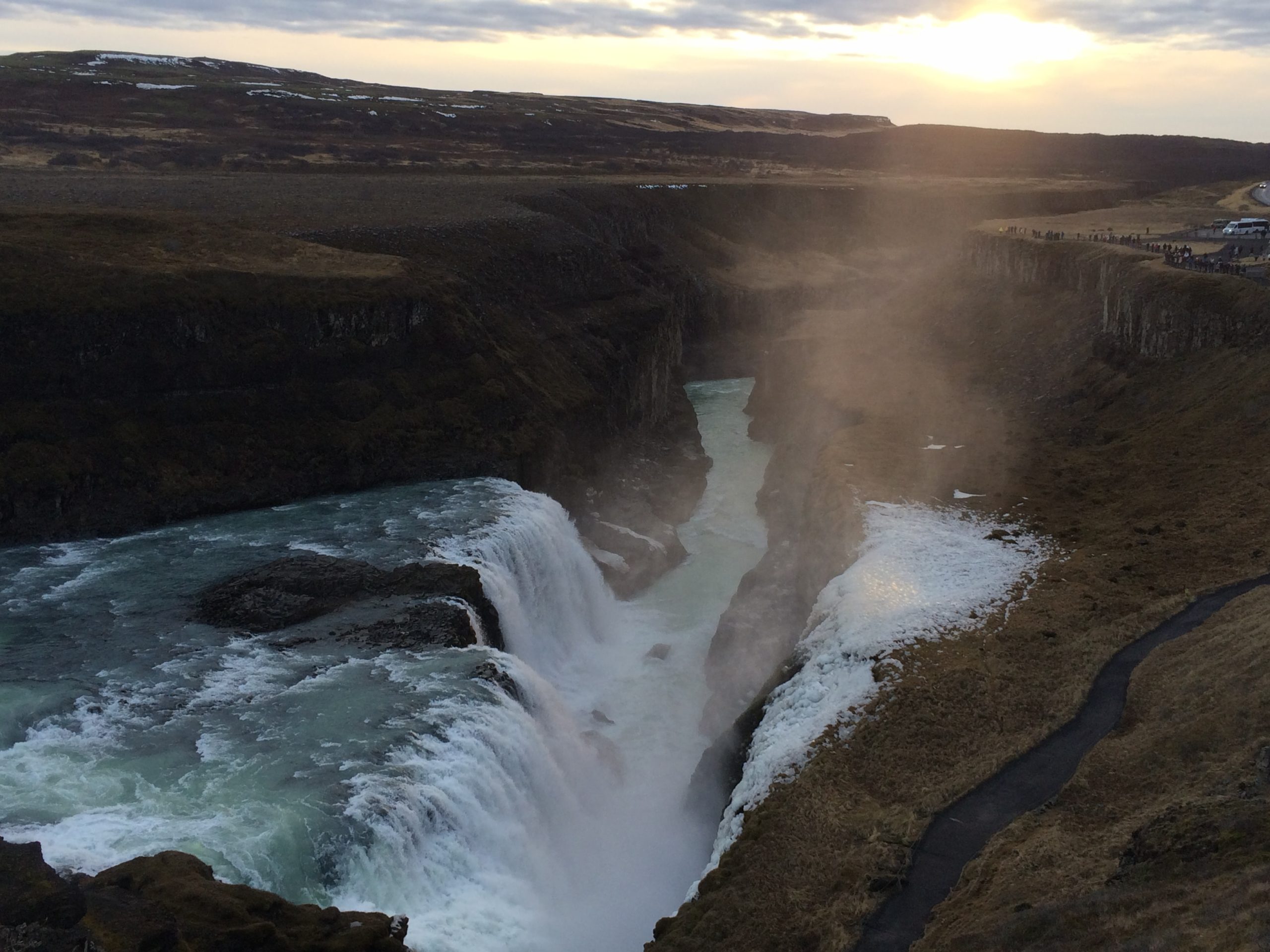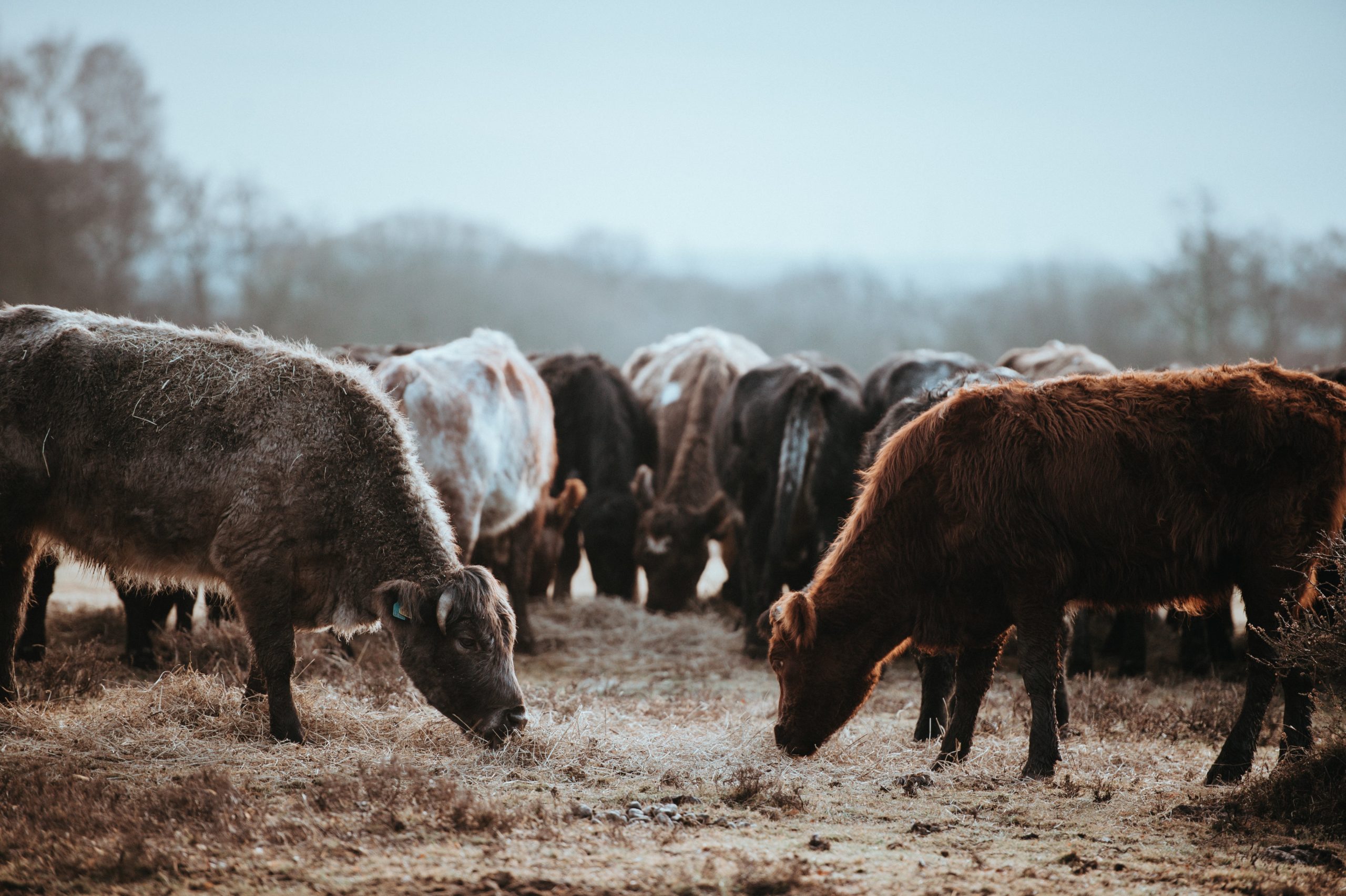Top 10 Hot Springs in Iceland that you must visit
Top 10 Iceland Hot Springs that you must visit
By Taylor van Biljon
Top 10 Iceland Hot Springs that you must visit
By Taylor van Biljon
The top 10 Iceland Hot Springs that you must visit
It is a challenge to only choose 10 hot springs in Iceland. There are so many, from the ultra-natural bubbling rivers of the geothermal mountains to the man-made heated swimming pools in the manicured city centers.
Though born of different means, all of these hot water experiences are bound by the age-old Icelandic love of swimming comfortably in all seasons, and the incredible gift of this land, the geothermally heated water from deep within the earth. The ones we’ve chosen here represent a variety of access and experience and are spread across the country, making them great stop options on a self-drive adventure.
So throw a few towels in the car, and don’t forget your swimsuit, because there isn’t a meter of this island that doesn’t boast an incredible hot spring or swimming hole.
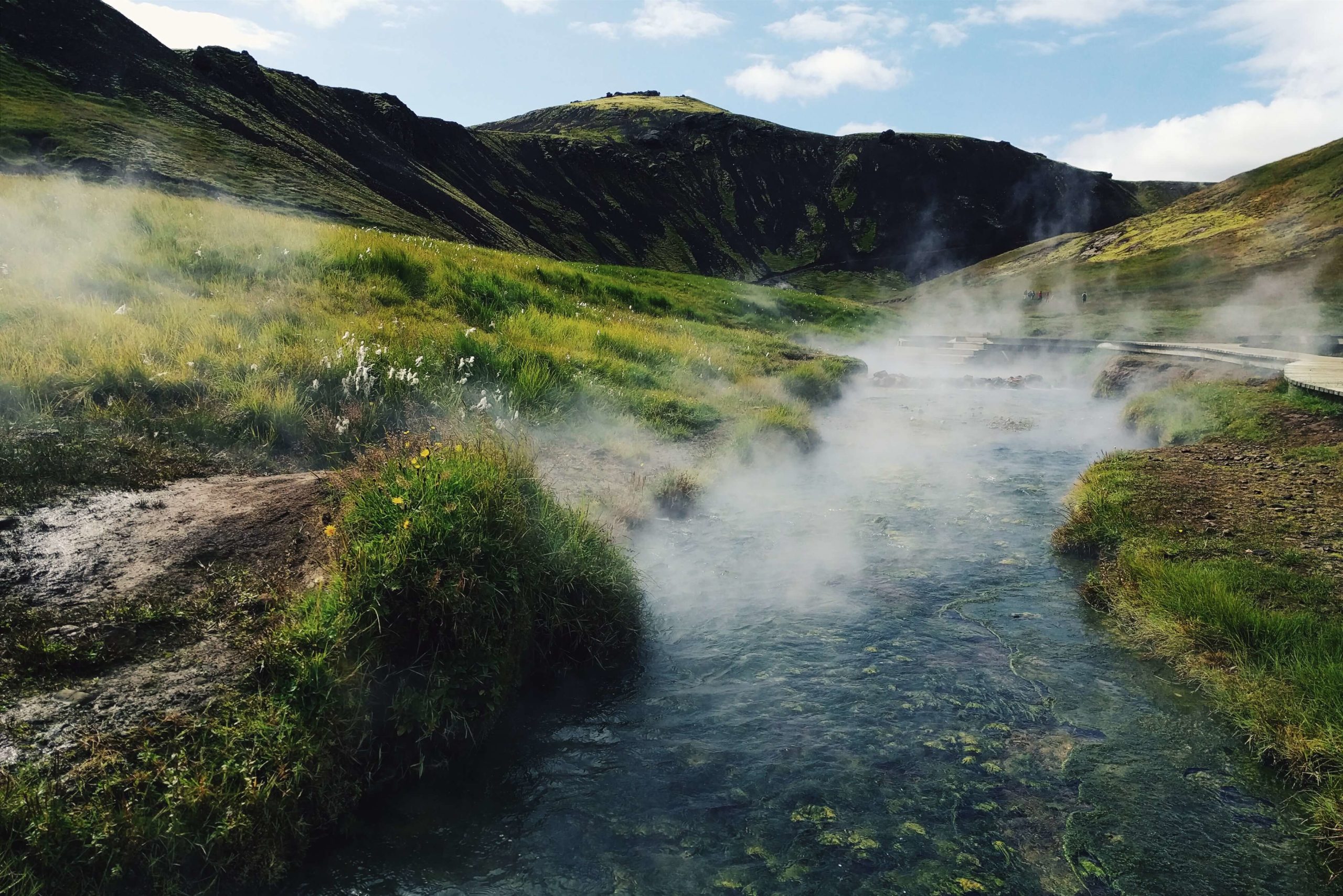
Reykjadalur: A hot river in a steaming valley
Tucked away in the mountains nearby Hveragerði, is this gem of the extinct Hengill volcanic system. A short half-hour drive from Reykjavík (and in the backyard of the Bubbles!), lies this picturesque geothermal river in the colorful southern mountains.
This area is known for its colorful, steamy surroundings, and the many interesting ways that people have learned to live with the active land. (If you stay awhile, you’ll notice all the greenhouses and hear the stories about cooking food buried in the ground! You may even get to try some..)
After venturing forth through the charming town of Hveragerði, you’ll find that there is not only a place to park your vehicle, but also a small coffeehouse where you can inquire about the weather, have a piece of cake, and use the facilities.
To reach the natural hot springs, you must first hike 3km up into the valley, through an endless diorama of far-reaching vistas and tumbling falls. The name of this spring means “Smoky Valley”, and the scenery certainly backs it up.
The beginning of the river hosts a wooden walkway and some basic structures to change behind, but the only bathrooms are at the very beginning of the hike in the parking lot. These pathways have been installed to protect the banks of the river in the most popular bathing spot, where the temperature is milder.
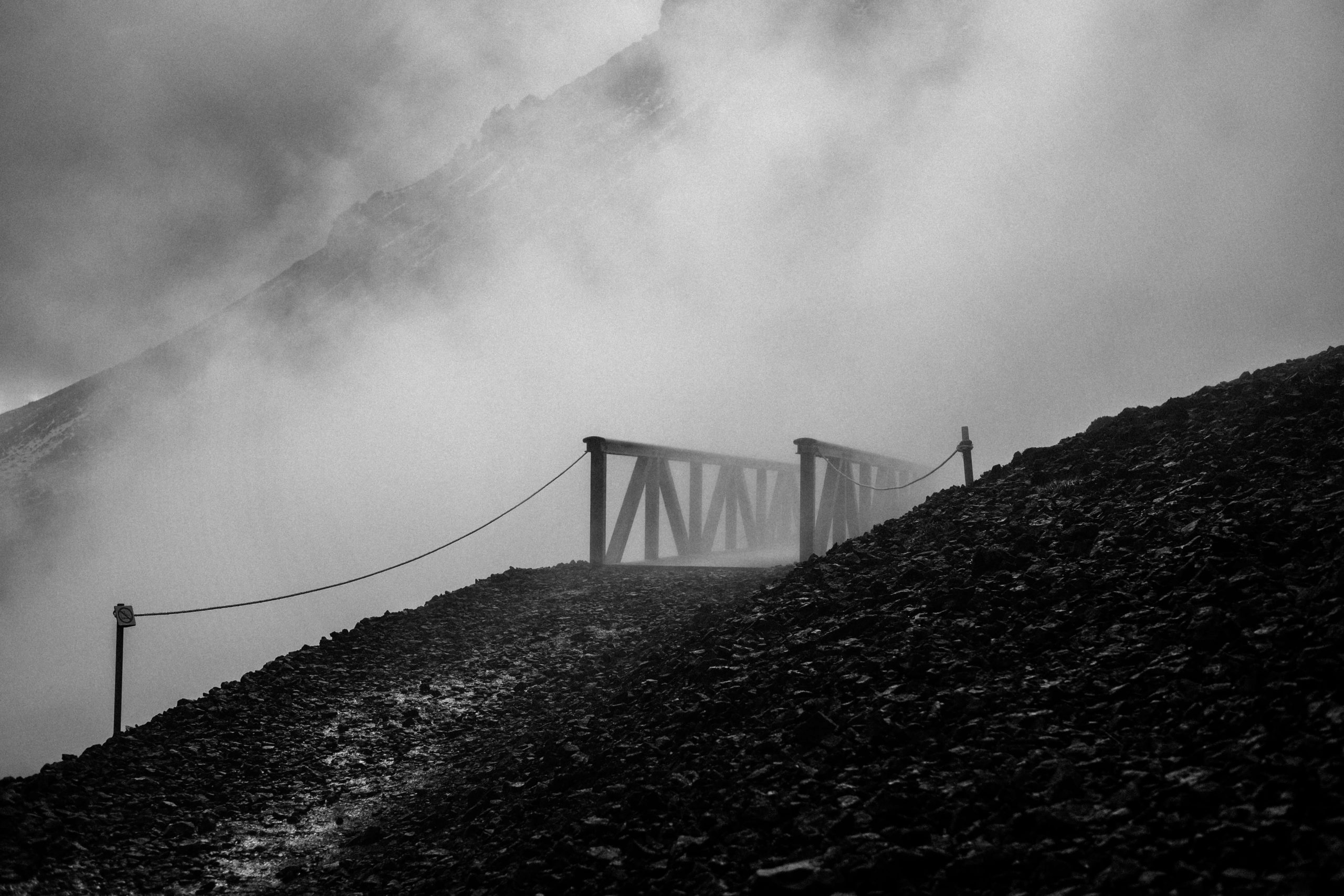
The river is quite long, however, and the further down you go the hotter the water becomes, so make sure to test it before you enter. The earthen banks of the river and the mud at the edges can be surprisingly hot!
Reykjadalur is a favorite among locals and a treasure of the southwestern region. Give yourself ample time to enjoy the hike, explore the area, and to marvel at how quickly the hot waters replenish your tired muscles.
And don’t forget your torch if you are hiking during a darker season. The pathway up can be gravelly in places, and the weather conditions can change quickly.
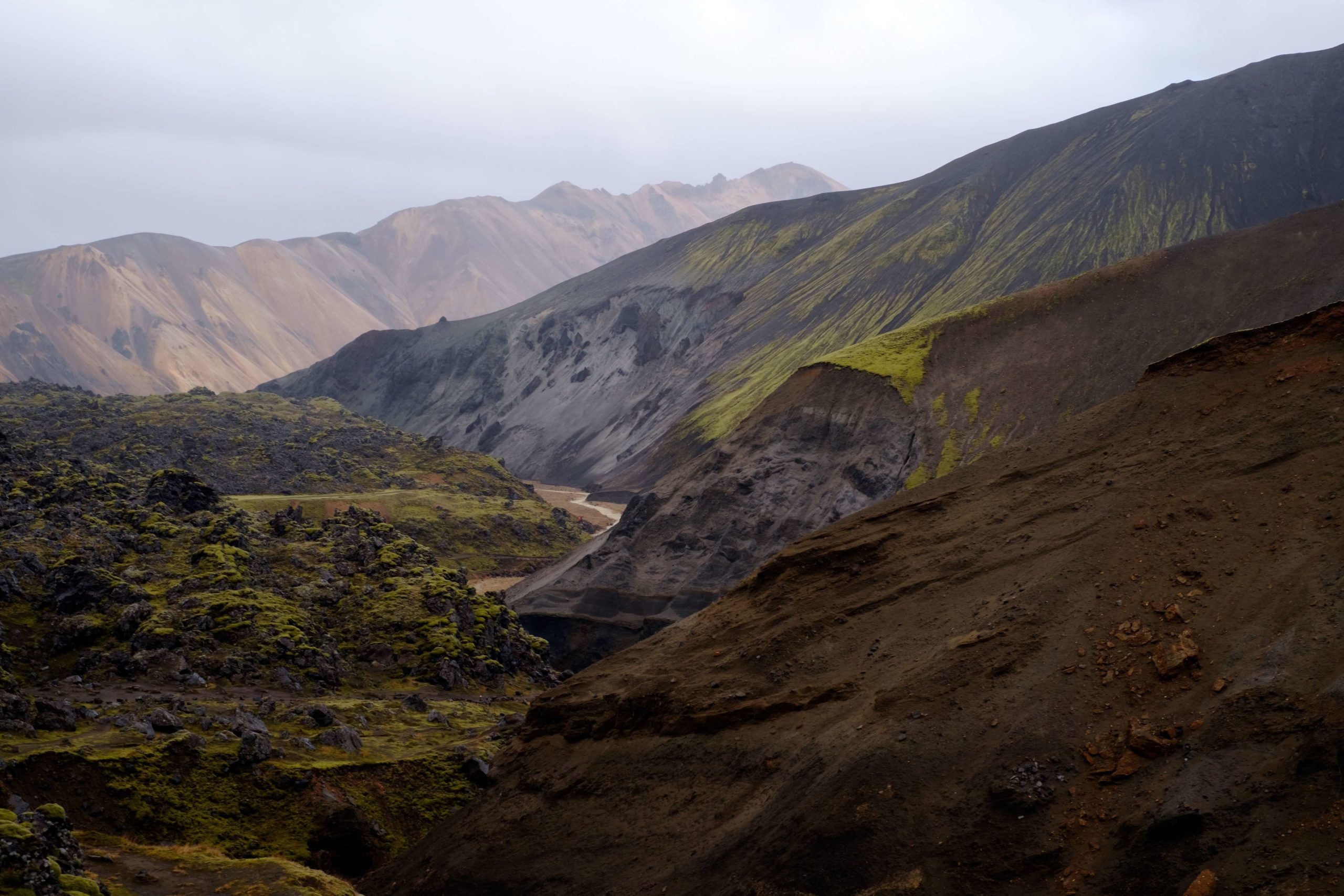
Hveravellir: The highland oasis
Located in a protected nature reserve between two glaciers, Hveravellir is one of our favorite hot springs in Iceland. Hveravellir is a name shared by a gorgeous highland pool, a volcano, and a geothermal field of the Oddnýjarhnjúkur-Langjökull subglacial volcanic system. (So these things are all related pieces of a whole.)
You can reach it by driving the Kjölur Route (F35) into the west highlands- which is an entire adventure in itself! It sits nearly 90km from the wide falls of Gullfoss, and 100km from the nearest petrol station, so a trip to Hveravellir is truly a walk into a wilder world.
Journeying into the highlands can be difficult for an inexperienced driver, but have no fear! There are highland busses that depart for this area if you’d like to be ferried out into the ethereal wilderness by an astute guide. (Which is certainly worth it, because they always have the best stories.)
Formed in 1950 by damming a stream, Hveravellir is a must-stop for hot spring enthusiasts. Similar to many geothermal bathing areas, Hveravellir is characterized by numerous bubbling mud pits, fumaroles, colorful areas of mineral build-up, and various natural hot spring manifestations. Be cautious in areas like these, though.
Not all pools are safe to swim in, and the temperatures of the mud can grow quite high. (There’s even an internet cafe and service center! Check out their live webcam of the area to see what the weather is like before you head out.)
This area connects the north and the south and is one of the few highland paths that will take you straight through. It is an incredible and quiet area to explore and is some of the last true wilderness in Europe.
Popular for trekkers, equestrians, and super jeep enthusiasts alike, this oasis in the highlands truly calls us back to the early days of outlaws hiding from the law in remote glacial caves. Perhaps while you’re out here, soaking in one of the best hot springs in Iceland, you can remember them and the amazing stories they left behind.
Secret Lagoon: The oldest swimming hole in all of Iceland
Locally known as Gamla Laugin, this place began like many of the hot springs in Iceland- a place to do some laundry. (Exciting, no?)
In the late 1800s locals from the nearby town of Flúðir used to venture out to this geothermal area to do their washing up, and eventually to learn to swim! They say that some of the first swimming lessons in Iceland were held here, and these lessons continued on until the late 1940s.
Swimming is such a staple of Icelandic life, that this area was even the site of the legislative body of the Flúðir townspeople once.
These days, the lagoon has been given some extra attention and has been updated a bit from its humble beginnings, but it has not changed too much.
It’s a beautiful spot made better by the care and delicate maintenance of the residents- but you’ll still get the original Icelandic experience here, like the generations before you that so loved these natural hot springs.
These days, there’s a small changing and shower area, and even a tiny bistro serving snacks and drinks! There is a walking path around the pool itself, to give visitors a chance to view the spring in action and actually see where the hot water that feeds the natural hot springs is coming from.
The bubbling waters creep out from various places throughout the Hverahólmi geothermal area, and the hot steam protects the lush moss and vegetation.
These waters also feed geysers, and they circulate themselves within a mere 24 hours- so you know you’re getting a fresh start every day. All of this water is fed into the lagoon naturally, and it stays at around 39°C year-round, so you can visit for a dip regardless of the season you travel in.
(And trust us, there are few things more magical than unwinding in a natural hot spring while the glistening snow piles up all around. Except of course running off to a cozy Bubble for a post-spring snooze. Best sleep you can imagine!)
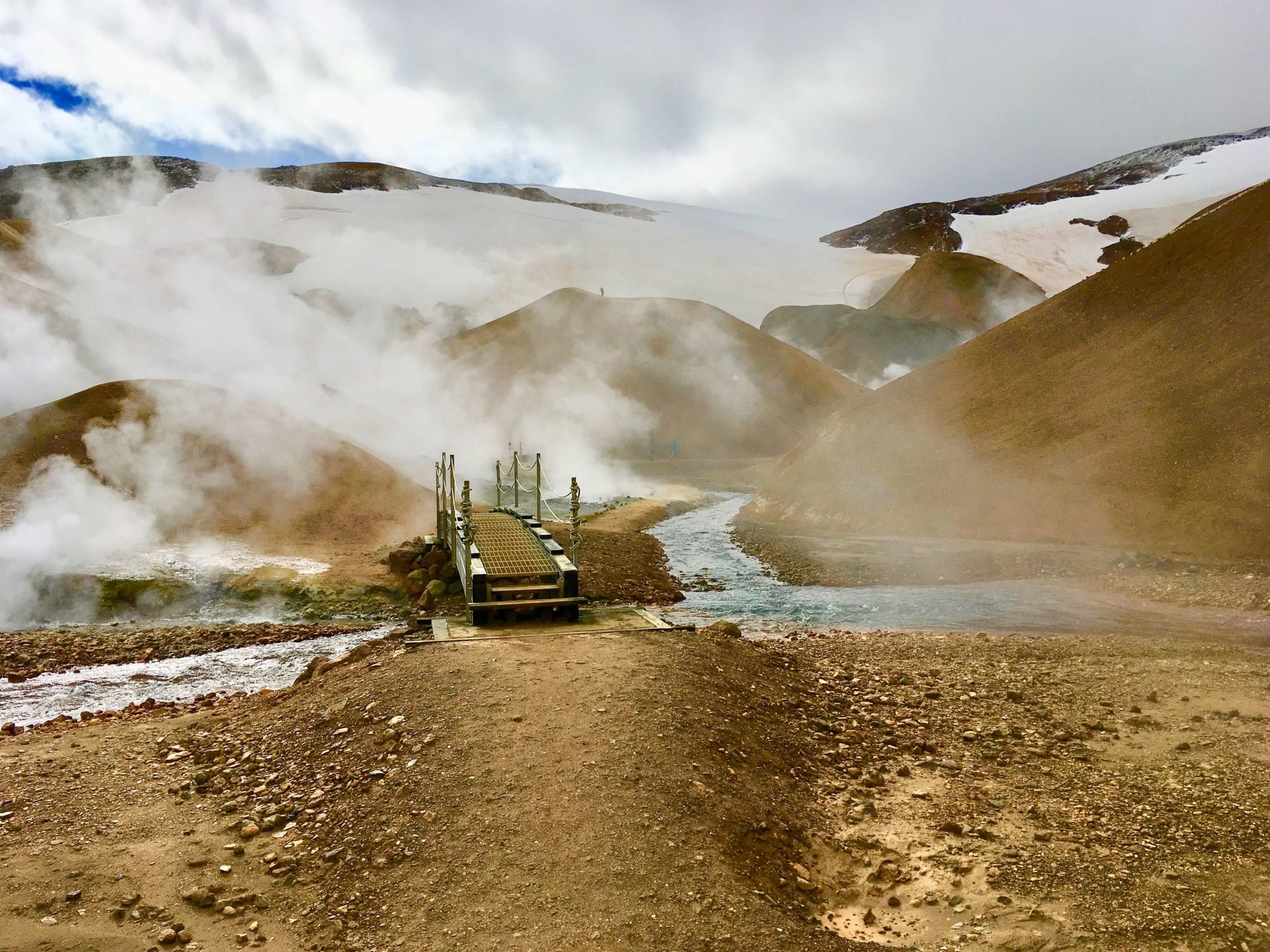
Kerlingarfjöll: Bathe among the trolls!
Named “Old lady mountains”, this highland mountain range tells a tale of an old female troll that went wandering and stayed out a bit too long, which of course spelled her doom. As we’re sure you know, trolls can’t wander under the light of day, and so any troll that feels the rays of the sun instantly turns to stone.
Haven’t you noticed the strange rock stacks and faces in the mountains? Keep an eye out on your journeys here, and you might yet spy an unlucky wayward troll. (The rest of them have gotten the picture, and are well hidden.)
We can imagine that she must have been overwhelmed by the beauty of the place, much as we are! This 10,000-year-old mountain range was formed by volcanic activity way back in the heyday of the trolls and remains a coveted destination because of its rainbow rhyolite mountains, steaming geothermal areas, and incredible lonely vistas.
Hikers love this region for its beauty and remote peace, and snowmobilers love it in the winter for its endless slopes and great powder. (We love it for its natural hot springs!)
Much like Hveravellir, this location is also reachable by traveling the Kjölur or Kjalvegur Route. A 4×4 is recommended for unpaved F road treks like these, but special public transport can get you here as well. And if you’re a winter traveler, we highly suggest joining a tour with an experienced guide.
PLAN YOUR JOURNEY
Travelling to Iceland?
Check our overnight tours with a driver guide that includes a one night stay in a bubble.
*Starting from ISK 59.900 per person
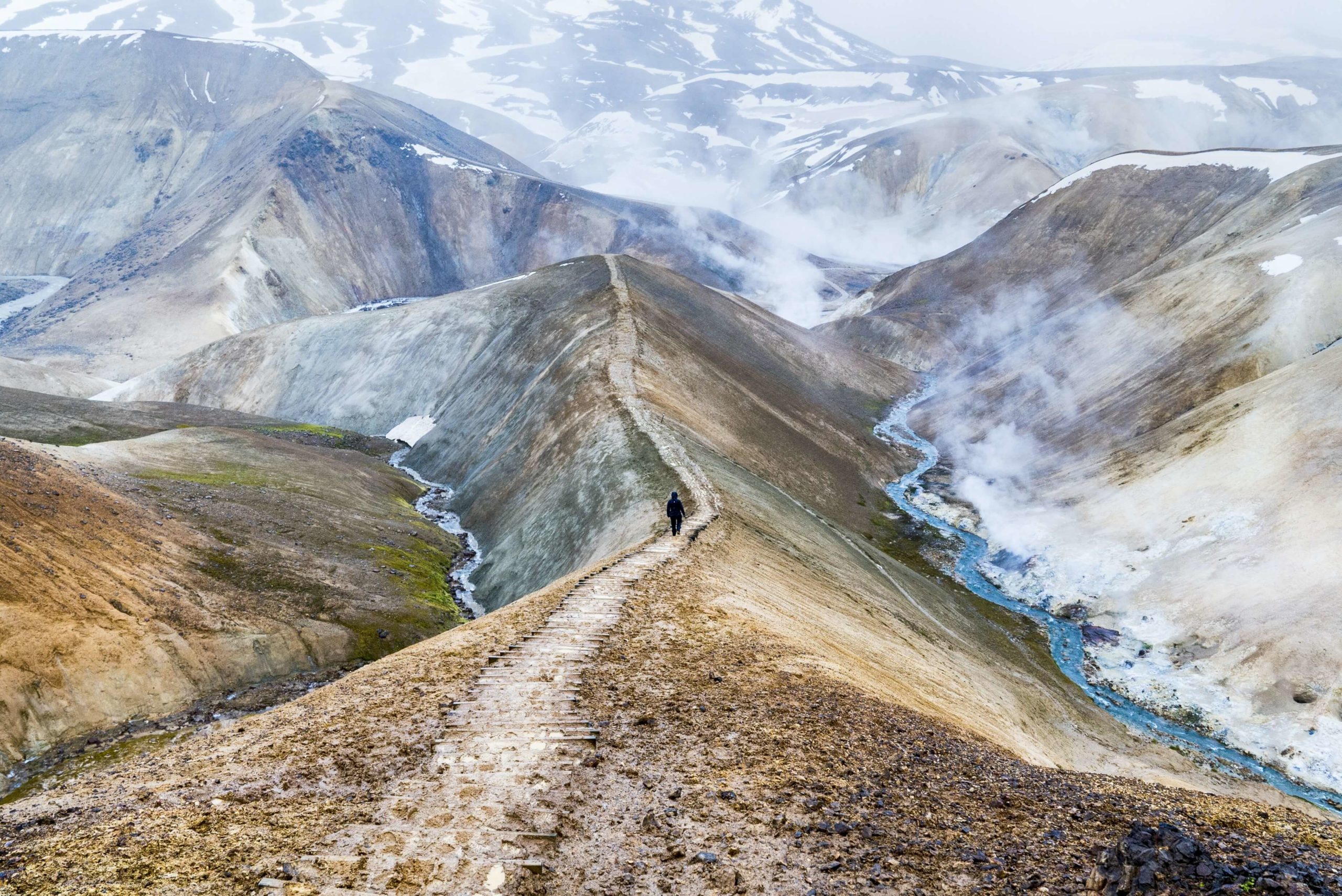
The highlands are their very own planet, so the weather conditions are best interpreted by someone with a few seasons under their belt.
In the summer, however, the highlands open up with mostly clear roads and their colors on full display. Though keep an eye out, you are likely to still find some snow in the mountains even during the height of July. You are, after all, journeying into one of our most magical areas.
There is accommodation and food to be found out here if you can believe it, and a mere 20-minute walk from there lies the Kerlingarfjöll hot spring. A flowing river much like Reykjadalur, you will hike upstream on a marked trail to find a choice spot here, and you will likely have the area mostly to yourself.
You are after all bathing in one of the best hot springs in Iceland, and in all of troll country combined. A rare treat for the intrepid traveler!
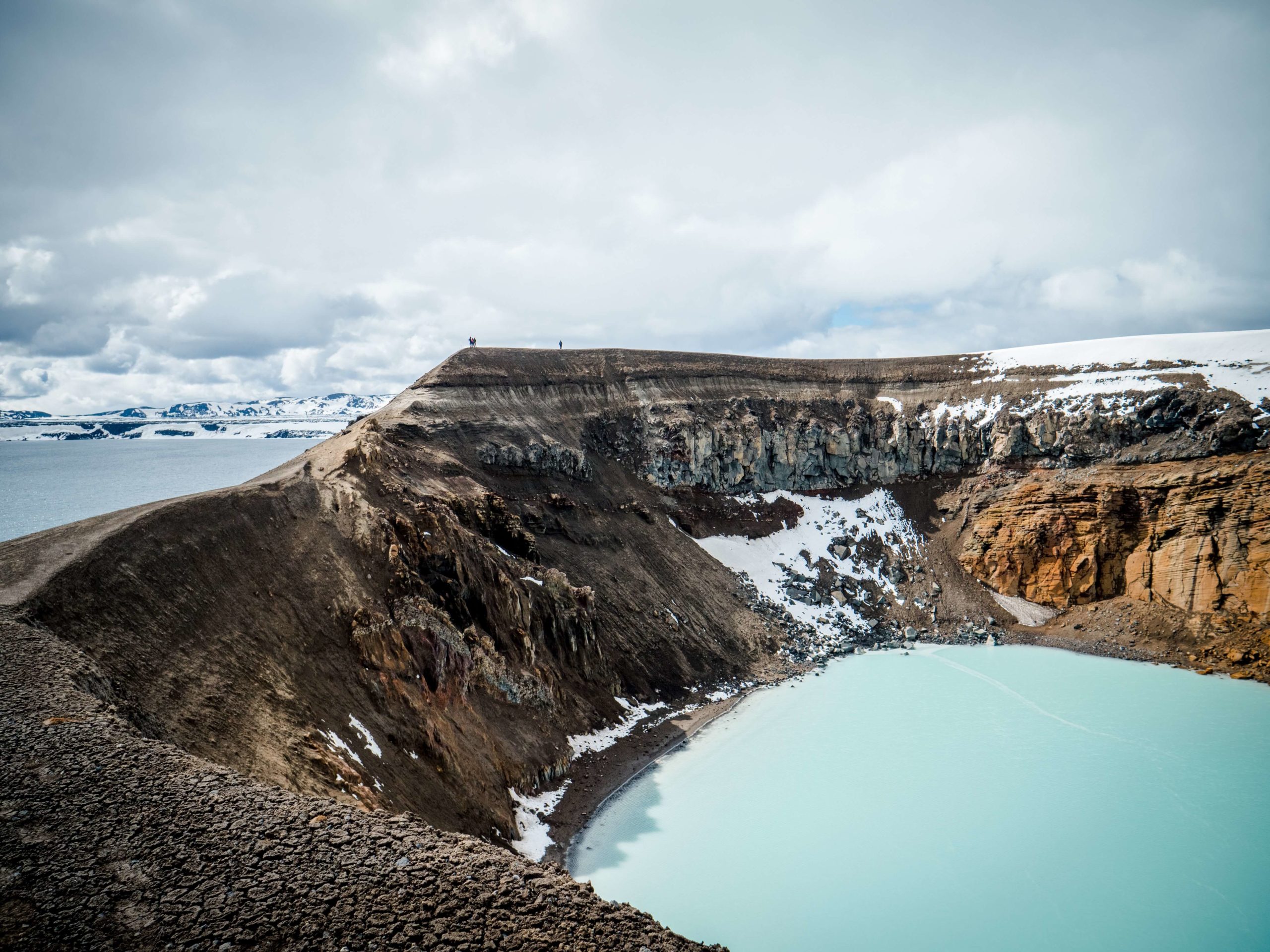
The Víti Crater Lake in Askja: Swimming in the mouth of a sleeping giant
No hot spring list would be complete without the addition of a swimming hole inside an actual volcano crater. Askja is a central highland favorite near the Dyngjufjöll mountains, which is easiest to access via guided tour, but it’s big enough that if you’re driving you are very unlikely to miss it.
In fact, its very name means “box” or “caldera” in Icelandic. This one is certainly a bucket list item for many, and one of the most unusual of the hot springs in Iceland.
Only safely accessible during certain months of the year- Askja has not erupted since 1961. Known for its larger eruption in 1875 that set off a wave of Icelandic emigration, Askja sent ash all over the countryside- and the wind carried it as far as Poland. This is an intensely studied place, however, and it is safe to visit.
Like all areas of geothermal activity, conditions may change at any time and are closely monitored. Depending on the situation at the time of your visit, it may or may not be possible to swim in the crater. It’s always good to check on these things in places like safetravel.is.
To reach the crater, you’ll find yourself trekking through places of year-round snow, colorful lava fields, and many geological reminders of how alive the earth underneath your feet once was, and still may be.
Wondrous though these sights are, they pale in comparison to the milky blue lake at the bottom of the caldera. If the weather is fair, you can attempt the path down into the crater to bathe in the 24°C sulfuric waters. There are no facilities out here, so don’t forget your towels!
Though Askja sleeps for now, you can spin and float in her opaque teal waters and know that she yet lives, bubbling away far under the earth. A swim truly unlike any other.
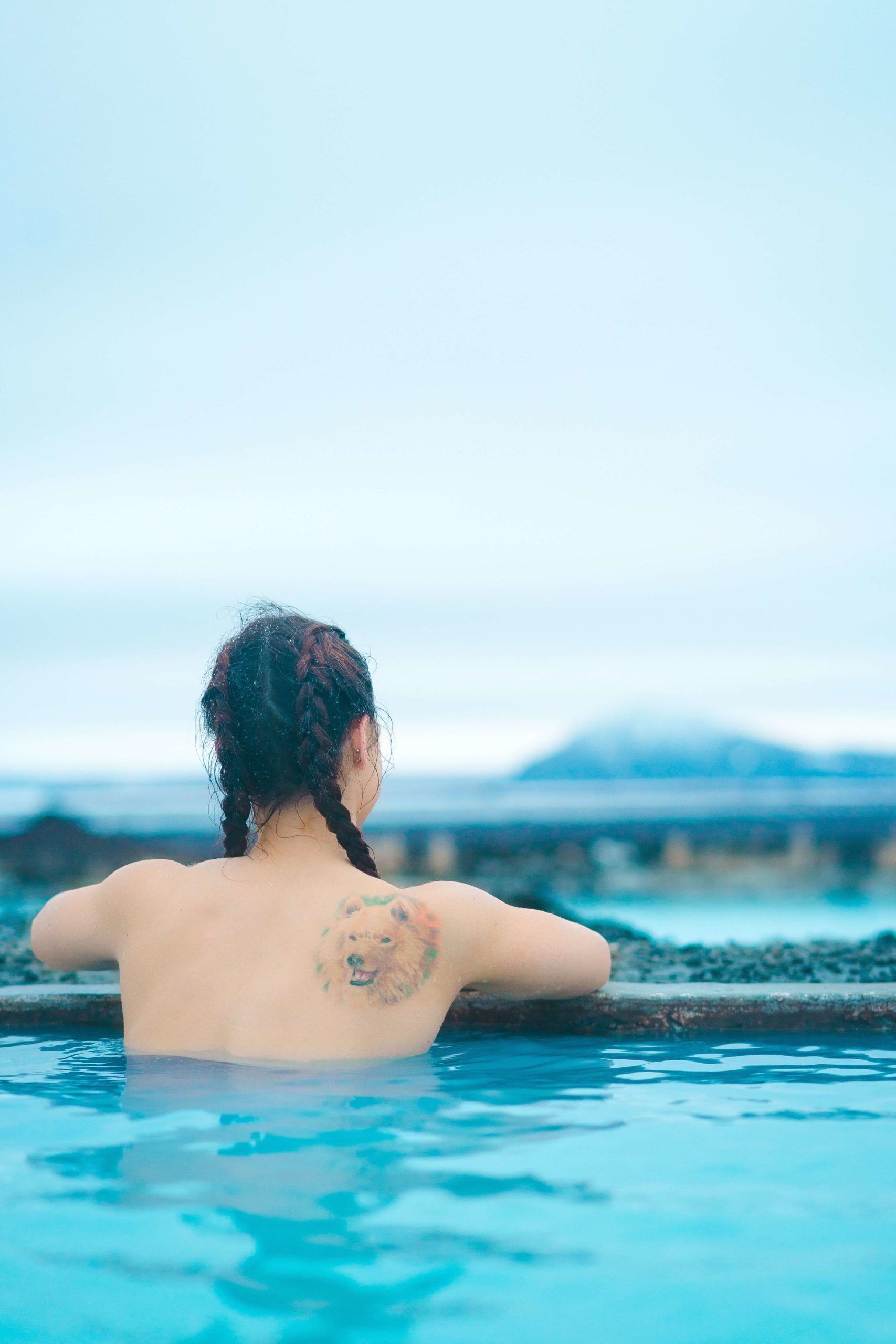
Mývatn Nature Baths: The north country’s favorite lagoon
Like milky blue Askja, the nearby neighbor Mývatn Nature Baths also boasts mineral-rich colorful water- and it’s one of our all-time favorite stops on a self-drive. Situated in a highly geothermal area, the Mývatn region is an incredible place to explore, and a part of the new “Diamond Circle”.
An area of vivid colors, fumaroles, gorgeous endless lakes, and thundering inland waterfalls, this area of Iceland is certainly one to have on your list.
You may even recognize some areas from popular film and television shows, or from popular Icelandic legends. With place names like Dimmuborgir and Drekagil, you can imagine what sorts of dragons must have passed through this place to create the scorched earth and stacks of lava that form it.
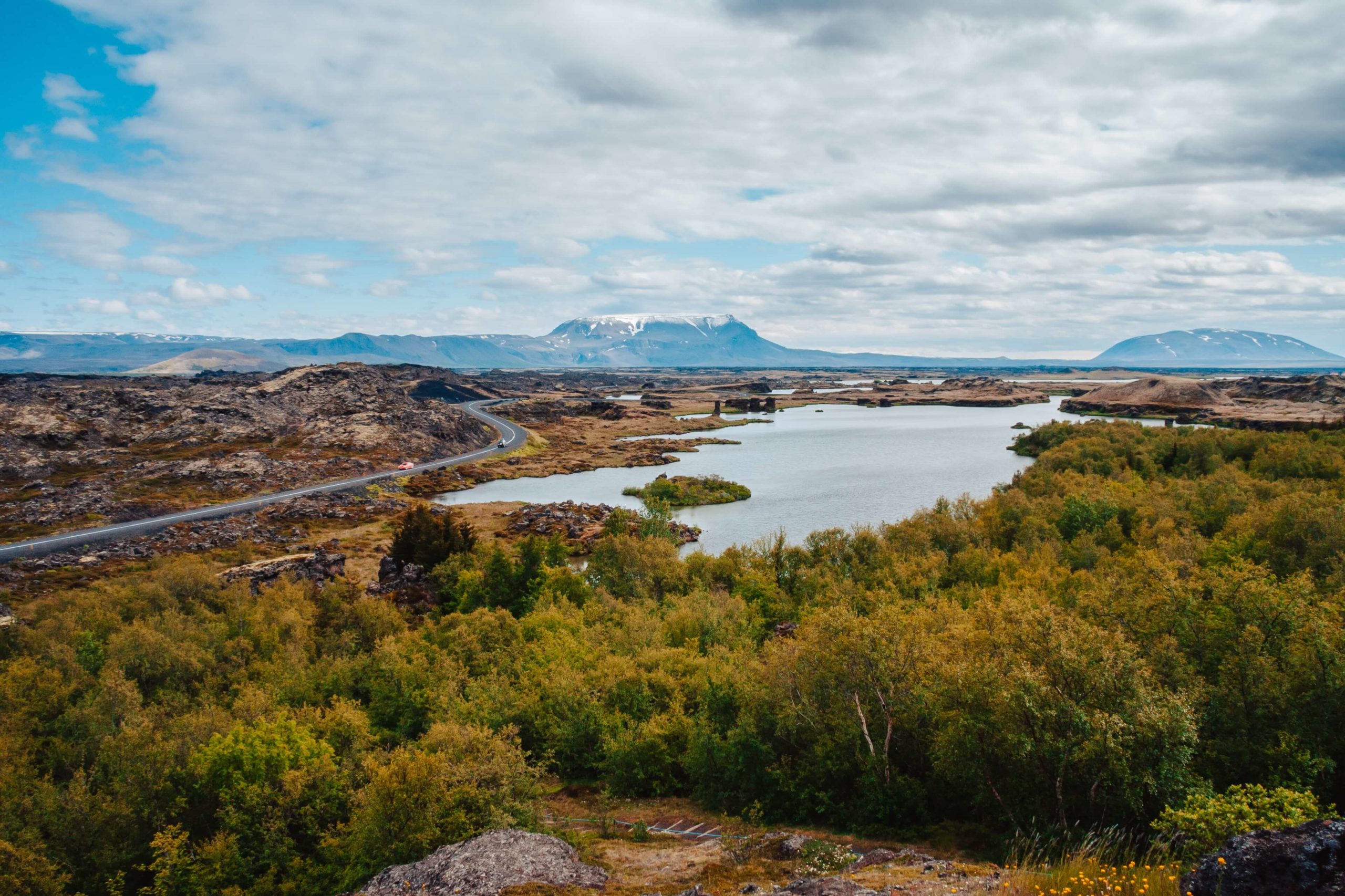
Located conveniently in a designated nature reserve, the Mývatn Nature baths are perfect for those that would rather not hike vertically up a rocky pass to change in the wild. Right off the main paved road, not only do they have a luxurious changing facility and shower area, but they also have a restaurant, facilities for families, and two steam baths.
Unlike the wild hot springs, there is a cost of admission for this experience. These facilities are accessible year-round, and the water is guaranteed to be between 36°C-40°C regardless of the season. The water that fills the lagoon is drawn from nearly 2,500 meters down and is said to be beneficial for a variety of skin ailments due to the high mineral content.
An excellent place to relax and luxuriate, Mývatn is certainly our northern pick for a no-fuss getaway in the middle of some of the most delicate nature that Iceland has to offer.
Landmannalaugar: “The People’s Pool”
Another of the highland natural hot springs, Landmannalaugar is the name of a popular multi-day hiking route in the Fjallabak Nature Reserve of the southern highlands. Known as the gateway for those that want to hike to Þórsmörk in the south, one absolutely must visit to understand the true scale and color of the place that has come to be known as Thor’s valley.
Like a few other geothermal areas, this is another well-known area of colorful rhyolite mountains. Multiple natural hot springs come together to form the warm brook where visitors can bathe. Named “The People’s Pool”, Landmannalaugar primarily draws hikers on their way through the popular summer trek of the same name, and is a true balm to weary muscles.
With waters that can reach up to 40ºC, it is advisable to check the ground before you take off your shoes as the mud can get quite hot in certain areas. The heat is not always evenly distributed, so it pays to be cautious. Especially if you need those feet to hike home!
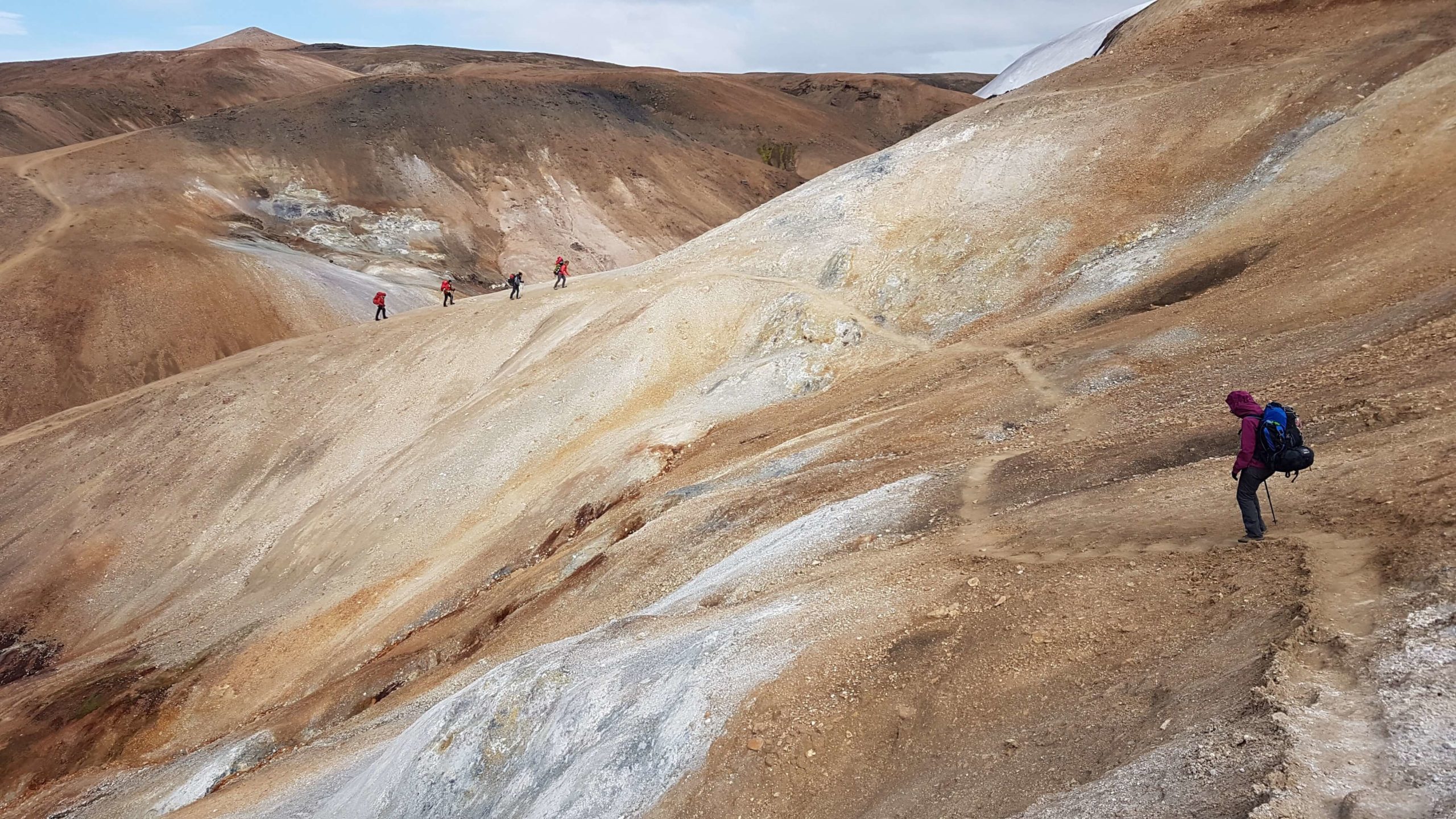
Though Landmannalaugar is located in the sweet spot of the remote Iceland wilderness, there are actually some shelter and showering facilities to be found. The local custom before bathing (be it a city pool or a wild natural hot spring), is to completely shower before entering, when possible.
Of course in some circumstances, there are no facilities, and the custom takes a back seat. But do remember that these are wonders that are loved by many, and so it is expected that you keep the area neat and remove any trash or waste that you may create while visiting.
There are a few different hot springs here that create a natural brook, and because of the delicate ecosystem, it is recommended to use the wooden pathways when walking here. And no matter how dirty you may be after that hike- don’t forget to leave your soap in the showers!
The hot springs are a natural treasure, and we would like to keep them that way for all who wander to enjoy them. May The People’s Pool always remain as such, a pristine hideaway in the rainbow mountains of our diverse highland paradise.
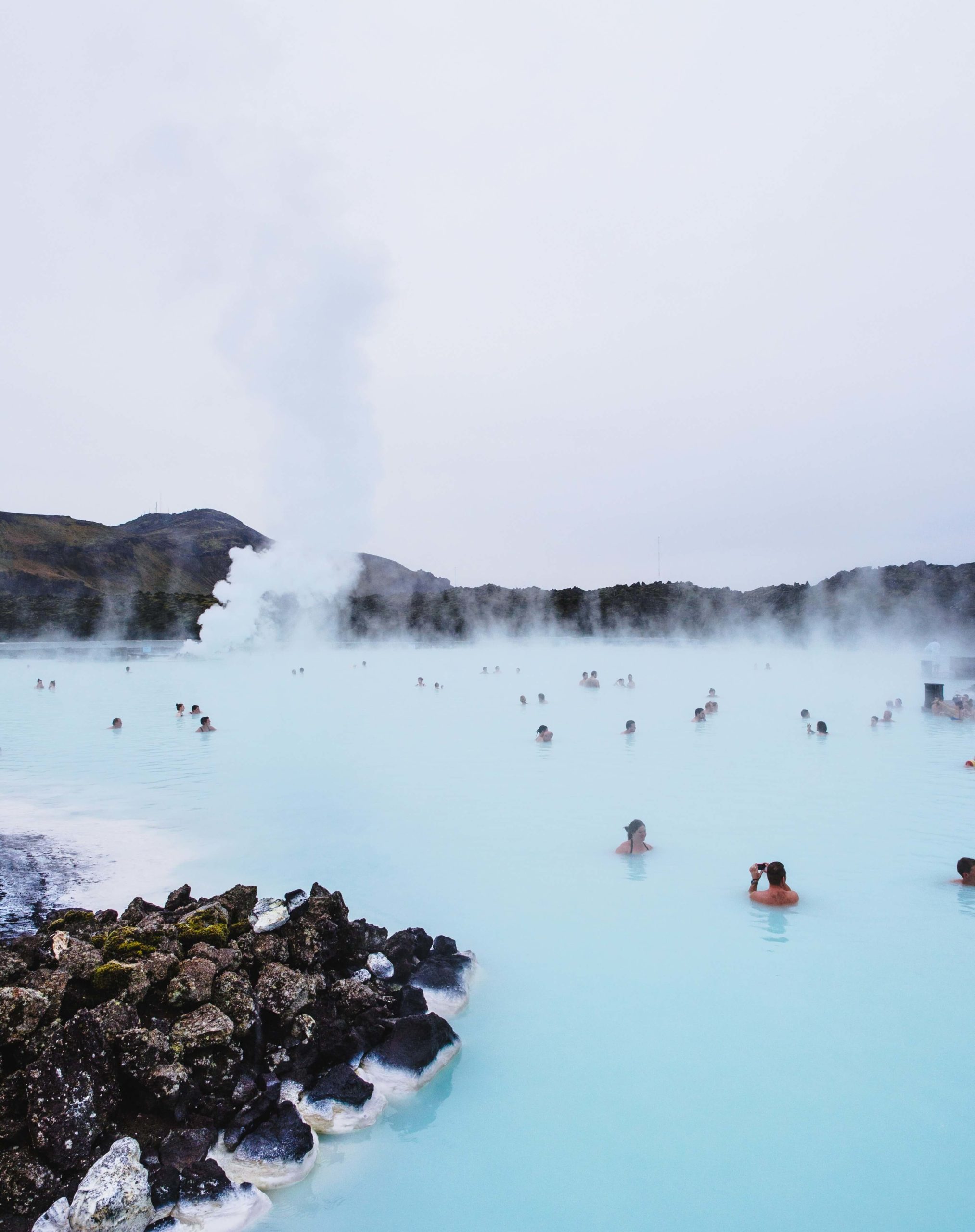
Blue Lagoon: One of National Geographic’s 25 wonders of the world
It would be a massive oversight to complete a list about hot springs in Iceland without mentioning the most famous of them all, the breathtaking Blue Lagoon. The story of the Blue Lagoon begins in the ’80s when local residents started to bathe in the reservoir formed at the Svartsengi geothermal power plant nearby.
The water that came up from the deep chasms of the earth was milky blue and mineral-rich, and people started to notice that bathing in the geothermal seawater had many health benefits- aside from just being a good time. The Blue Lagoon became a topic of much study, and remains so today through their Research and Development center.
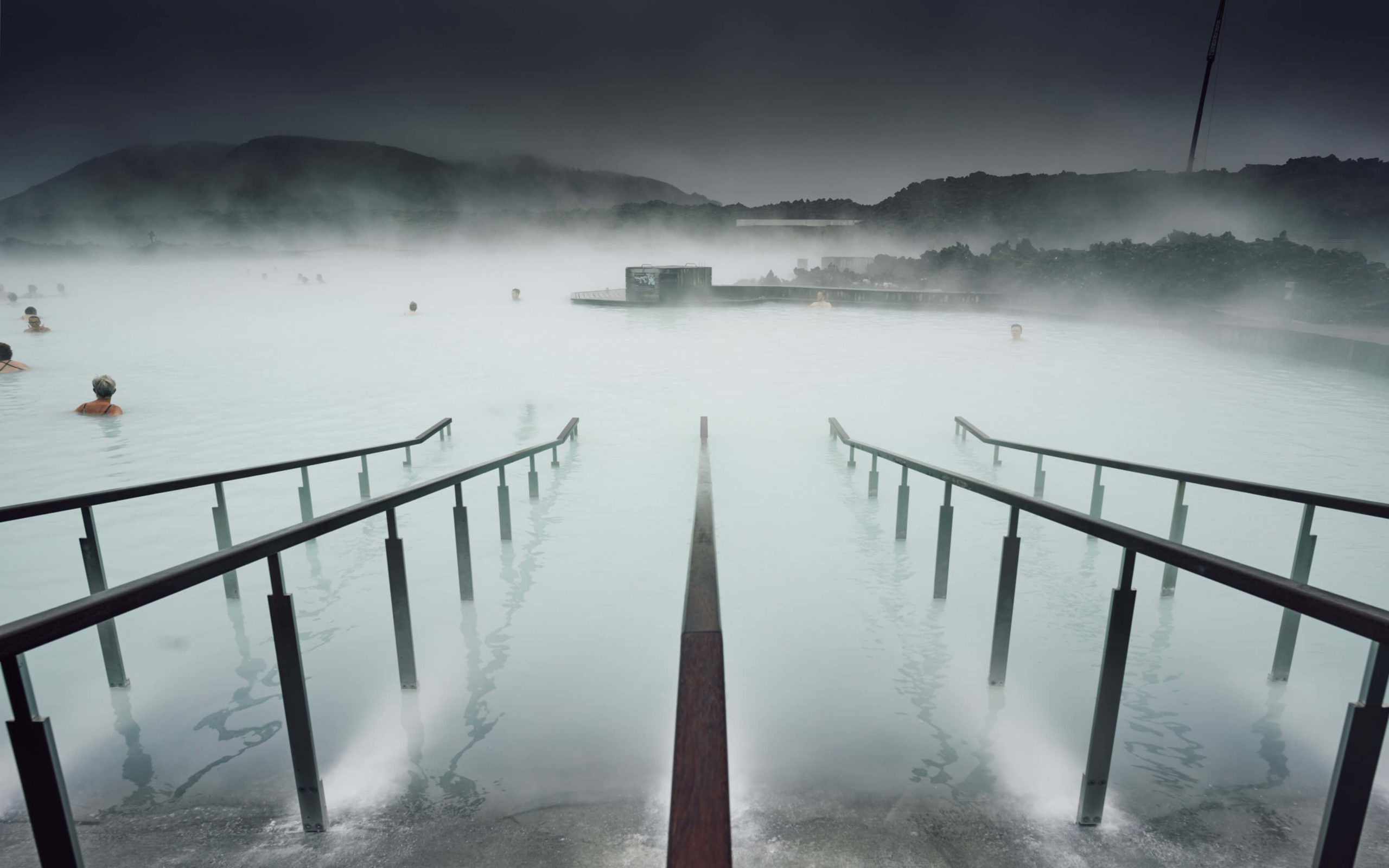
Eventually, the Blue Lagoon we know and love was formed. It has been updated a few times since those halcyon days, but remains true to the mysterious pool of sky blue wonder that it always was.
Located in the Reykjanes peninsula in between the Keflavik airport and our brand new live volcano, the Blue Lagoon is easy to access and sits right at the doorstep of a whole region of awe-inspiring exploration and protected geothermal areas.
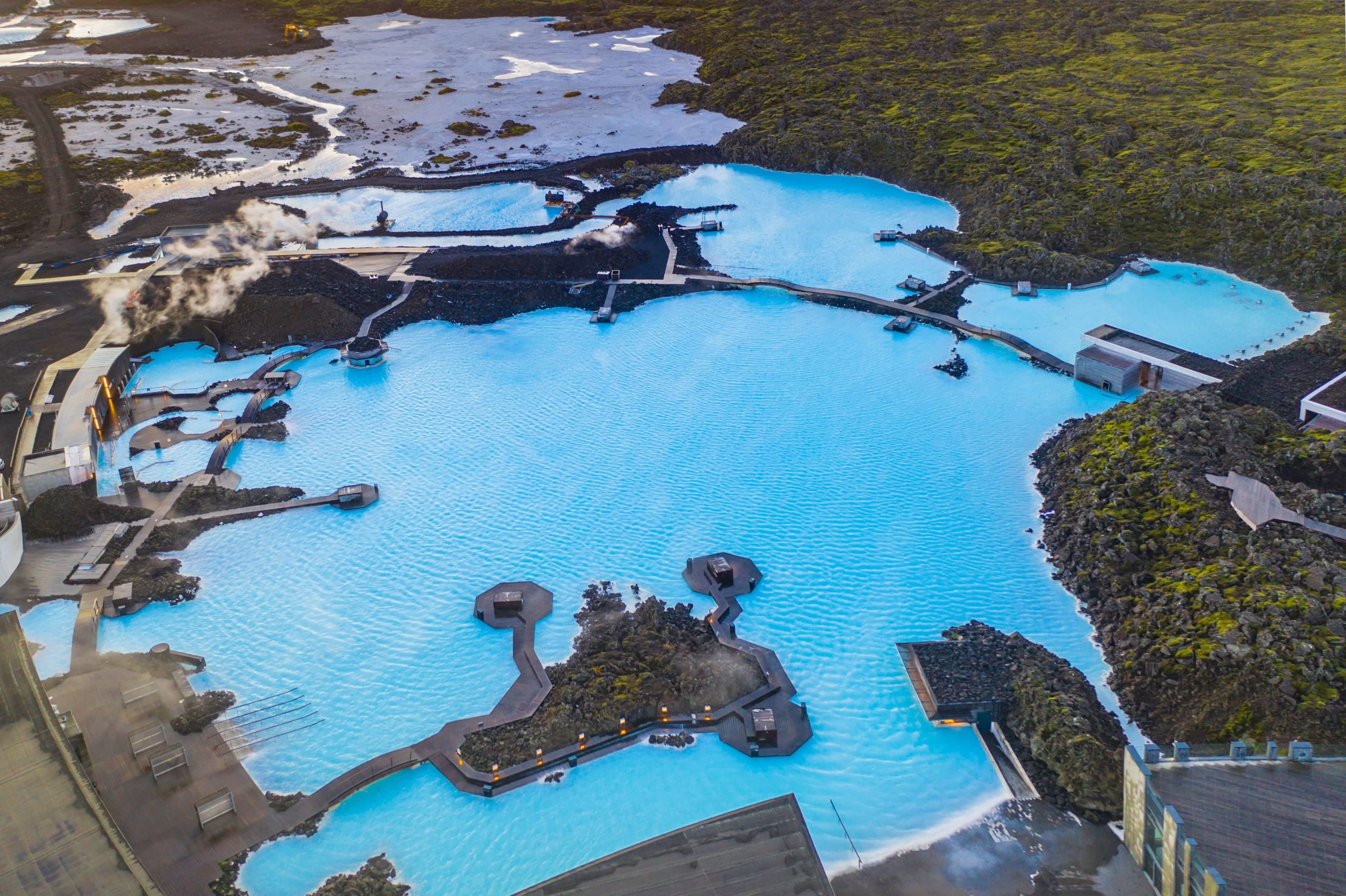
Access to the Blue Lagoon does require paid admission, and this process happens by way of package selection, so that you can choose the lagoon experience you are the most interested in having.
Whether that be a dip and a jaunt through the moss field, or a fluffy bathrobe and private floating water massage affair, there are a multitude of choices there for you.
You can hang out in the stone grotto, or swim up to your neck while the crisp Icelandic wind kisses your face, or get a drink at one of the watering holes in the lagoon. (Big fan of the skyr smoothies, myself.)
Try out the silica and algae masks that the lagoon is famous for and grab a first-class meal in your bathrobe at the LAVA restaurant on your way out! Blue Lagoon has something for everyone, and it’s a gorgeous place to visit.
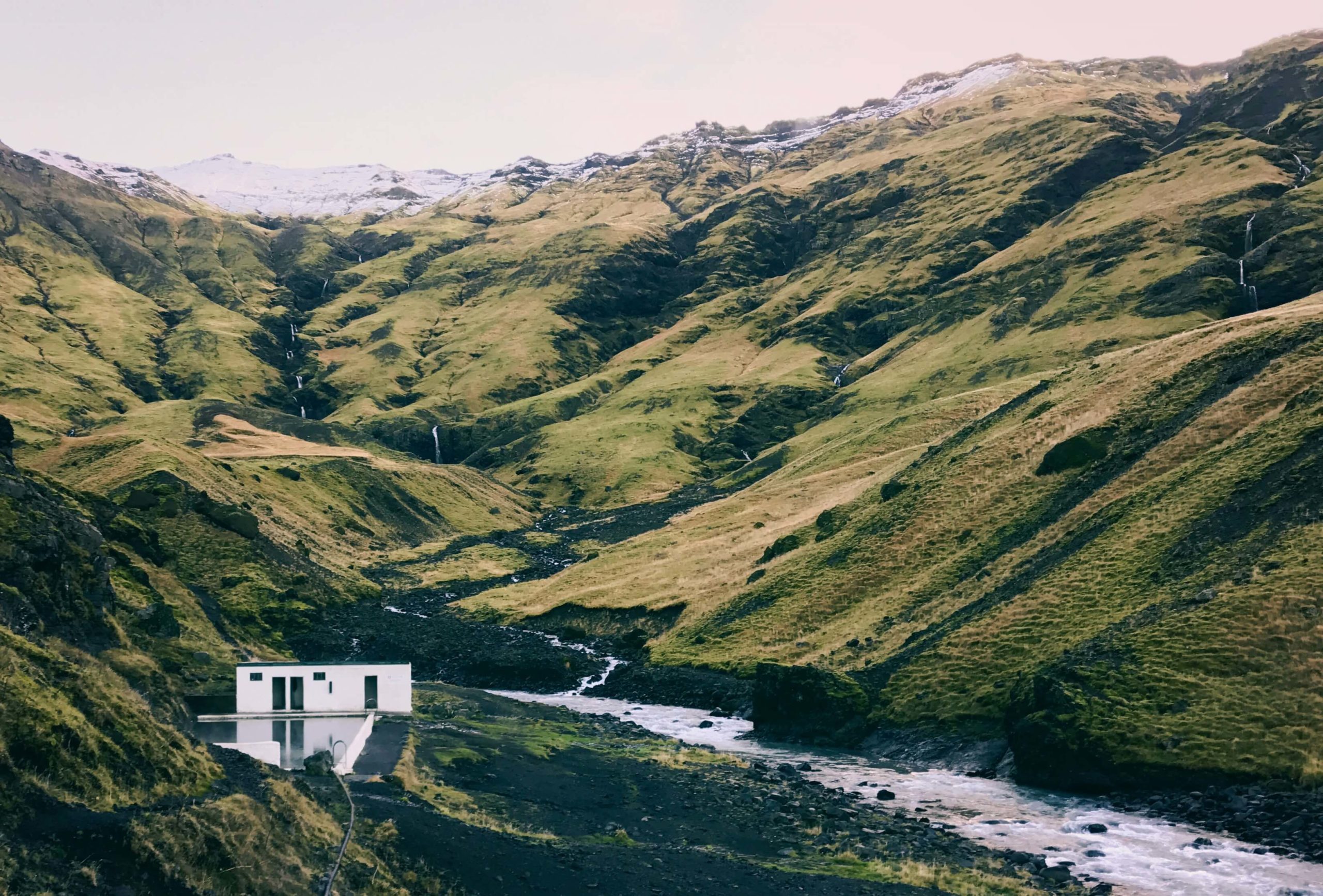
Seljavallalaug: the hot spring in the mountains
Often called one of Iceland’s oldest pools, (and sometimes confused with the Secret Lagoon for this reason) Seljavallalaug is a bit more traditionally shaped than some of the more natural hot springs on our list. Located near Seljavellir and Skógafoss on the south coast, this is a fairly straightforward stop as far as hot springs in Iceland go.
Fed by a geothermal hot spring like the others, Seljavallalaug has a border built around it that joins it to the mountain. This gives it a more man-made appearance in some respects, which the border wall itself of course is. But the natural hot spring is a gift of Iceland alone. (And the mountain that makes up one entire side of it!)
Though there are some small changing rooms on-site, there are no facilities or shops at the location itself. This is a wild place on private land that is graciously open to the public, and it is good to note that there are no lifeguards on duty, and the road is only partially paved.
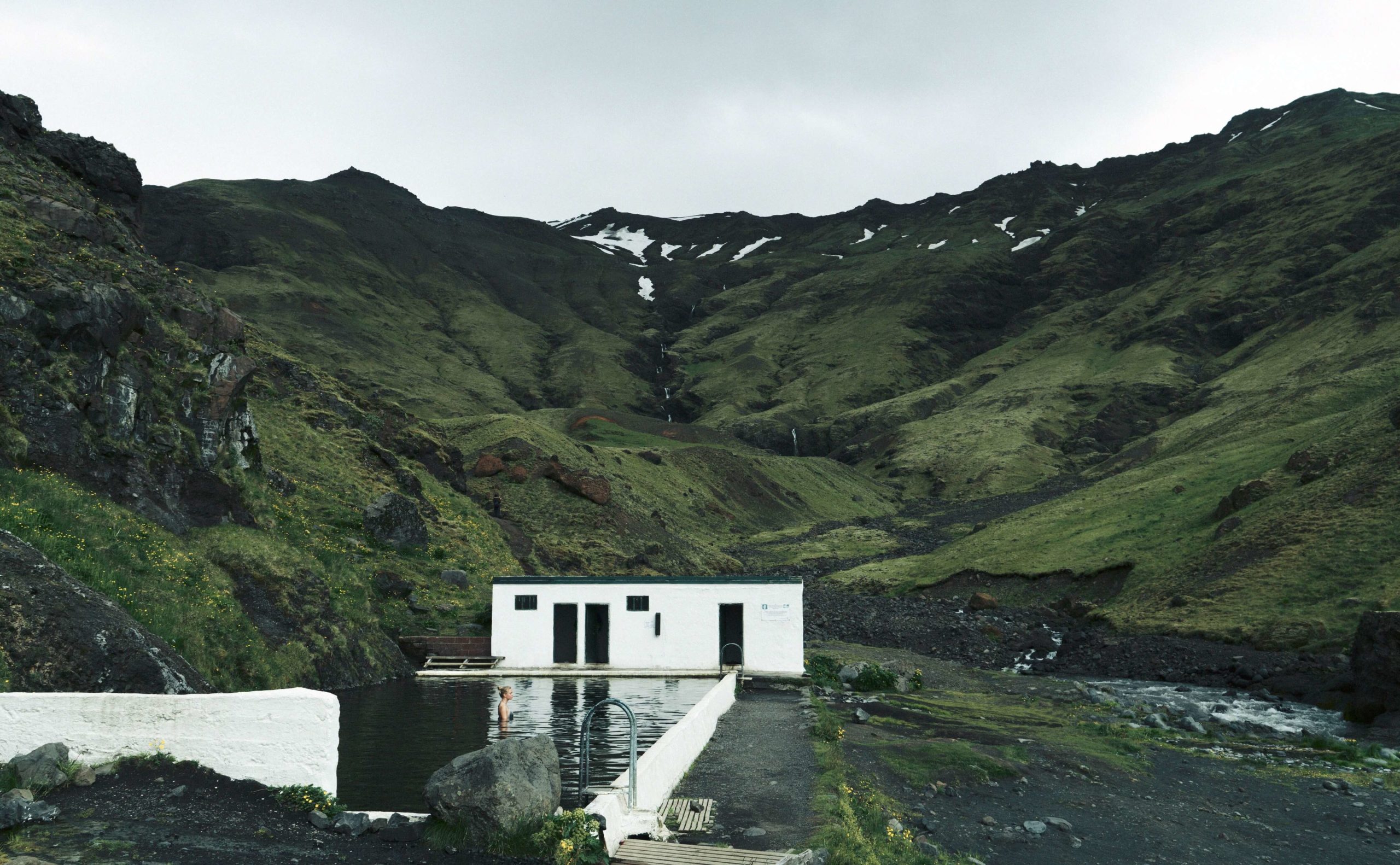
There’s a short walk from the parking spot to the actual pool, but it is open 24 hours a day and there’s no admission to take a dip. The pool is constantly fed by the spring, and so the water cycles out on its own- maybe even slightly filtered or enhanced by the bright green algae and the remaining ash from nearby Eyjafjallajökull. But tucked away in the embrace of the mountains like it is, with a fresh mist hanging softly above it, it truly does feel like a place from a dream.
A magical place for a northern lights soak or a midnight sun dive, Seljavallalaug is a historical slice of old Iceland waiting for you in the great southern mountains below the glaciers. A pool that taught many locals how to brave the waters at sea, this is a great spot for a serene photo, or just a calm unwind at the end of a long day. (Or both!)
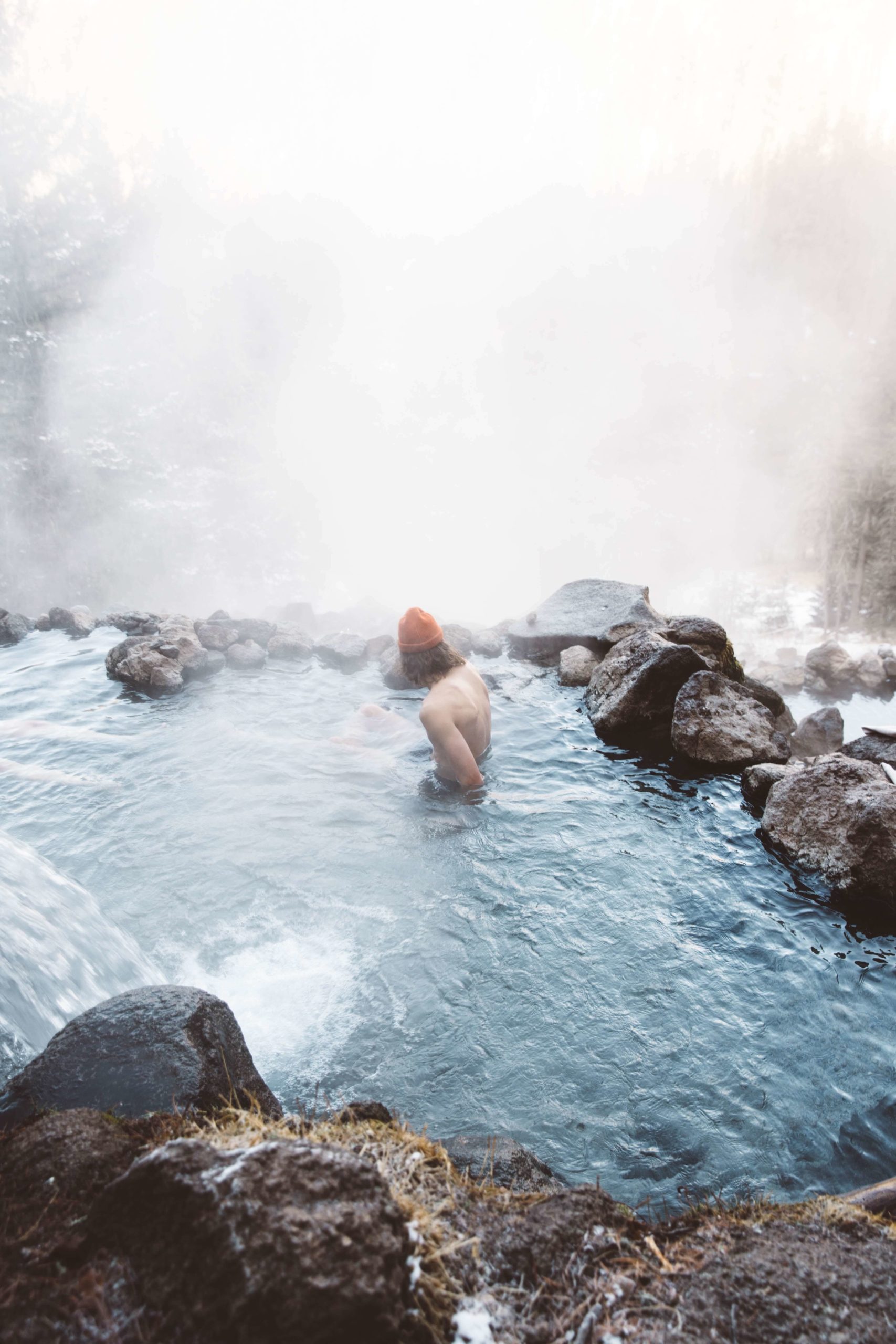
Landbrotalaug: Journey to the center of...Snaefellsnes!
This old favorite of ours is located on the scenic peninsula of Snaefellsnes, just two hours north of Reykjavík, and hosts two of the most romantic and remote hot springs yet. In the back fields of a long-abandoned farm, there are two small hot pots bubbling and waiting for you amongst the memory of residents past.
You’ll know you’re in the right place once you’ve found the farm “Skalg” sitting high and lonely on a hill after passing the Eldborg crater on the left. They’ve even gone and put up a sign for you, reading “HEIT LAUG” or “HOT SPRING”. You can leave your vehicle after this point and walk on down to find the pools.
When you find one, you’ll notice that there is a pond separating them, and you’ve got your choice of walking around it, or going straight through it on a tiny path of rocks placed by an intrepid adventurer before you. (I would walk around, but I’m a fan of sturdy pathways and dry socks.)
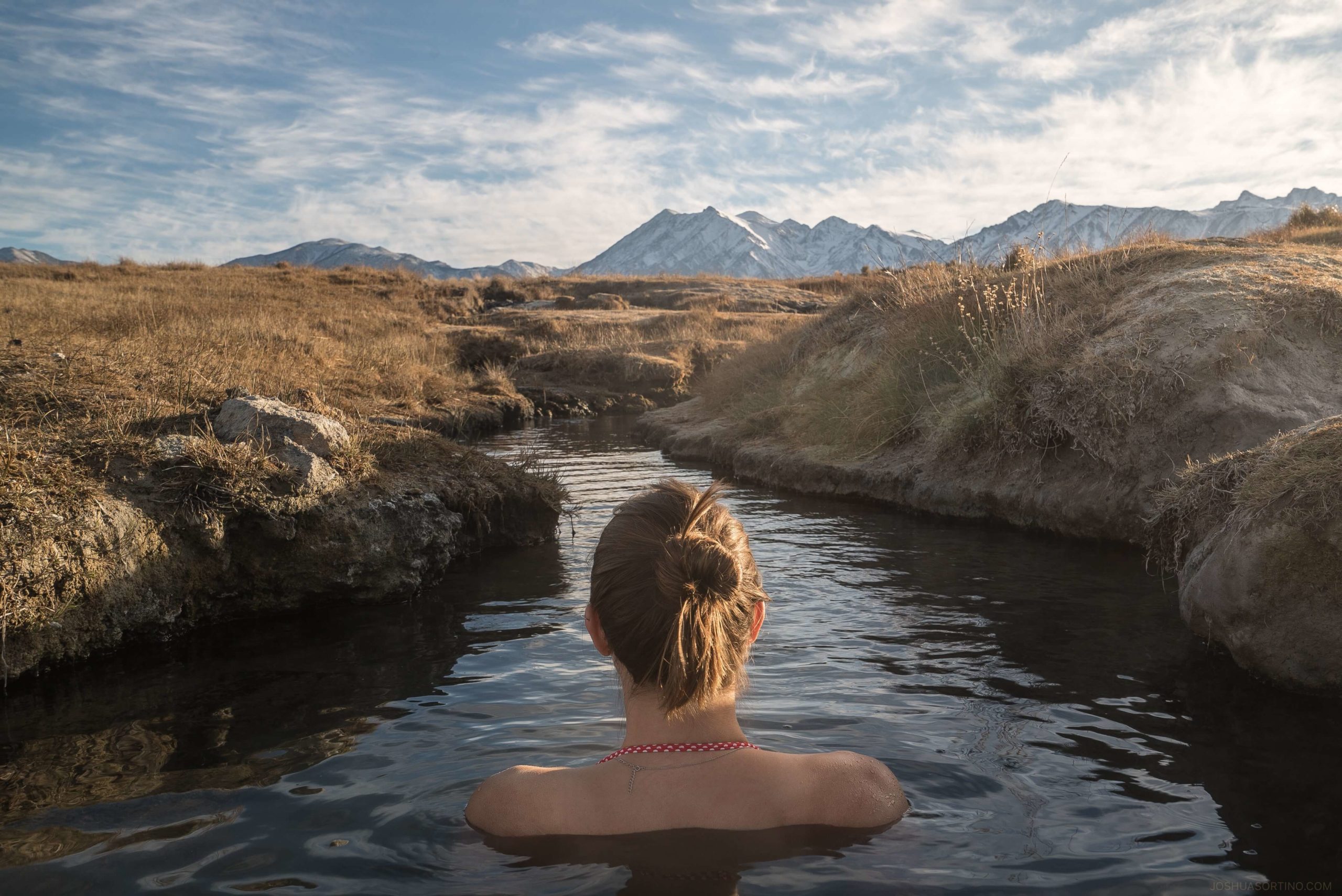
The first hot spring is fed by a pipe and is fairly shallow. The other is deep enough to cover you likely to your chest or neck and is the warmer of the two.
Though this is fairly unchallenging terrain, it is also rocky- so use caution while traversing the paths to the hot springs, as there are few places out here to go for first aid. (There are also no changing facilities out this way, so like many of the more remote hot springs in Iceland, you’ll have to come dressed or get creative out in the open air. At least you’ve got a nice warm hot spring waiting on you!)
The warmer and deeper of the two hot pots is just barely hidden by a small rock wall, which helps a bit with the possible wind, and of course, with the privacy.
Hopefully, you’ll be able to grab a moment alone, and maybe some northern lights if you’re here at the right time. This is a small little pool, perfect for the kind of quality time you might be looking for if you’ve brought someone special with you. Don’t worry- you can always take it back to the Bubble later.
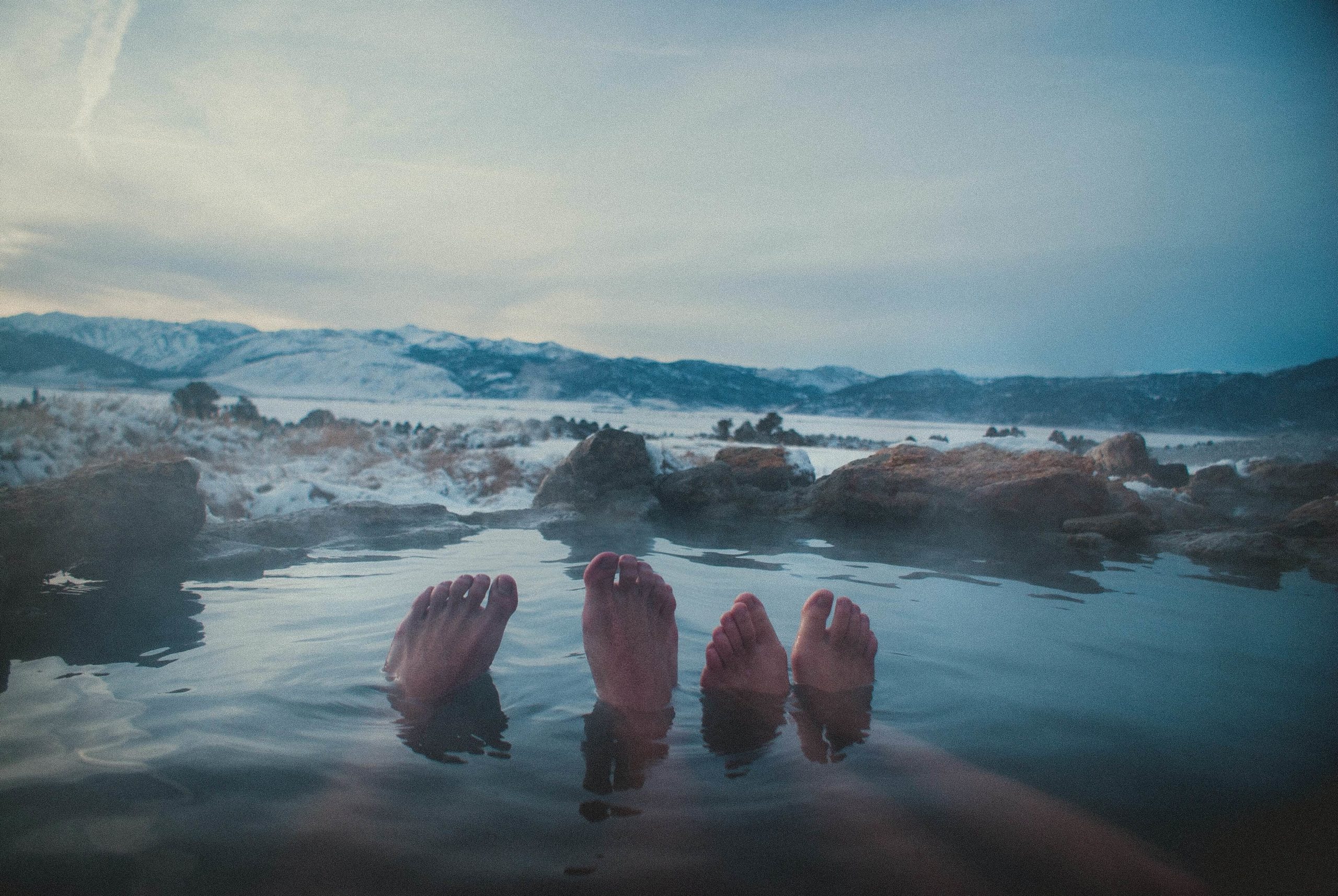
Where the hot springs flow
This of course is not an exhaustive list of the hot springs in Iceland. Because of the nature of this volcanically formed and seismically manipulated landscape, new natural details are being revealed and created all the time.
The hot springs that you have loved the most on your past visits are always susceptible to change, and so every chance that you have to take a dip is worth the effort.
Beyond this, there are heated pools in nearly every town, and geothermal spas throughout the countryside with uniquely shaped baths and even barrels of heated beer that you can dive into!
Let us know what some of your favorite hot springs are, or what you’d like to hear about next!
PLAN YOUR JOURNEY
Travelling to Iceland?
Check our overnight tours with a driver guide that includes a one night stay in a bubble.
*Starting from ISK 59.900 per person
10 of our favorite Icelandic beers
10 of our favorite Icelandic beers
By Taylor van Biljon
When you’re kicking back in luxury in one of our private Bubbles- nothing chases the Northern Lights quite like a cold Icelandic beer.
10 of our favorite Icelandic beers
By Taylor van Biljon
When you’re kicking back in luxury in one of our private Bubbles- nothing chases the Northern Lights quite like a cold Icelandic beer.
10 Icelandic beers was no small feat to choose- because Iceland is full of artisanal microbreweries, beer pubs, and culinary treats for any palate. So instead of ranking them outright, we’ve chosen a few special favorites, that any beer enthusiast should seek out on their Icelandic adventure.
Because what goes better with relaxing, than a cold Nordic brew?
1. Lava (Smoked Imperial Stout 9.4% ABV) - brewed by Ölvisholt Brugghús, Selfoss
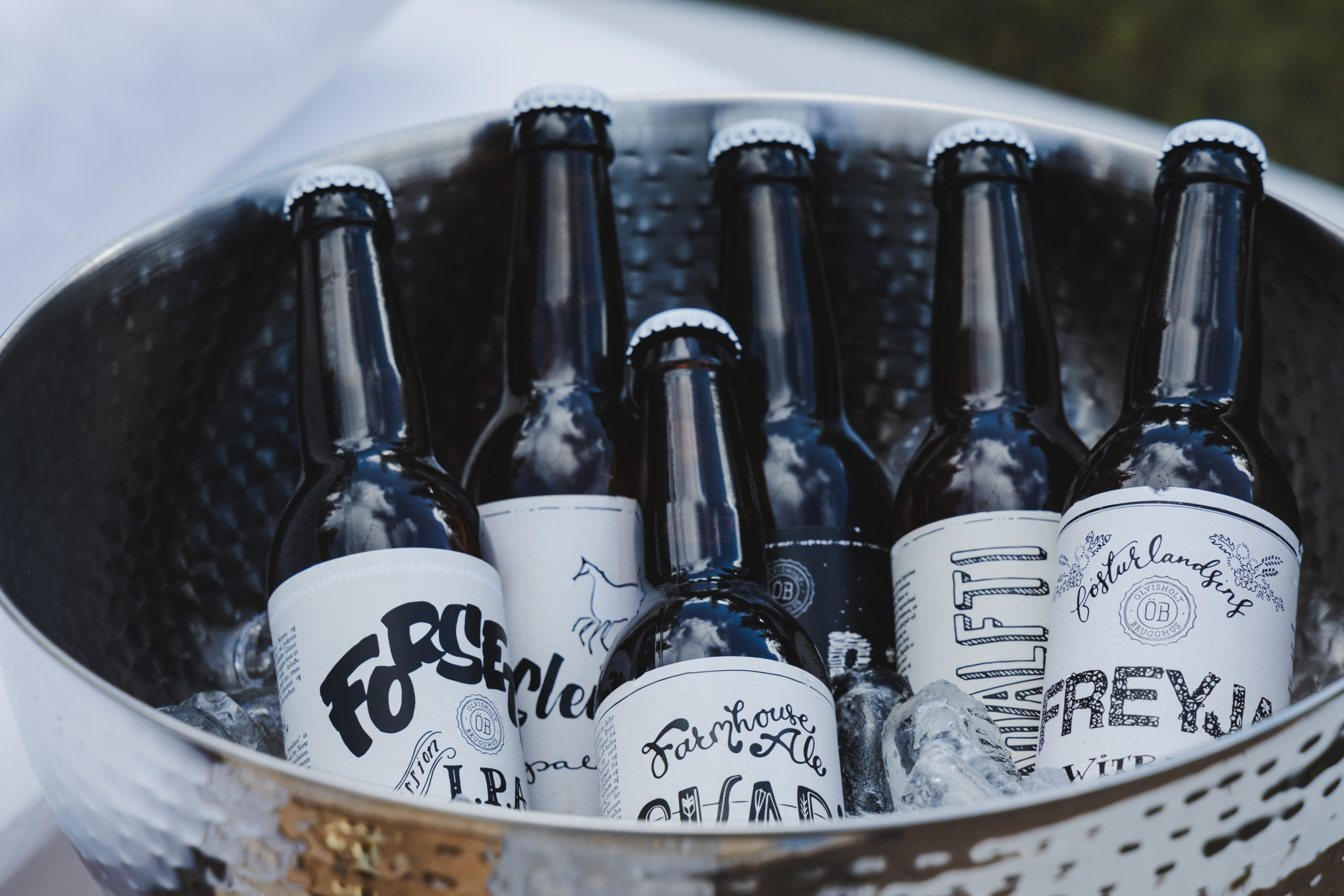
This old dairy farm was repurposed into a microbrewery by two farmers with a passion for good brews. Because of that passion- you can enjoy this and many of their other beers right outside of your own Bubble, as they’re just in our backyard! Make sure to book ahead to tour the brewery, and walk right over to try one of their award winning brews.
One of our favorites is Lava, a smoky black beer with a thick brown head, named for the slumbering Hekla volcano that you can see from the brewery, and the Bubble. With delicacies like this, it’s not a stretch to say that they’re our favorite neighbor.
(Don’t have room in your schedule for a brewery visit? Add our “little treat” package to your booking and we’ll have 6 bottles of Ölvisholt deliciousness chilled and waiting for you in your Bubble!)
2. Icelandic White Ale (Wheat Beer/Witbier 5.2% ABV) - brewed by Einstök Ölgerð, Akureyri
On a quest to make the best white ale of all time- the Icelandic White Ale by Einstök was born. This brew brings hints of coriander and orange peel to the table, along with rich Bavarian noble hops. This beer has brought home many awards, including Double Gold status at the 2018 New York International Beer Competition, not to mention Einstök’s “Iceland Brewery of the Year” award, which is high praise in a country with so many brewmasters.
Brewed just 60 miles south of the Arctic Circle, all of Einstök’s ice cold brews taste great from the warmth of your own Bubble, wrapped in a frosty Icelandic night, counting endless stars.
PLAN YOUR JOURNEY
Travelling to Iceland?
Check our overnight tours with a driver guide that includes a one night stay in a bubble.
*Starting from ISK 59.900 per person
3. Nr. 8.2 Surtur (Imperial Stout 14.5% ABV) - brewed by Borg Brugghús, Reykjavik
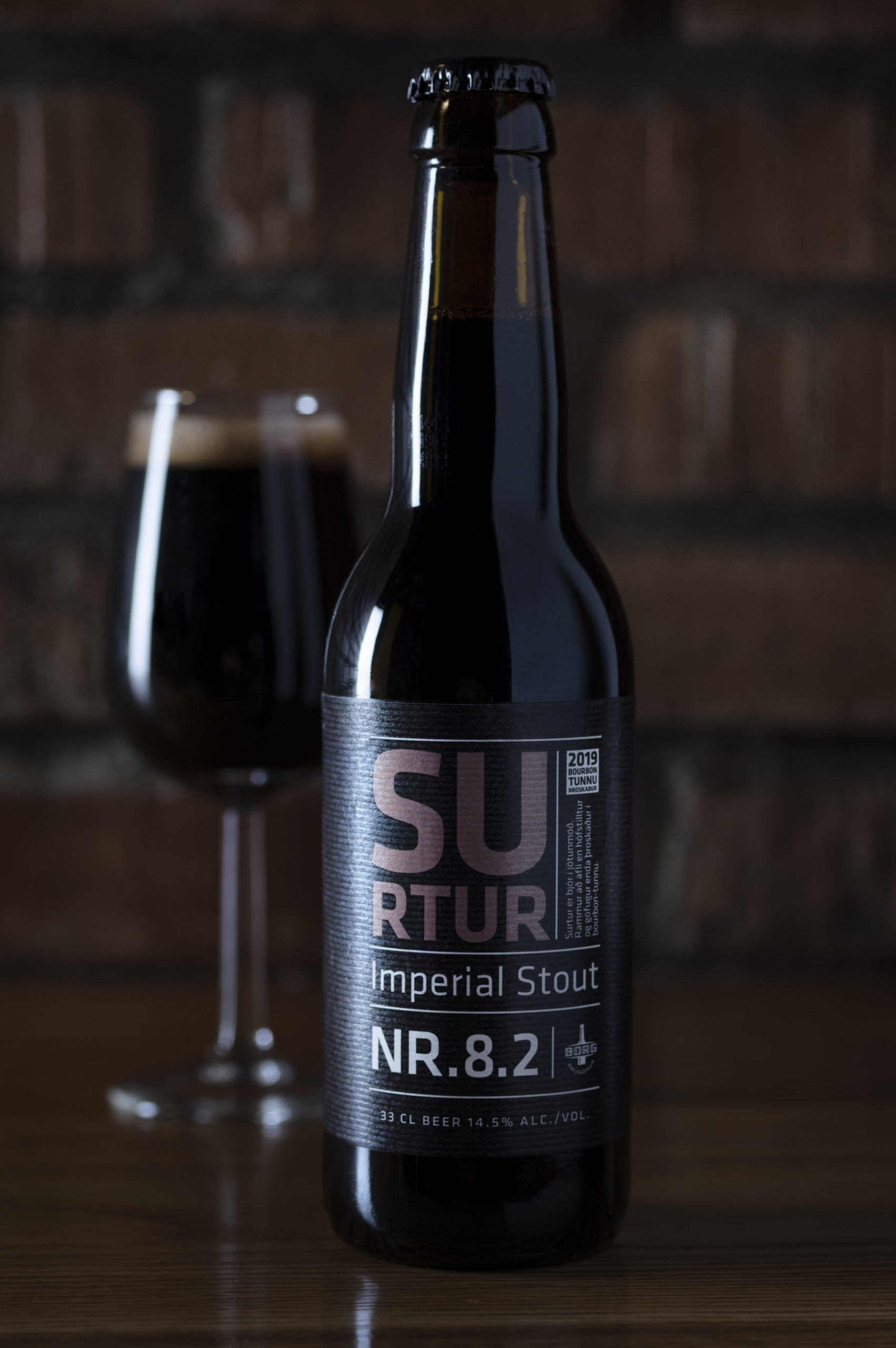
Named for Surtur, who is said in ancient text to come from the south, wielding a flaming sword to end the world in Ragnarök. This rings true, as this Surtur comes from Borg Brewery in sunny Reykjavik, and may be the end of your searching for Imperial Stouts! Wielding undertones of burn sugar and fire roasted corn, we chose this Surtur for its aging process in bourbon casks.
An award winning favorite, there are multiple Surturs (you will know them by the numbers on the label), and each tells a different tale. While you recline in undisturbed peace in your Bubble- see if you can try them all! (And report back on your favorite- we might need the info to resolve a few discussions.)
4. Kaldi Blond (Pilsner/Czech 5% ABV) - brewed by Bruggsmiðjan Kaldi, Árskógssandur
Kaldi is a classic, and happens to be one of the most sold bottled beers in all of Iceland, so you know we’re drinking it. This was the first blond brew to come out of Bruggsmiðjan Kaldi, so it is a bit special to us. Brewed in the Czech Pilsner tradition, Kaldi is labeled this way, but can also be described as a Lager. Made from pristine mountain spring water in northern Árskógssandur, Kaldi is one of the first microbreweries to begin on our little island. Pick up a Kaldi in any bar, and don’t forget to bring a few back to the Bubble, like a true Icelander!
5. Víking Gylltur (Lager/American 5.6% ABV) - brewed by Víking Brewery/Vifilfell, Akureyki & Reykjavik
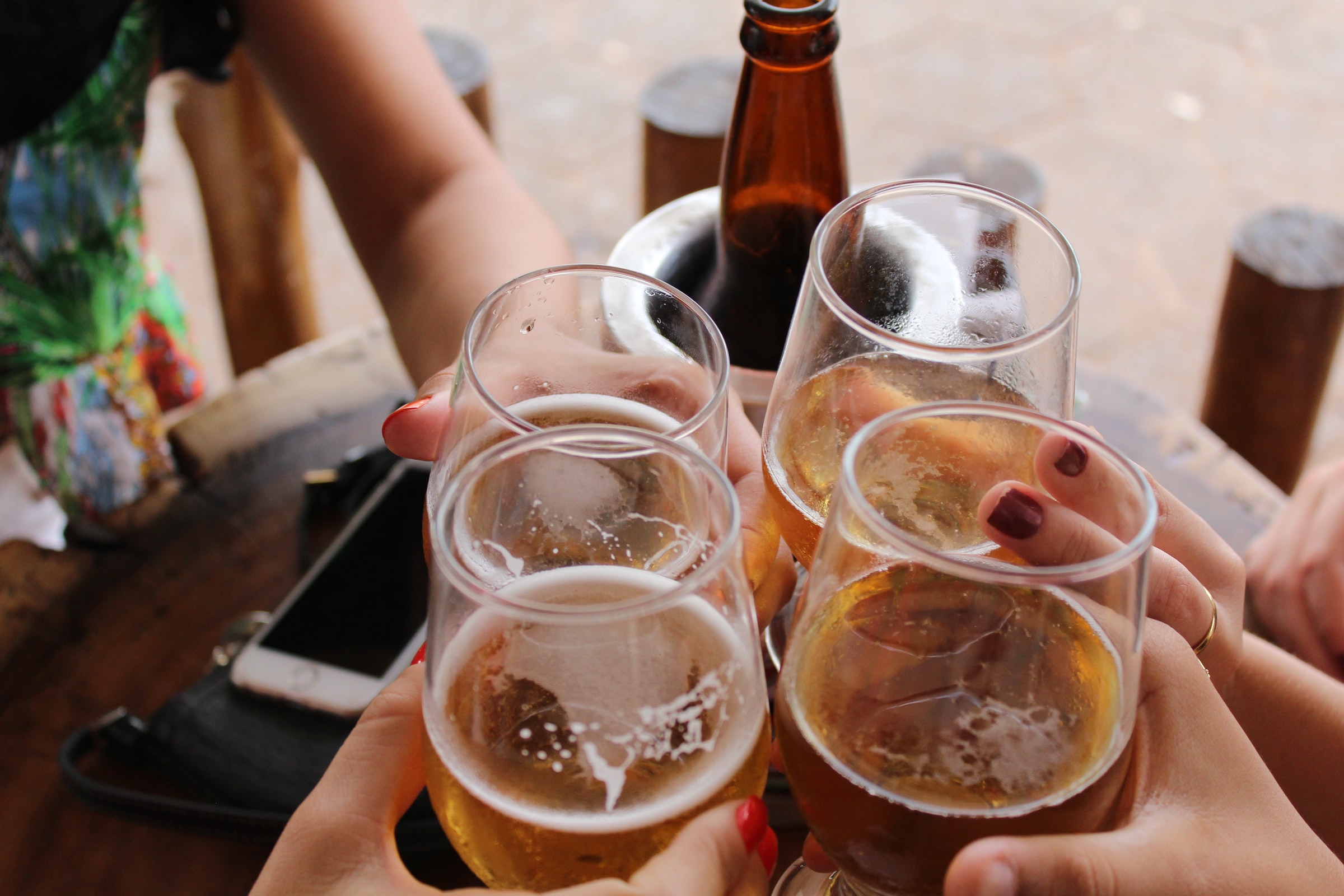
Picture it- you’re at the bar in a busy little Icelandic pub, looking over the taps, and everybody’s got a frothy golden pint of Víking. Is this lager a rare find? Perhaps not- but it IS the true Icelandic experience of nights out, nights in, and all other manner of memory. Kick up your feet like a local and give thanks- for Víking is not only available on tap in your favorite watering hole- it’s also available to go from the nearest Vínbúðin! And just like a true Víking from the tales of old- it gets the job done, and comes home golden.
6. First Lady (IPA/American 5.7% ABV) - brewed by Lady Brewery, Reykjavik & South Iceland
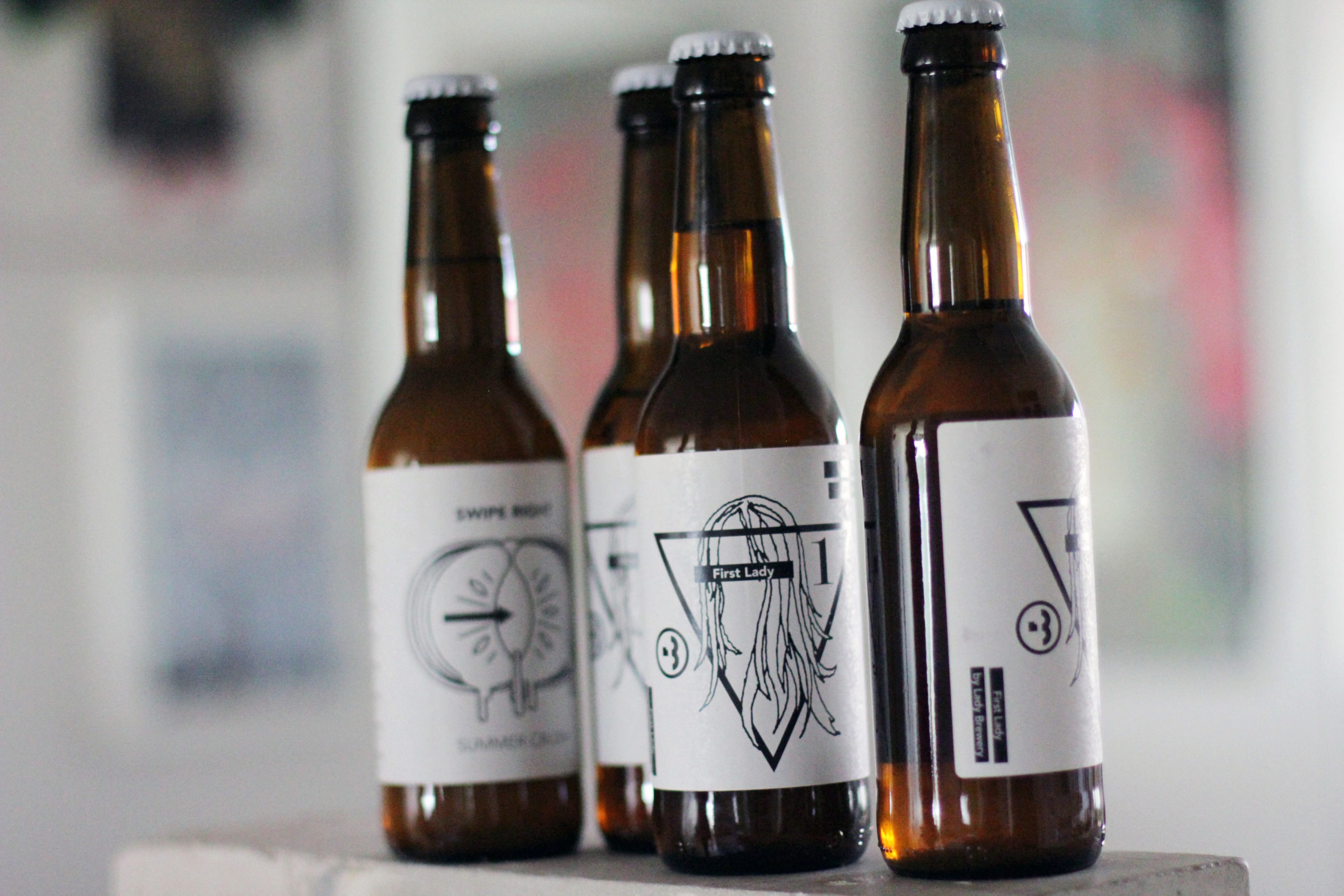
Another southern treasure, Lady Brewery is the first all-female run microbrewery in town. A sustainable brewhouse that cares about their home and their impact, Lady Brewery takes care to work closely with Icelandic farmers for their ingredients, and partners with handpicked local businesses. This aptly named first brew is not just a delicious memory of summer- but it is also an investment in the future of good work, good ideas, and good beer.
7. Eilífur (Pilsner/German 5.2% ABV) - Ölverk Pizza & Brugghús, Hveragerði
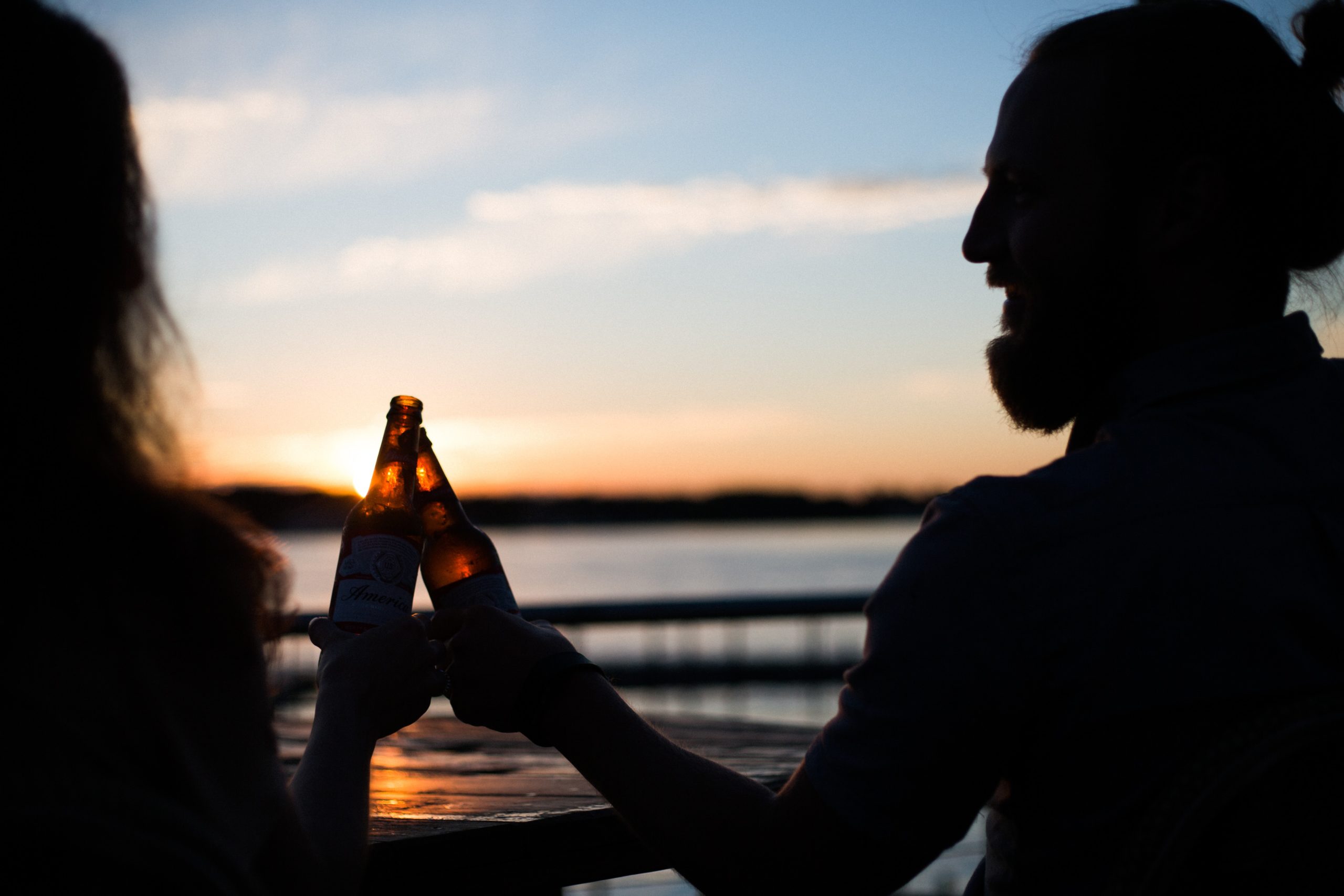
Another notable neighbor, Ölverk Pizza & Brugghús is a must see. Not only do they care about the careful crafting of good beers, but also pizza! (Who doesn’t love pizza and beer?) Their family owned microbrewery is powered by geothermal energy and tucked away in the steamy town of Hveragerði- a place where you can bake bread in the ground! We’ve chosen their golden German style Pilsner Eilífur as our favorite, but they have a shade and flavor for every taste. Call in advance for a tour and pizza tasting- or even learn how to brew yourself!
8. Álfur Belgian White (Wheat Beer/Witbier 5.2% ABV) - brewed by Álfur Brugghús, Kópavogur
Big fans of seasonal change and holidays, the crew over at Álfur are always working hard to produce new brews to mark the time. Their Belgian White is a spicy, citrusy classic- but depending on when you are here, they may have something special out! Don’t forget to check- because true to their name, one should raise an elven brew to your hidden neighbors when staying out in our wild countryside Bubbles. Maybe leave one out for them as well- you never know.
9. Kisi (Pale Ale/New England 5.5% ABV) - brewed by Malbygg, Reykjavik
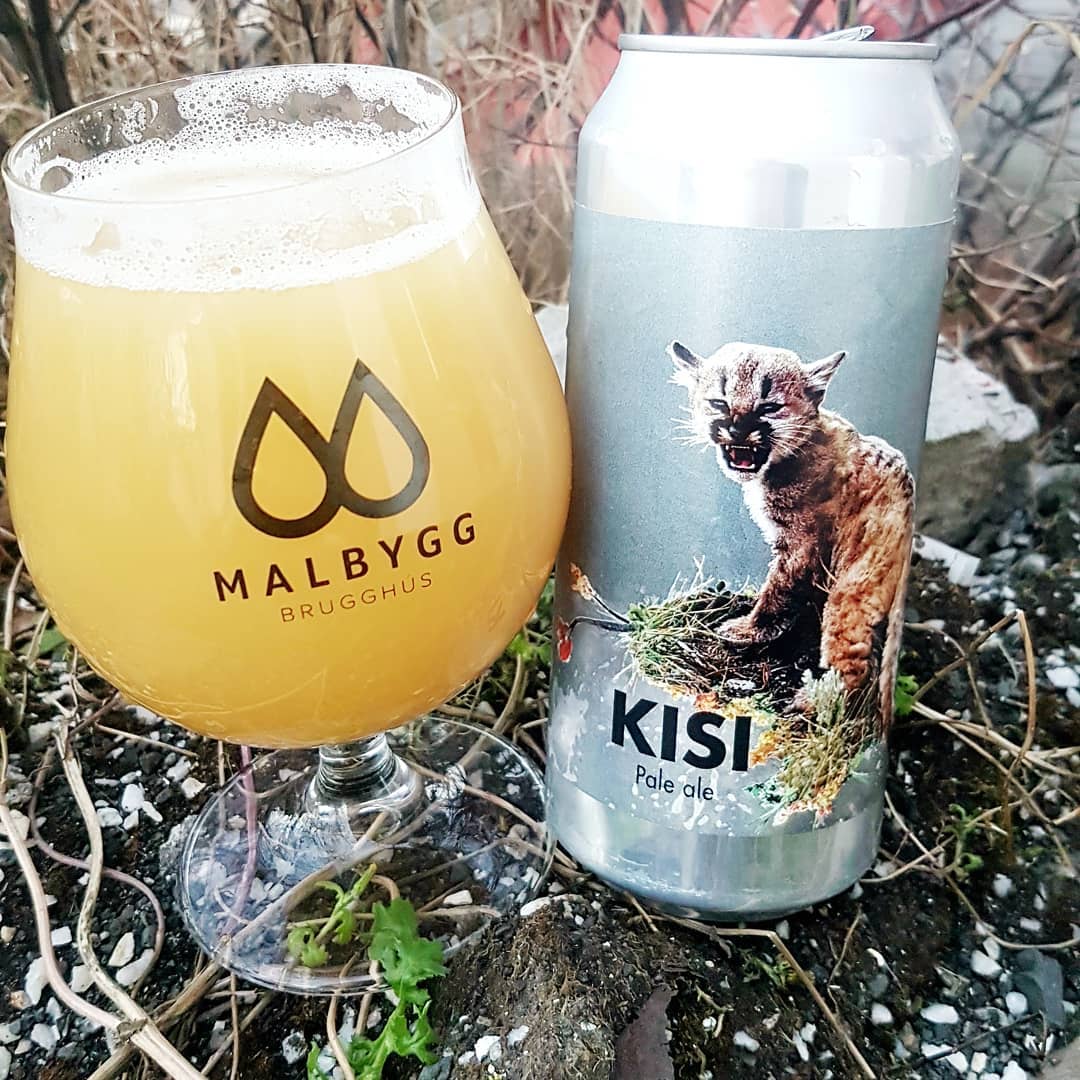
Another Reykjavik treasure, Malbygg has put out a number of hits- but Kisi is a big favorite! Citrusy and hoppy with a hint of pineapple- Kisi is certainly a holiday brew if there ever was one. Don’t forget to call ahead for a brewery tour if you want to see where it comes from, and definitely don’t forget to snap a photo- Malbygg’s label art is top notch, and looks great in front of a glowing luxury Bubble hideout.
10. Tómatbjór (Tomato Beer) (Wheat Beer/Witbier 4.8% ABV) - brewed by Ægisgarður for Friðheimar, Reykjavik and Reykholt
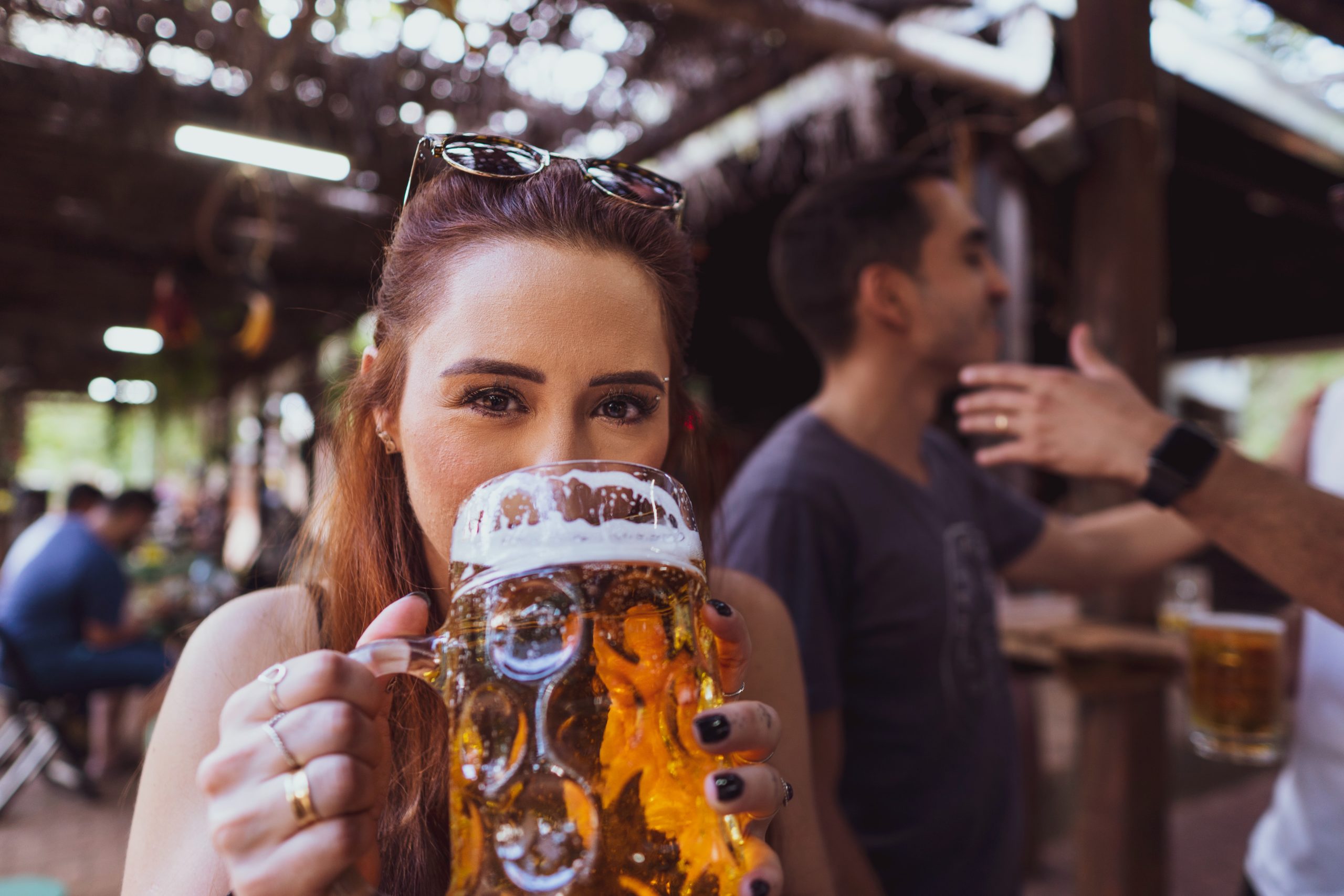
Just nearby in the Golden Circle, is Friðheimar, an ultimate Icelandic experience. Famous for their horses and their voluminous greenhouses that you can feast on tomato themed dishes in- you won’t be surprised to hear that among their many tomato treats, they ALSO host tomato brews! Brewed for them in Reykjavik by Ægisgarður, these brews are special and may change depending on season and availability. Dining at Friðheimar is phenomenal on its own- but to finish a tomato lunch with a tomato dessert and a tomato brew? Unparalleled. (Look out for the green tomato and cucumber beers as well- a taste adventure all on its own, just 45 km. away from your Bubble!
A Fresh Brewed Tip:
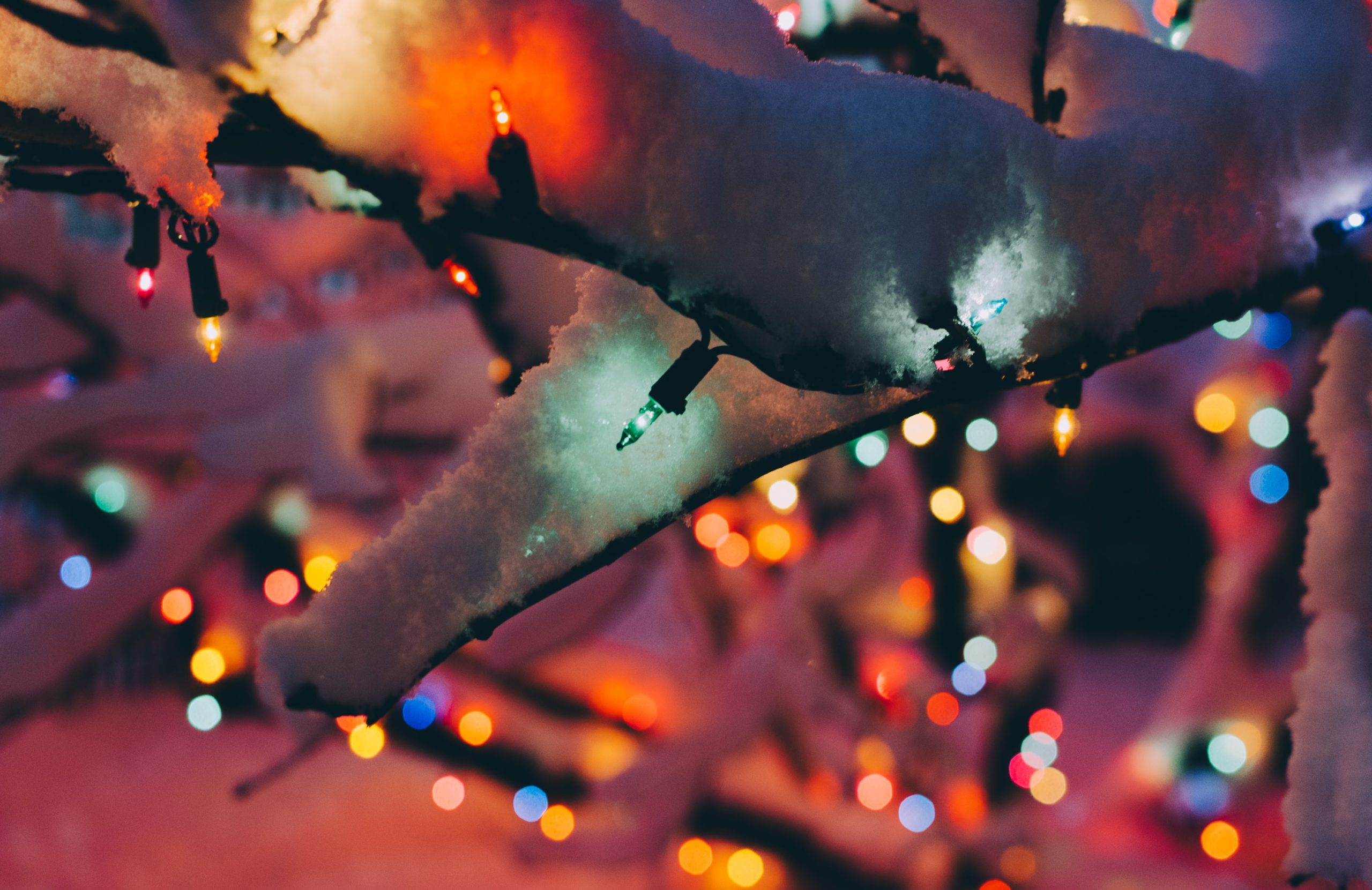
Iceland loves seasons! Keep an eye out for the release of the long awaited holiday beers like Jóla Bjórs at Christmas or Páska Bjórs during Easter. If you visit us in the summer, make like an Icelander and get out there in the Midnight Sun to enjoy a brew on your Sumarfrí (Summer holiday)! Around this time, many breweries release a limited summer inspired beer to celebrate the return of the sun, and the warmer weather. You’ll want to enjoy a few of these fleeting treats before pulling on your sleeping mask for a bright snooze in your Bubble!
PLAN YOUR JOURNEY
Travelling to Iceland?
Check our overnight tours with a driver guide that includes a one night stay in a bubble.
*Starting from ISK 59.900 per person
Treats from the wild north: 10 of our favorite Icelandic delicacies
Treats from the wild north: 10 of our favorite Icelandic delicacies
By Taylor van Biljon
Grab a plate and a seat at the table, because today we’re exploring some of the greatest gems of the Icelandic palate.
Treats from the wild north: 10 of our favorite Icelandic delicacies
By Taylor van Biljon
Grab a plate and a seat at the table, because today we’re exploring some of the greatest gems of the Icelandic palate.
More often than not, Iceland is celebrated for its more unusual fare from days long past. But the true treasures of this place are in the surprising variety of fresh ingredients, simple traditions, and pristine nourishment that has sustained a people for hundreds of years, and continues to do so today.
Fiskisúpa (Fish Soup)
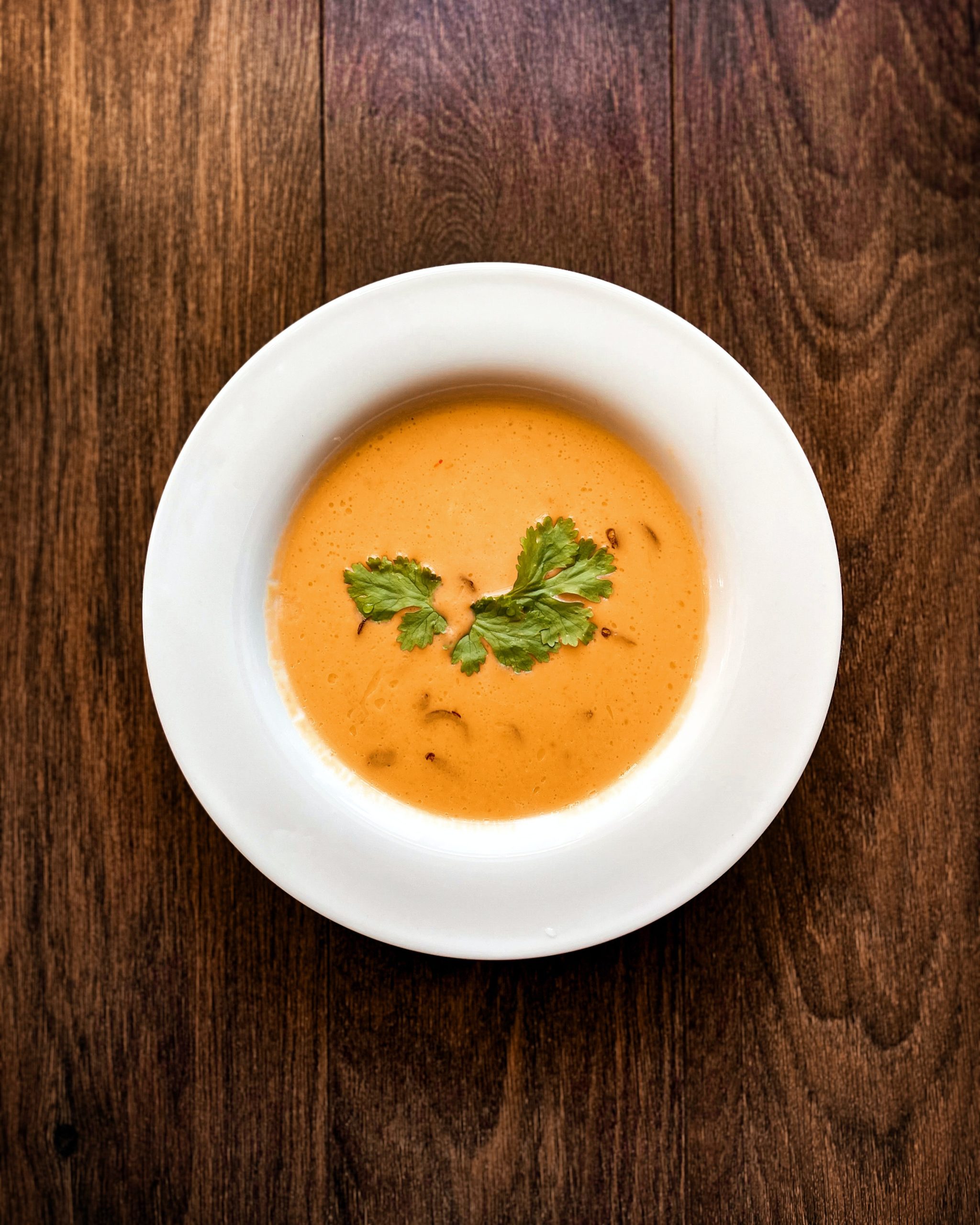
Fish soups are the beating heart of an seafaring place. Any person handy with a spoon has a recipe that belongs to them only, and everyone else has an opinion about it. You can ask anyone who serves their favorite version, but don’t be surprised when they say that no one makes it better than their grandma, as that is the usual standard. This is one of those dishes.
The penultimate fiskisúpa in Iceland is typically a tomato and cream based affair, with a bright coral-to-orange color and a velvety texture. This soup is loaded up with the local catch, and can be as varied as the chef prefers. These fish soups can range from salmon and cod all the way down to shrimp and scallops. It’s always a bit of a surprise.
While this is the more commonly occurring fish soup, it is not the only one. Iceland is a soup friendly place, and we would be amiss to not mention the various clear fish soups as well. These hit a different spot altogether and derive a great deal of their flavor from the hearty root vegetables that grant them so much of their color.
Skyr
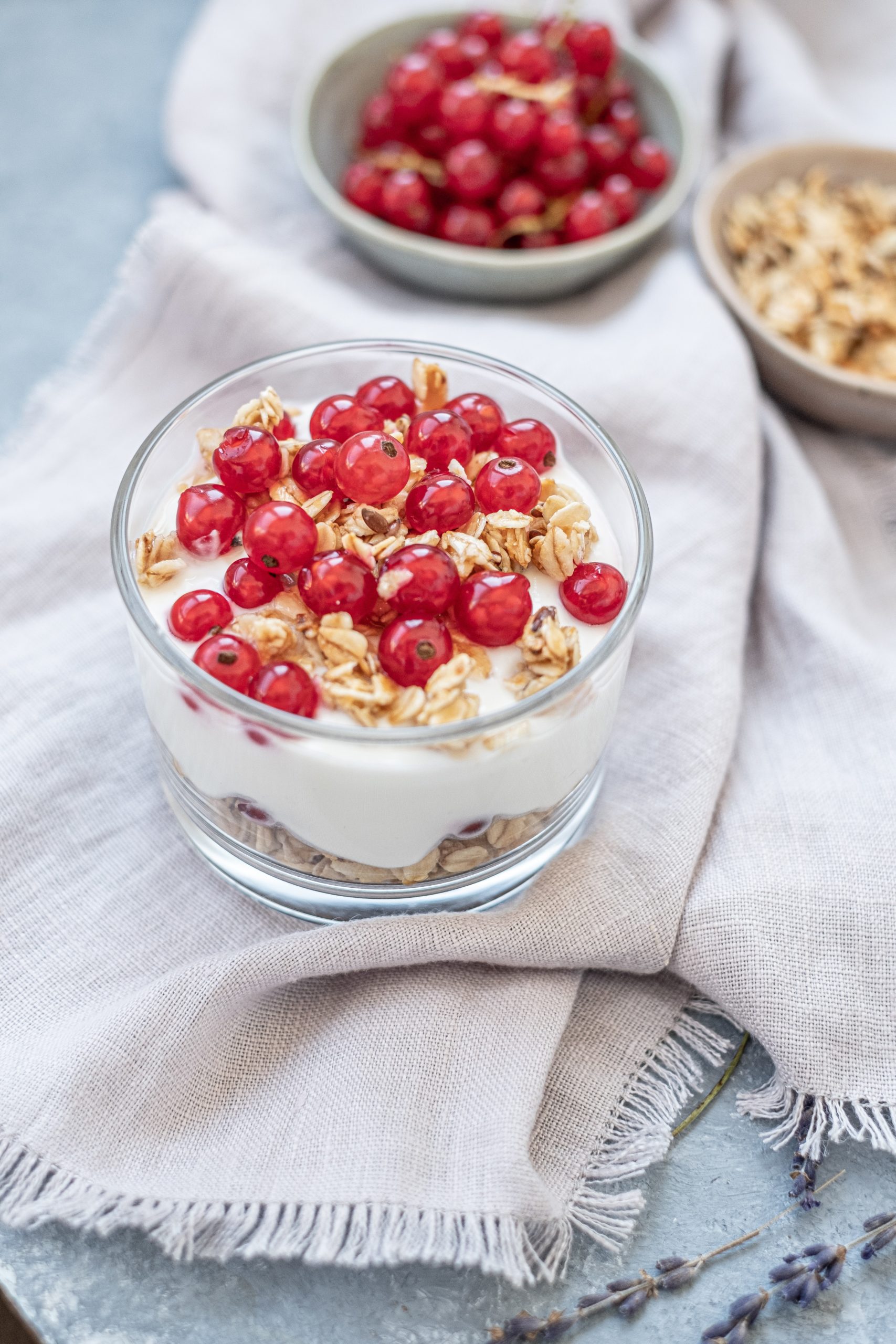
Skyr has been a staple of the Icelandic diet since the land was settled in the 9th century. Nordic settlers brought the knowledge of skyr with them, and the production of it is continued to this day, so people have had a few moments to truly perfect it.
Similar to a Greek yogurt, Skyr is very much its own product, and is available in a myriad of flavors. It is not uncommon to find skyr in both savory and sweet recipes (much like its cousin yogurt), and it is still occasionally made on some farms in the old way for home use.
When you visit, don’t forget to try some- as skyr is best served in its natural habitat!
Laufabrauð (Leaf Bread)
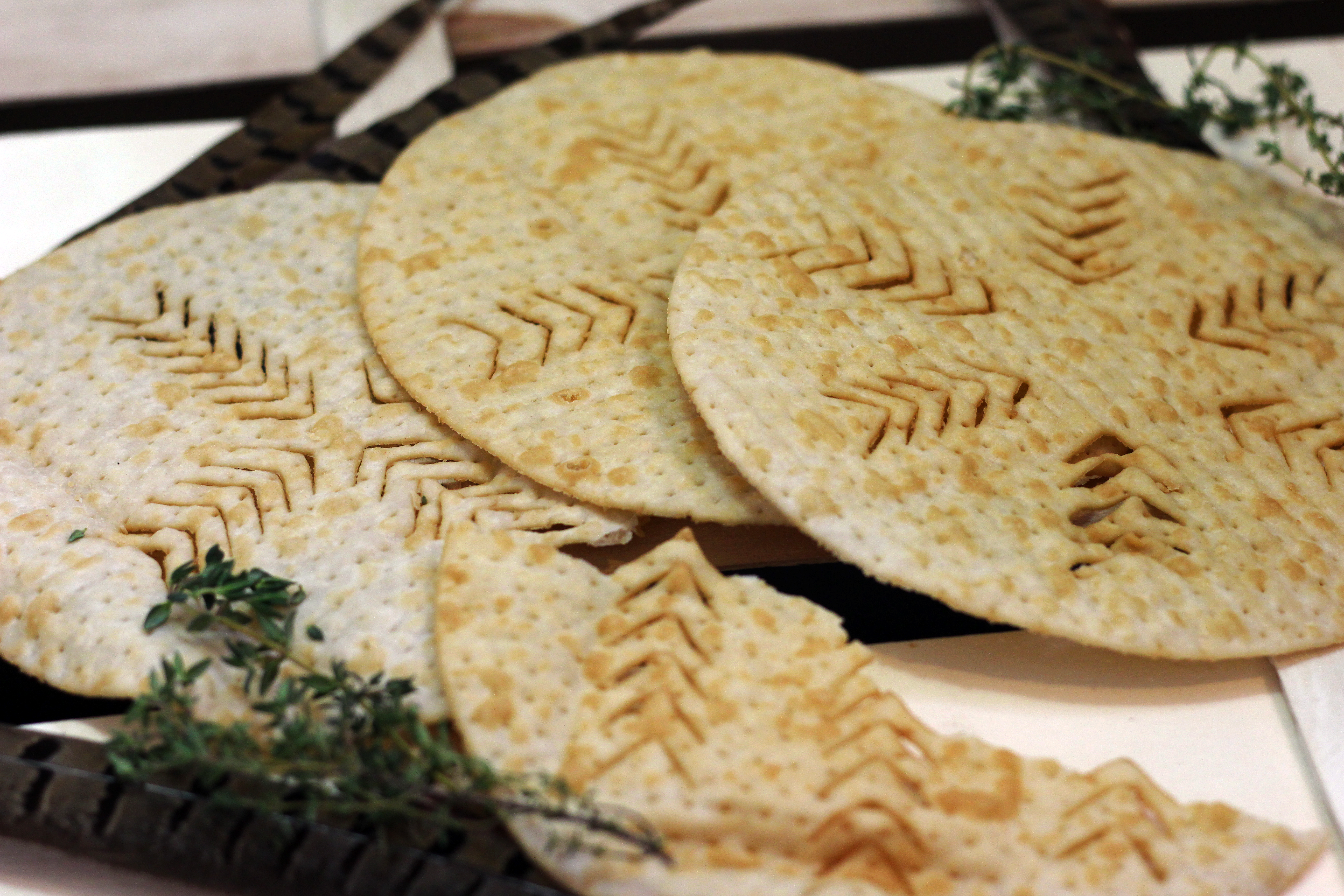
You’ll have to visit in the winter holiday season to try this delicate favorite! Originating in the north of the country, laufabrauð is an intricately cut circular bread that is visually reminiscent of a paper snowflake or a star lantern.
The decorating is done with a “laufabrauðsjárn” (leaf bread iron), a metal roller that cuts the pattern into the dough, or with a skillfully wielded knife. These irons are passed down within families, and it is not uncommon for families to use specific patterns.
You can purchase laufabrauð in grocery stores and bakeries in the wintertime, but the making of it is very much a family affair. Produced in multiple steps, flattening, decorating, and frying- you can see how it could occupy an entire household.
This is another one of those things that is passed from generation to generation, from the tips and tricks of how to fry it without creating too many bubbles in the dough, to the skillful folding and cutting of the patterns.
This crispy treat kicks off the Icelandic festive season, and carries it through all the way into the end of winter, a memorable treat that clears the way for spring and the return of the longer days.
PLAN YOUR JOURNEY
Travelling to Iceland?
Check our overnight tours with a driver guide that includes a one night stay in a bubble.
*Starting from ISK 59.900 per person
Pylsa
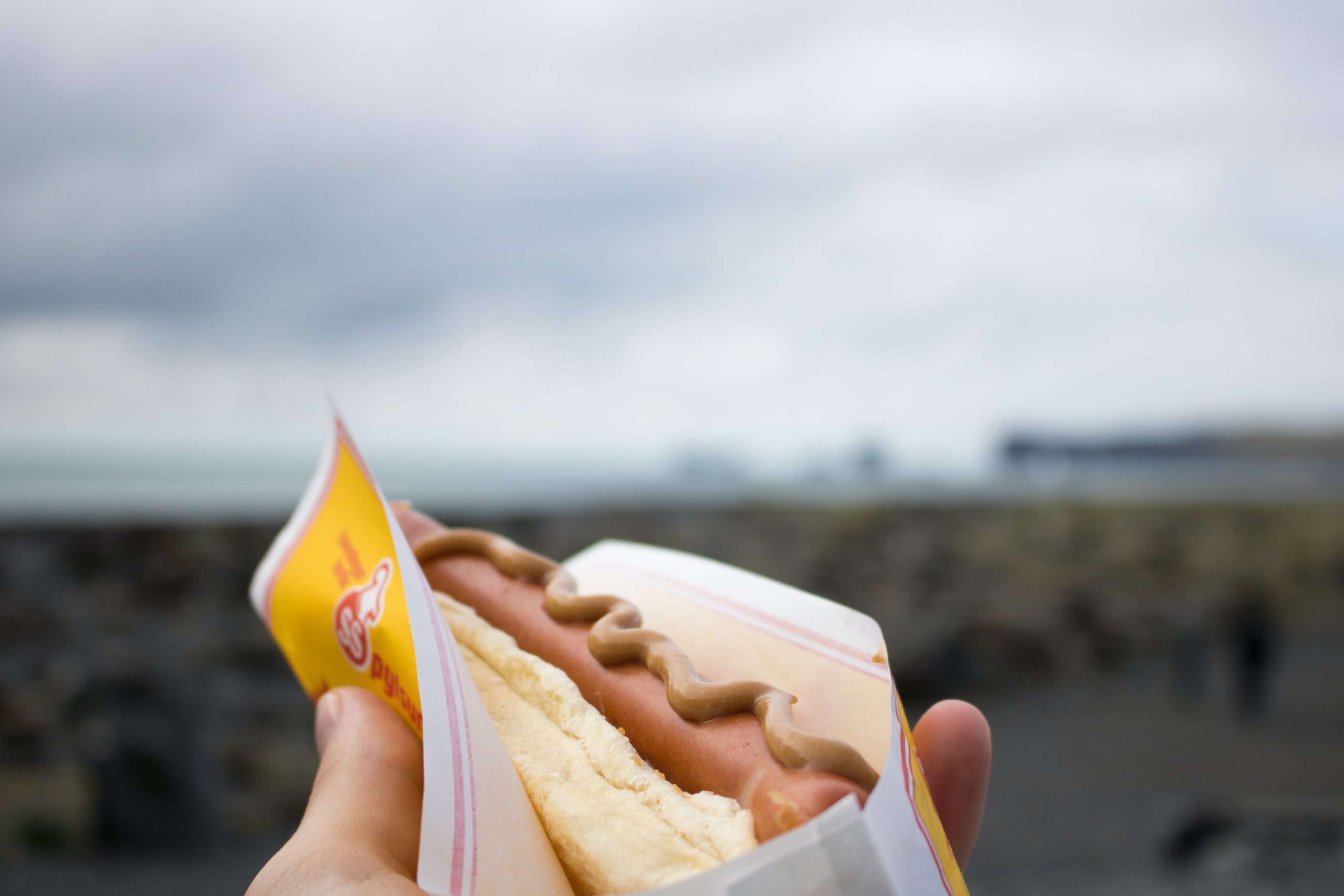
This is a treat so popular, that you can group people up by their opinions on how to name it. (Long live the Pylsa vs Pulsa name wars.) At first glance you may think, “Well this is merely a hot dog.” But you would be wrong!
The Icelandic pylsa is primarily made up of the world renowned grass fed Icelandic lamb, and that flavor profile makes all the difference. Roaming wild in the highlands all summer long eating berries and wild mountain herbs, a single pylsa brings with it all the flavors of the unspoiled Icelandic countryside.
Don’t forget to ask for “Ein með öllu”, so you can try it the way the locals are eating it. That means you’ll be getting one with tomato sauce, pylsusinnep, remúlaði, raw onions and fried onion, and on a brisk day after a swim, it is delicious.
Kjötsúpa (Meat Soup)
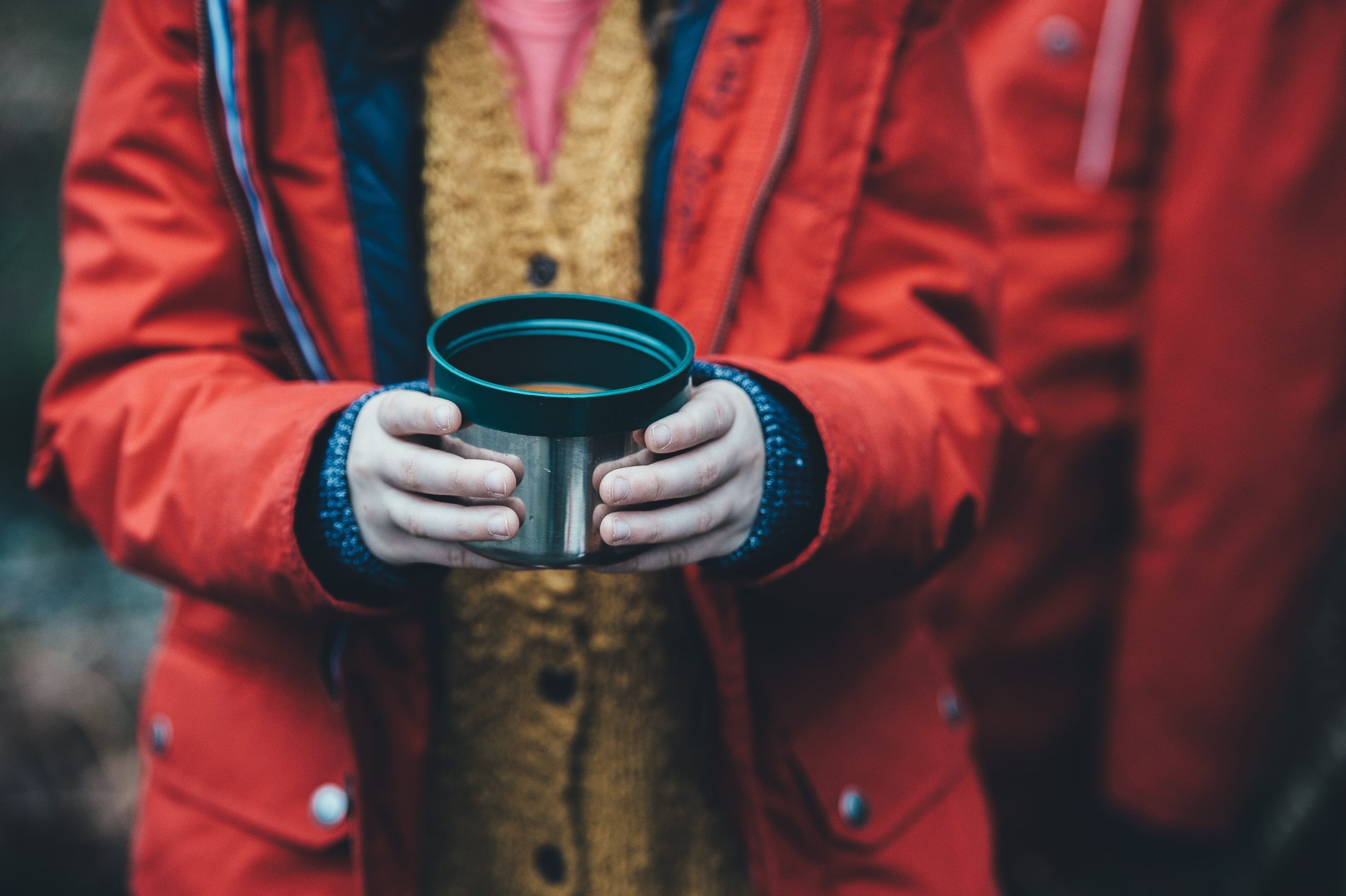
We’re back with more soup! (Hopefully you are a soup person, because this may not be the last one either.) You’ve been introduced to fish soup, now meet.. Meat soup. There is a theme of great simplicity here.
Despite Iceland’s deep and traditional relationship with the ocean, there is a history just as long of closeness to the land. When you’re clinging on to some of the only liveable rocks in the North Atlantic, it does make a bit of sense to develop some fondness, doesn’t it? Well, that fondness is the never ending love letter of Kjötsúpa.
Typically served with lamb and various root vegetables, Kjötsúpa is a gift on a cold day. In fact, if you’re in Reykjavik around the first day of winter in late October, you can experience Kjótsúpudagurinn, or Meat Soup Day, when the shop owners of the high street (Skólavörðustígur) serve their very own meat soups to the populace.
Like all soups, you will find that these can differ slightly depending on the person holding the ladle, but you can bet that each bowl is imbued with the ancient winter-bracing magic that all family soup recipes seem to hold.
Plokkfiskur
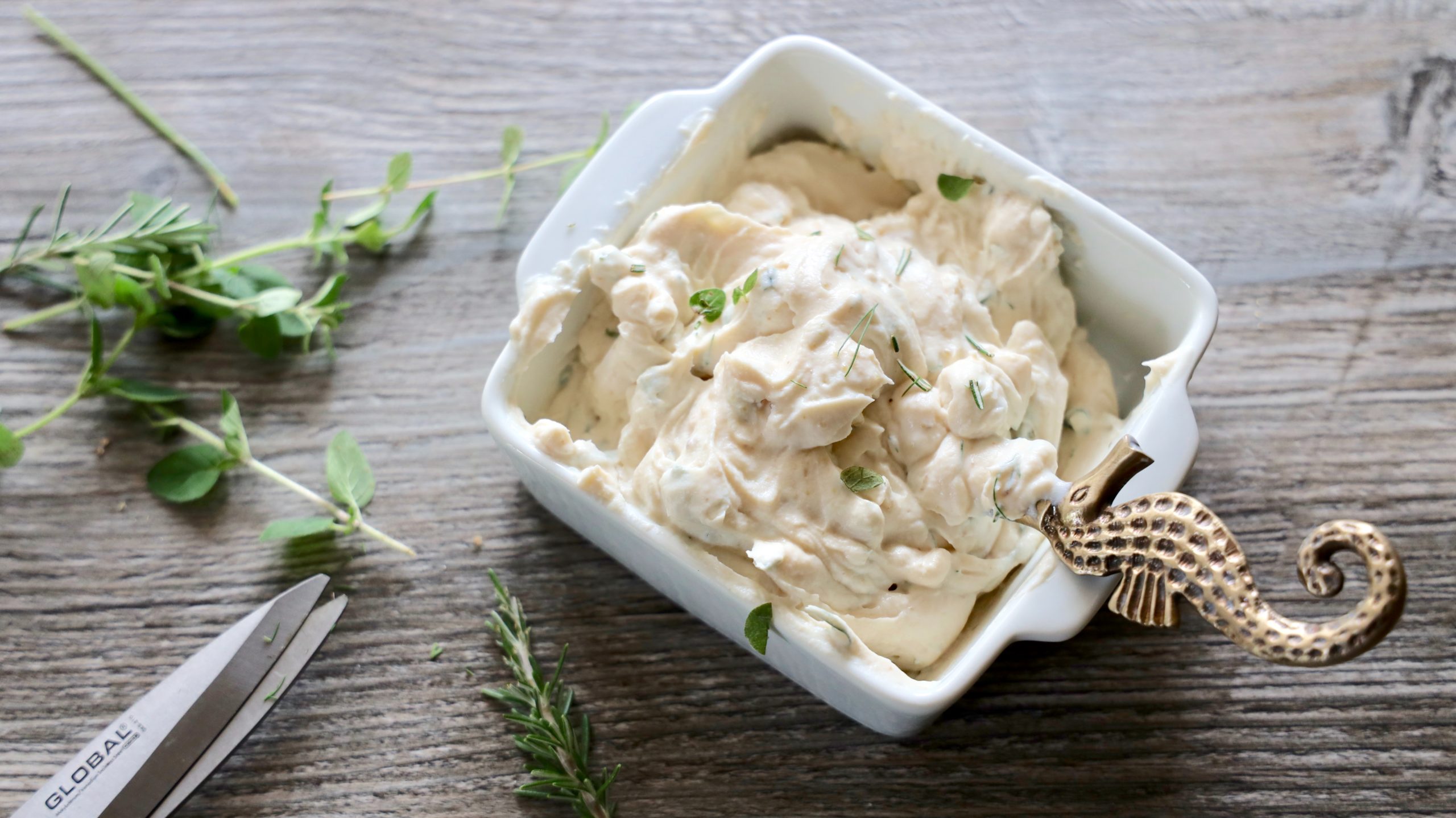
Like many beloved dishes, Plokkfiskur was created to sustain a working people in tough conditions. Another straightforward dish, this thick stew is primarily comprised of fish, milk, potatoes and onions.
Different recipes may add their own assortment of spices or toppings, but these main ingredients are the pillars of this dish. Best served with bread and lots of butter, don’t forget to seek this out when you visit. (You may need a nap afterwards however, so don’t eat too far away from your Bubble.)
The Catch of the Day: Fresh fish!

This one seems obvious, but it would be criminal to sing the praises of Iceland’s table without it. Iceland exists among a veritable myriad of sealife.
Though the most popular are typically Cod (Þorskur) and Haddock (Ýsa), others such as: Halibut (Lúða), Redfish (Karfi), Atlantic Catfish/Wolffish (Steinbítur), Pollock (Ufsi), Mackerel (Makríll), and, Herring (Síld), are typically consumed as well.
And this isn’t even close to being all of them! There are believed to be around 340 different fish varieties in this area of the North Atlantic, especially as Iceland rests between two distinct ecological zones.
And beyond this, there are freshwater finds here as well. Some of the most pristine Arctic Char (Bleikja) and Atlantic Salmon (Lax) in the world inhabit Iceland’s inland waters. Fishermen in the audience may be wondering at the absence of the legendary Brown Trout (Urriði)- as the isolated trout in Þingvallavatn are some of the biggest ever reported- but their unique lives are protected by law and they cannot be consumed.
There are other areas in the country where one can catch Sea Brown Trout, which can indeed be eaten. You will have to go up against Eric Clapton for the record though, if you’re a competitive sort.
Fish has been a founding staple of the Icelandic diet for centuries, and can be found in most treasured recipes and meals. It continues to maintain its place on the table today, hopefully for many years to come.
Humar (Lobster)
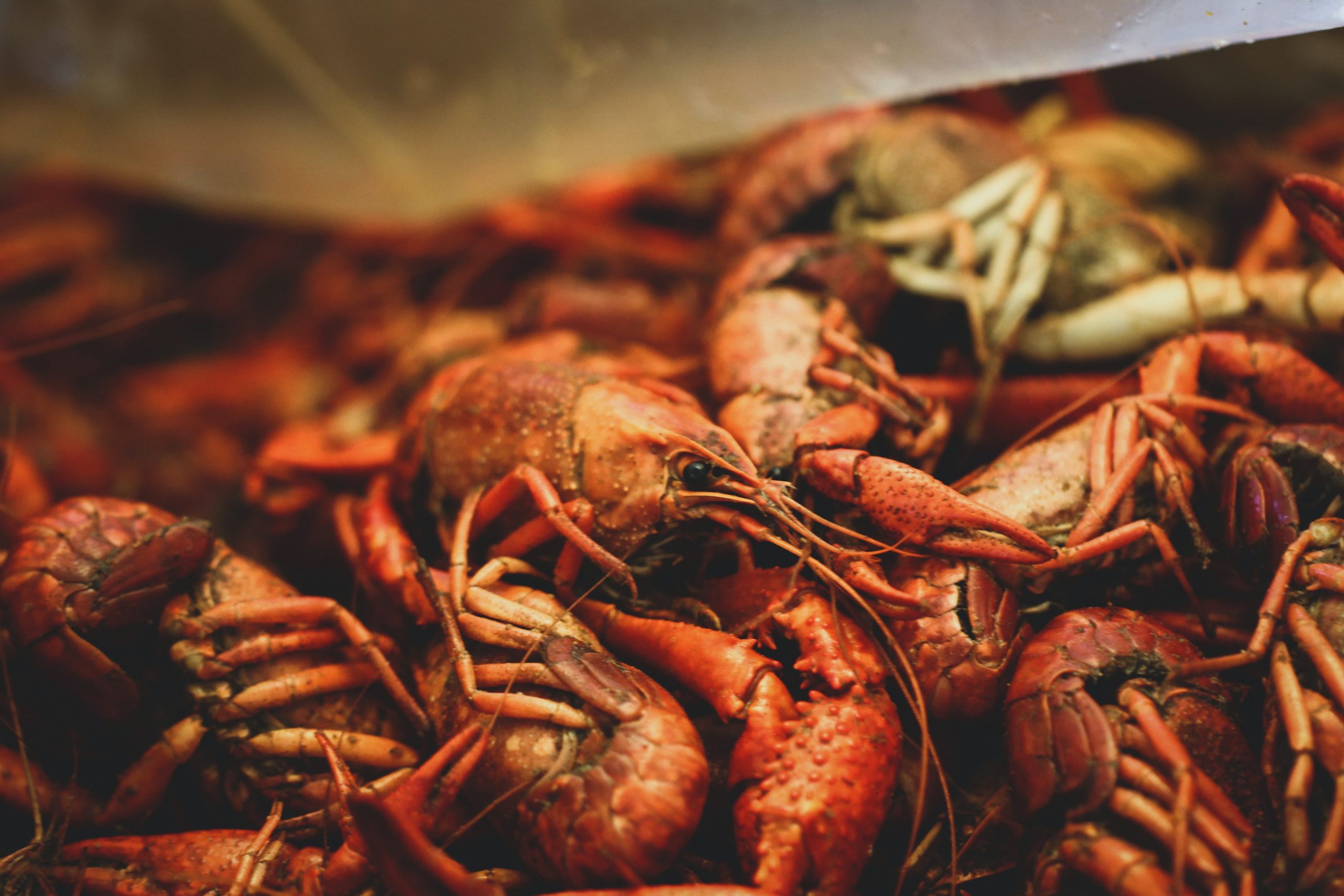
At the risk of appearing too soup-happy, I have avoided putting Humarsúpa here, and will instead be singing the praises of its main ingredient, the Icelandic Lobster. (Ok, maybe it is truly called a Langoustine or Norway Lobster, but it is kind of a big deal here, so we are only calling it “Lobster”, because well, it is rather famous.)
Often served grilled or with delicate buttery sauces, the Humar is also the star of another treasured soup, Humarsúpa, or you guessed it, Lobster Soup. (Simplicity is the only way when you are working with pristine ingredients.)
Served in a broth not unlike Fish Soup, Lobster Soup is often a bit more on the orange side, and is more likely to include a curry base and a dollop of cream on top. There are multiple restaurants that specialize in the preparation of these delicacies, but the lobster capital of Iceland can only be said to be Höfn.
Tucked away in the east under the towering glory of Vestrahorn, Höfn means “harbor”, as it is one of the only natural harbors in the south. If you find yourself on a south coast adventure, this is a place not to be passed over. In the summer they hold the Humarhátíð (Lobster Festival), and if you love this tasty treat as much as we do, you’ll be careful not to miss it.
Hangikjöt
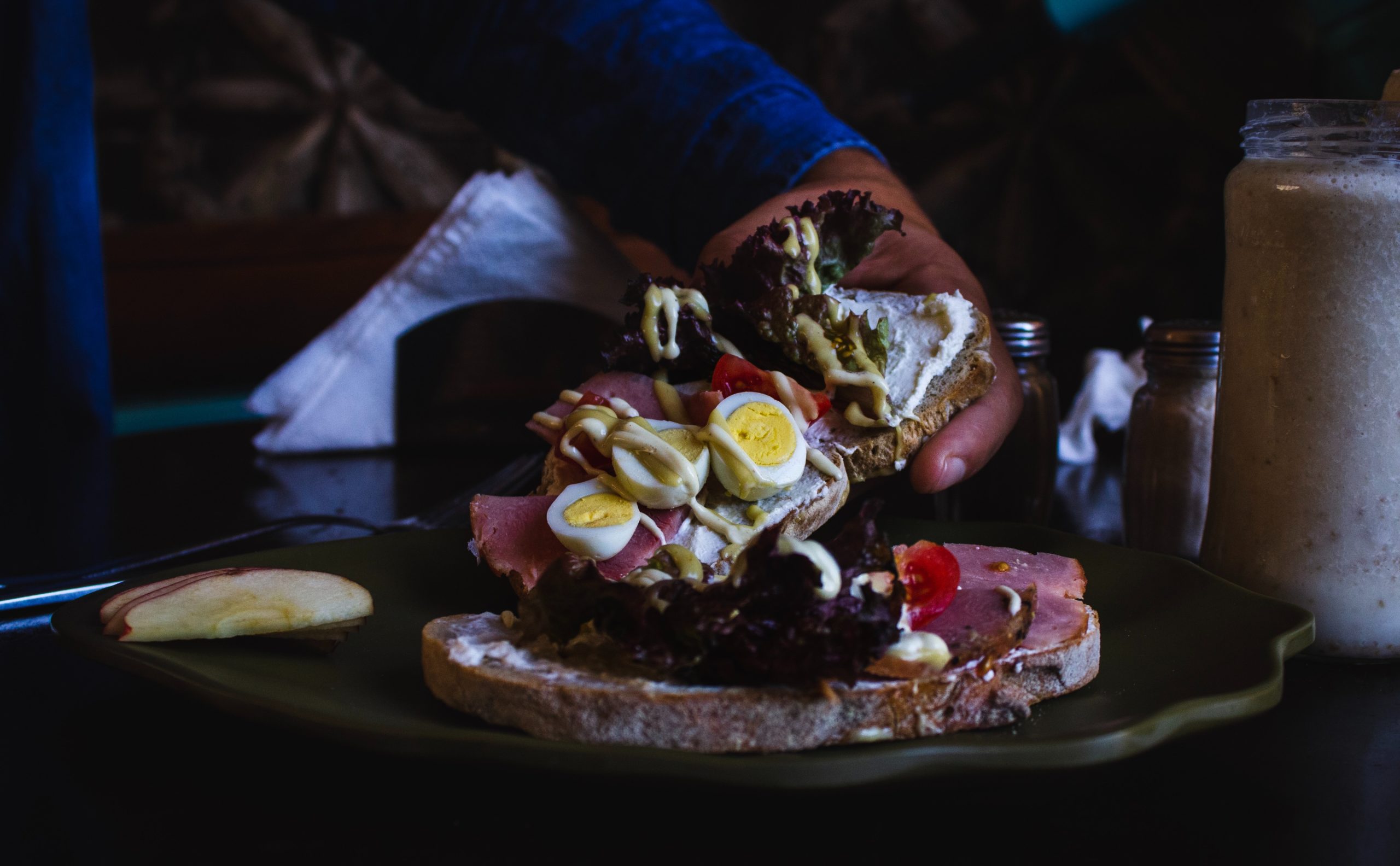
Typically enjoyed around the winter festive season, Hangikjöt continues the tradition of calling it like you see it, and literally means “Hung Meat”. This name refers to the practice of smoking the meat by hanging it from the ceiling and burning a fire under it for a few weeks.
The meat is usually lamb, and harkens back to a day where preservation of resources was vital for survival. Iceland is known for its various preservative methods, including treats like cured Hákarl, Saltkjöt, and the many salted, brined, dried, and, maintained delicacies paraded out every Þorrablót.
Not all of these things are consumed regularly anymore, but many of them do reappear around their respective holidays and they serve as a reminder of the great efforts that early Icelanders went through to make it here. Hangikjöt however, is most often a Christmas time treat, and when it’s on the table, Laufabrauð is not far away.
But, should you only make it to our shores outside of the winter season, you can still try the famous birch smoked Hangikjöt, in sandwich form! A popular sandwich filling, nearly any grocery will carry the Hangikjöt og baunasalat samloka (Smoked Lamb and Bean Salad sandwich), and they are nearly as good as Christmas.
(There are many reasons to come back and visit Iceland in different seasons, but seasonal food and drink is certainly one of the strongest.)
Kleinur and Ástarpungar
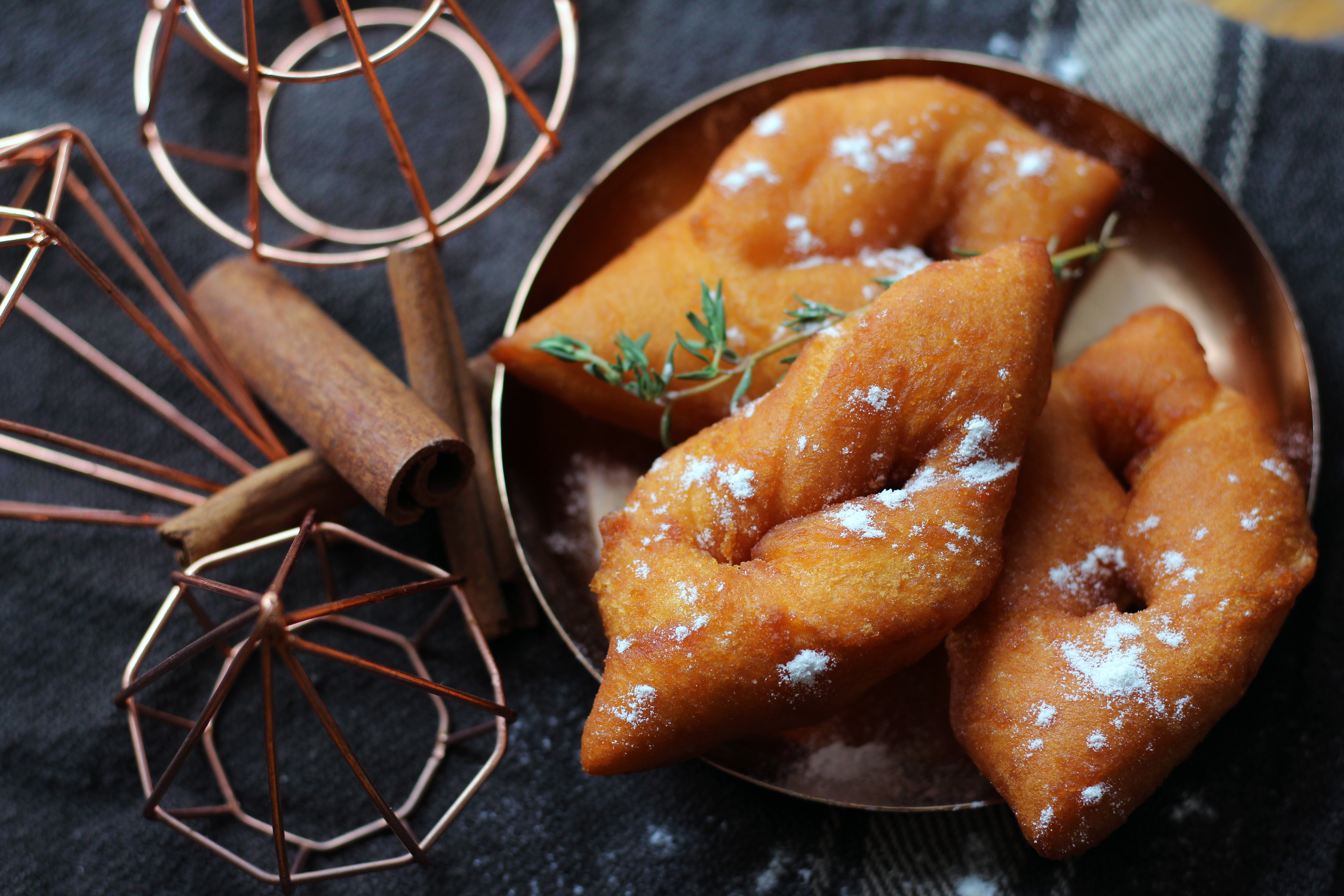
We have behaved ourselves, and are ending this thing on a sweet note. Though they are different in their own right, these fried treats are both too good to leave one off; so they will share a section as they so often share a deep fryer.
Named for the thin shape of the long sliced diamond that forms them, many Kleinur are anything but small. Popular with coffee like the Ástarpungar, these are Iceland’s answer to the donut. They come in many light, subtle flavors and twisted shapes, and can even be found coated in chocolate.
The Ástarpungar on the other hand, is the round sibling of the Kleina. Their name roughly translates to “Love sacks” (Or pouches), and they require frying as well so they often happen at the same time as Kleinur. They are filled with raisins (and if you’ve been reading along with us you would know that this is an excellent and rare thing to be celebrated! So it is truly no wonder that they are viewed as being full of love.)
These treats can both be found at any bakery, and often in grocery stores as well. The Kleinur are a bit easier to find, but a good bakery can often help you out with some Ástarpungar. Don’t forget to bring one back to your Bubble for a late night snack- nothing hits the spot like sharing a Love Pouch with your loved one under the stars.
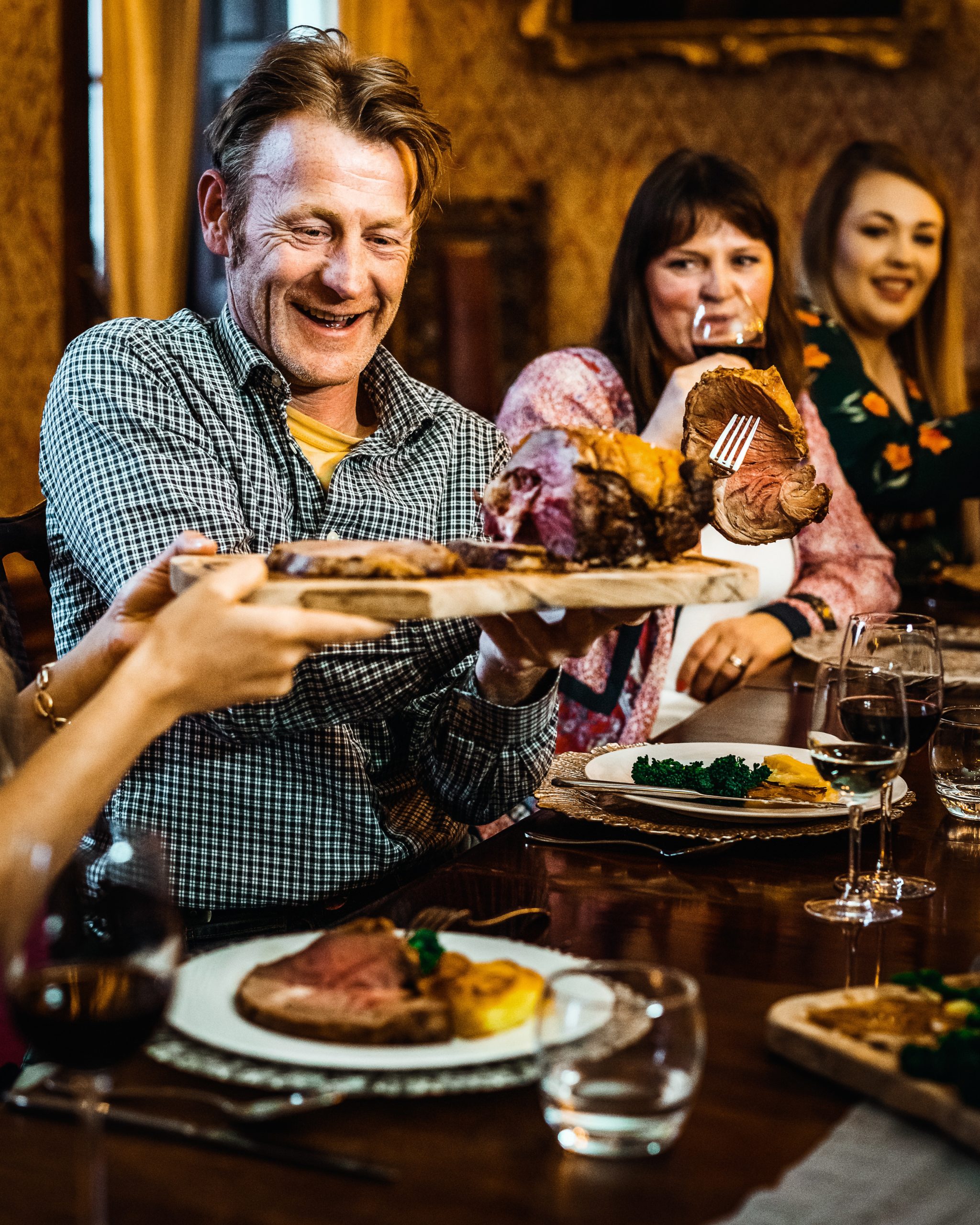
PLAN YOUR JOURNEY
Travelling to Iceland?
Check our overnight tours with a driver guide that includes a one night stay in a bubble.
*Starting from ISK 59.900 per person
“10 Drops” of Icelandic Wisdom: Some of our favorite Icelandic sayings
“10 Drops” of Icelandic Wisdom: Some of our favorite Icelandic sayings
By Taylor van Biljon
Level up your Icelandic wisdom with some of these sayings and proverbs!
“10 Drops” of Icelandic Wisdom: Some of our favorite Icelandic sayings
By Taylor van Biljon
Level up your Icelandic wisdom with some of these sayings and proverbs!
Icelandic sayings, like all idiomatic and metaphorical language, are a reflection of the culture and the people that they belong to. Like a sort of touchstone throughout time, these sayings have been crafted from the experiences and known truths of the people that coined them- and though some of them may sound a bit mysterious to us now, their meanings reach back to us over the centuries- connecting us all once again through the story of shared existence.
A smá note before we head off on our journey:
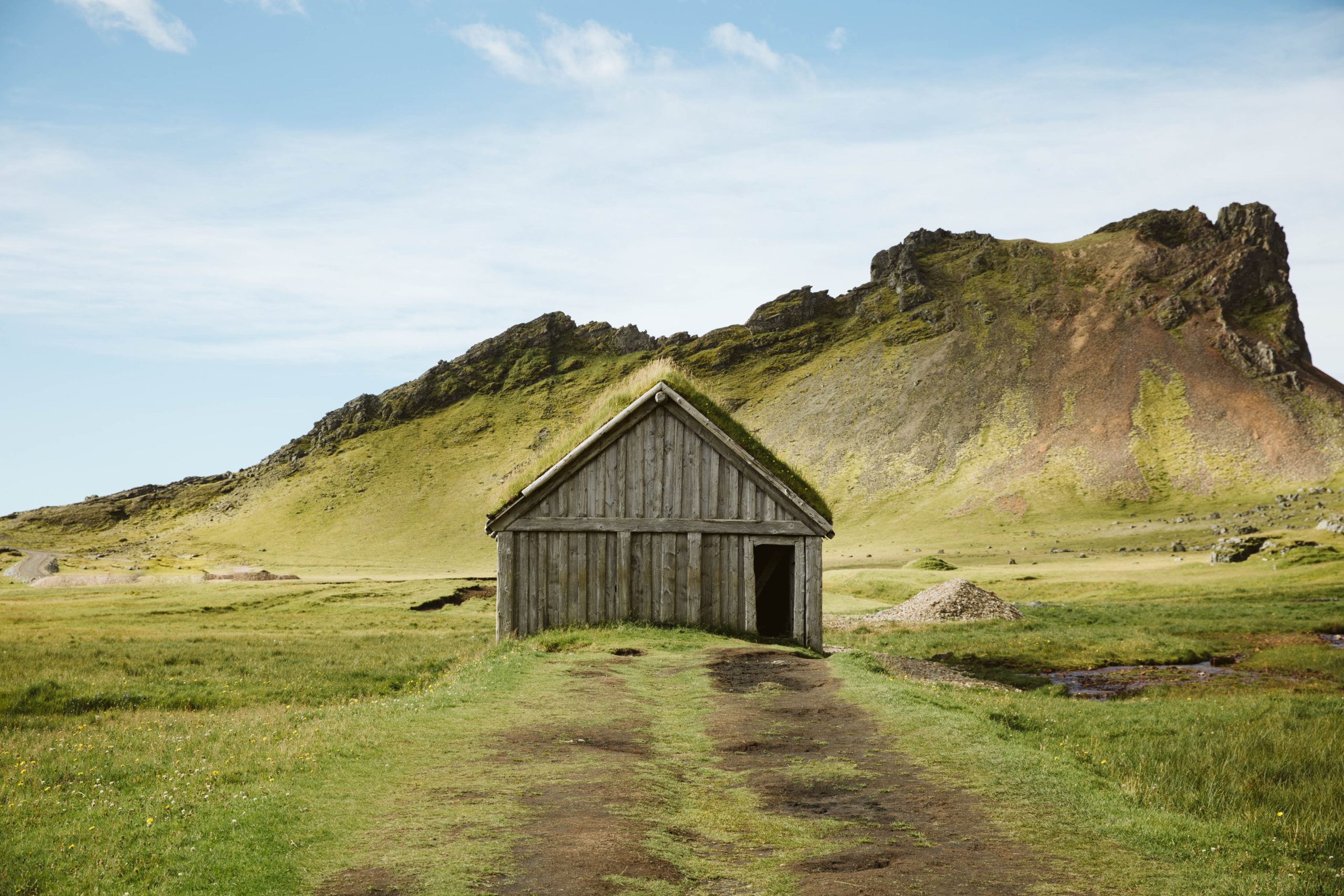
Humans love stories. We love to imagine ridiculous things, to dream up bizarre visuals and juxtapose the real with the unreal. It has always been one of the ways that we connect and anchor ourselves to this world, while reaching out to fellow souls.
Many of these sayings are great examples of that innate drive to create above all things. Imagine the power of some of these in a time before television! A chance to make some humor in a dark time, or to veer closer to a shared understanding. Is it with you, as it is with me?
It is easy to see how these attempts to connect to other people would have been popular, as they continue to be even now.
It is also good to note- that language travels with people, and is often historically changed by those movements. Though the Icelandic language did insulate itself fairly well for many years, there is always a chance that a saying was borrowed or adapted from another culture, or another meaning that has since changed over time. Iceland was settled by some of the most intrepid voyagers in this hemisphere, and despite being an island, visitors and returning residents continued to bring the treasures of their culture on their treacherous journeys.
We know the origin of some of these sayings, and some of them we can guess. But others are so ingrained in the colloquial speech of the day that they are just like ancient trees in the heath. We came here long after them- and we can only guess at the things they have seen.
It is that way with many of these- so if you have a scrap of knowledge to add, let us know! Despite their firm standing in the cultural lexicon of a place, it is also possible that interpretations of a proverbial meaning may vary. Half of the fun of these riddles of speech is in the discovery.
PLAN YOUR JOURNEY
Travelling to Iceland?
Check our overnight tours with a driver guide that includes a one night stay in a bubble.
*Starting from ISK 59.900 per person
Saying: “að brynna músum”
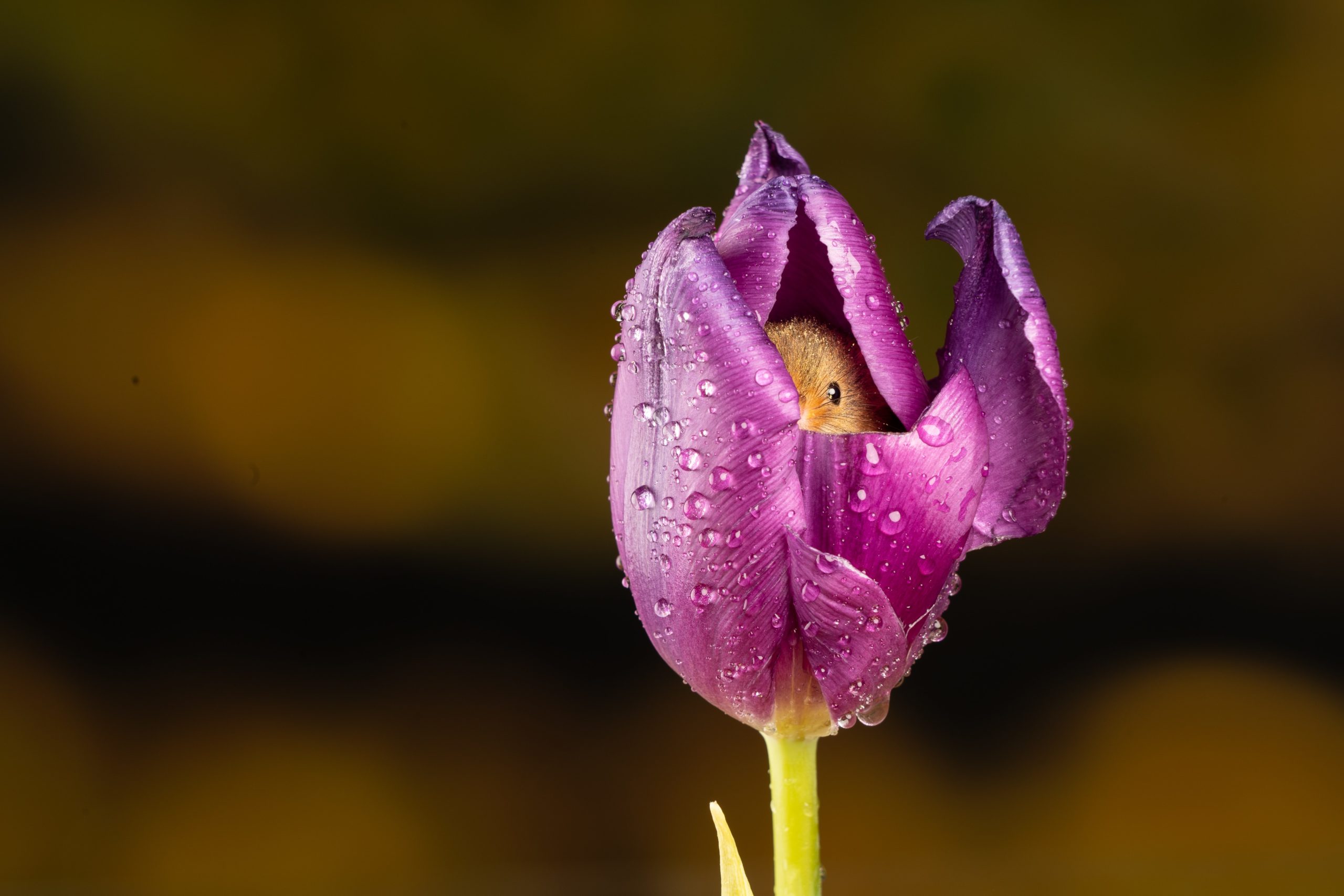
Literal meaning: “to water the mice”
Intended meaning: to cry
We open our journey through some of our favorite Icelandic sayings with this one, a tiny yet colorful quip about crying. (Something that probably happened more often than not, back when the ownership of a single candle signified great wealth.)
Upon hearing this, it is hard not to be a bit charmed- but also to imagine the great scale at play. The picture of a giant human tear dropping down on a tiny mouse. So many cartoons come to mind! Some things never change, and I imagine that includes the need to inject a little humor into a sad situation, or, perhaps to poke some fun. So when you see somebody having a good cry, now you finally have something to say about it! (Or maybe not.)
Saying: “gera hreint fyrir sínum dyrum”
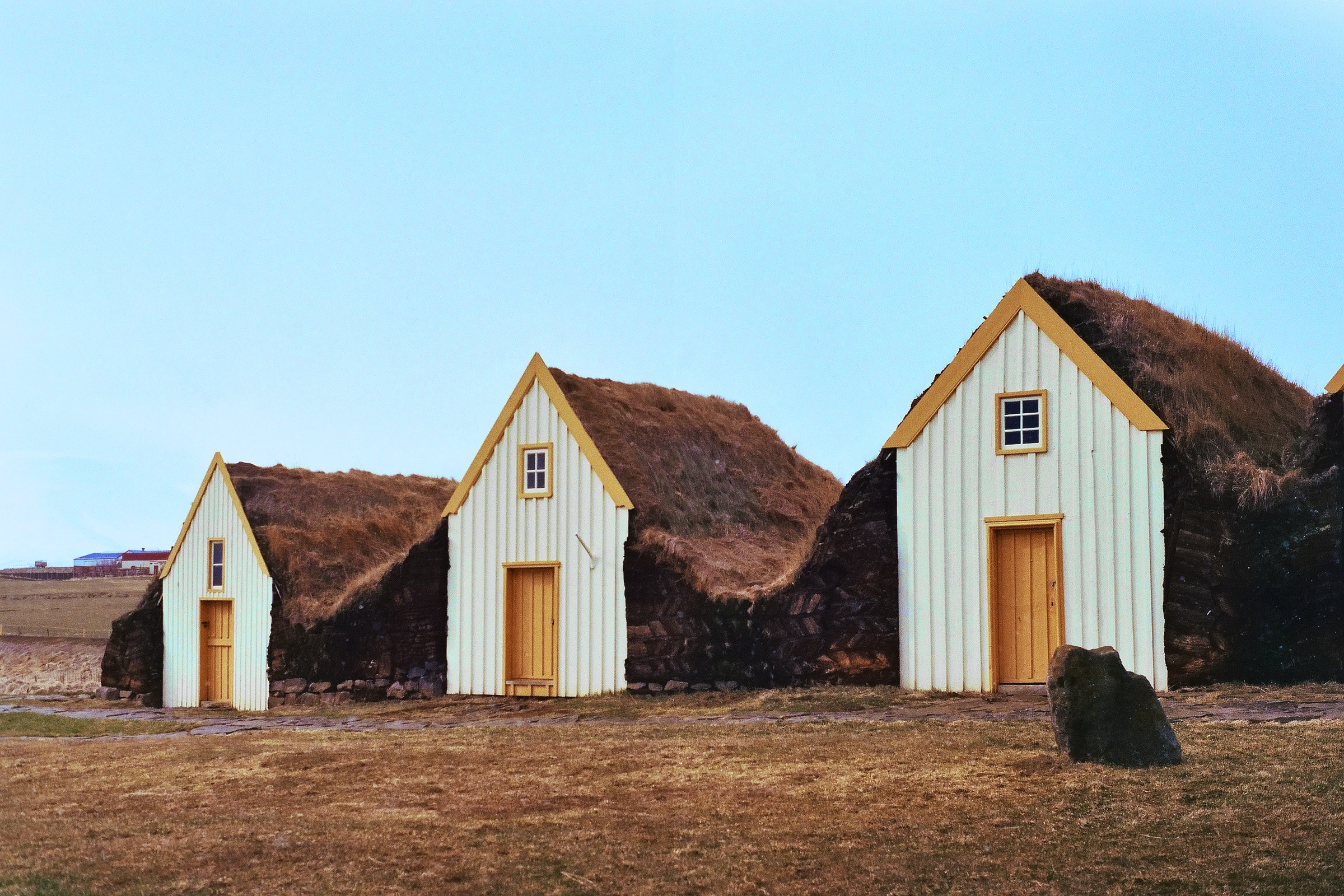
Literal meaning: “to clean one’s door” or “to clean the step to one’s door”
Intended meaning: to clean up your act or explain yourself
If you look for it, you’ll actually find this saying in regular circulation in the news. Typically it comes around when someone is behaving badly, and not owning up to it. You may know someone like that, yourself!
So feel free to reserve the use of this shameful rebuke on the next badly behaved entity that you find yourself interacting with; and let them know- go clean your door! There’s nothing like having the dirtiest door in the village to make you stop and reconsider your life path.
Saying: “Þar stóð hnífurinn í kúnni.”
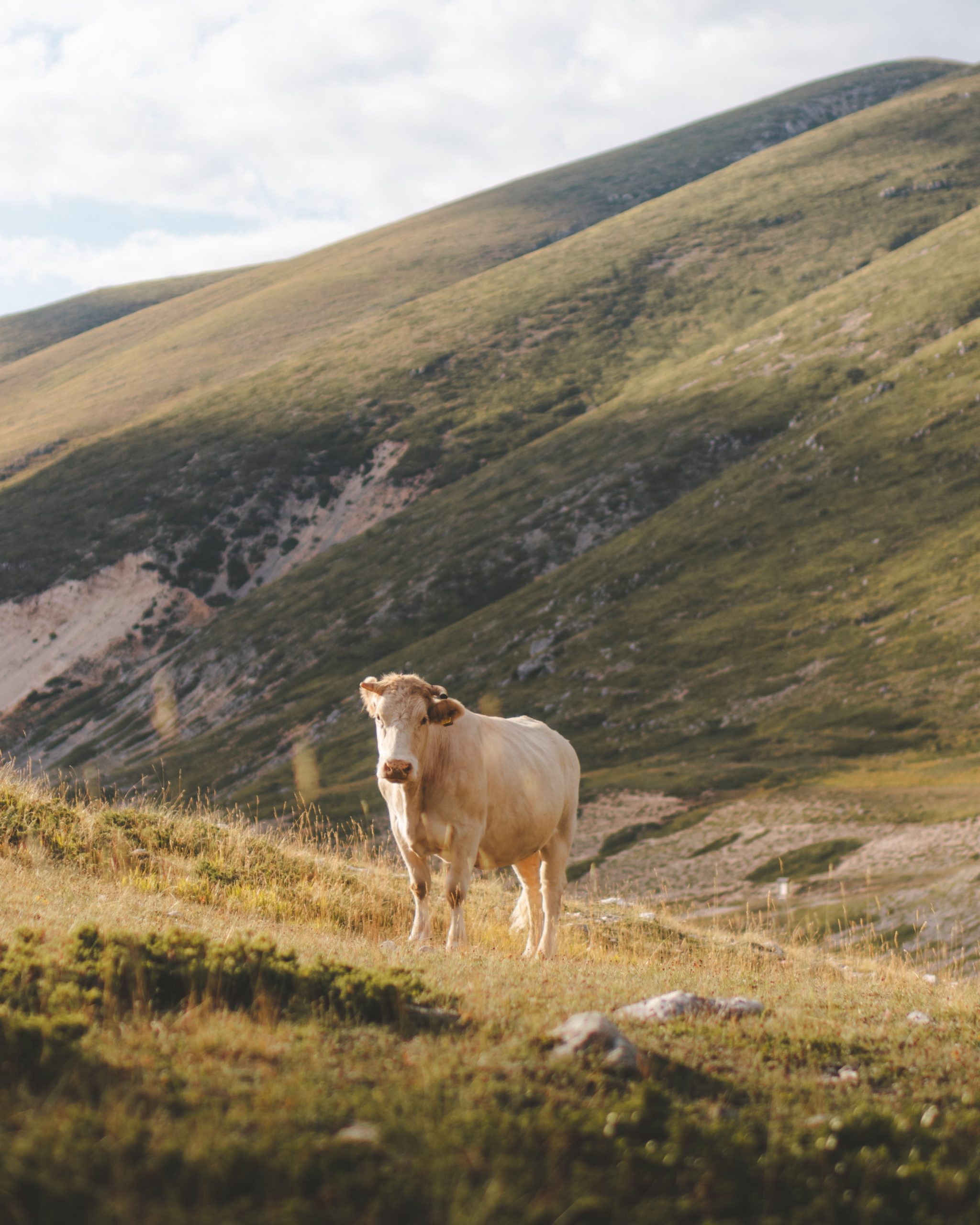
Literal meaning: “there stands the knife in the cow” or “now the knife’s stuck in the cow”
Intended meaning: Now you’ve done it.
You will also find this little gem in the Icelandic news. A fitting sentiment for discussing the popular news of the day, this one certainly paints a picture. Imagine the context of this- “well, now you’ve really stuck a knife in the cow.” Denoting a discernible problem, this saying really makes you wonder.
In the long timeline of an agrarian society, were many knives lost in cows? Was it a regular occurrence to accidentally find one there? Maybe you were having a conversation with a neighbor, gesticulating wildly while searching for a vibrant enough phrase to describe a situation you found yourself in, and, well! The knife you were holding has been pulled by the cruel claw of gravity and physics, and is now sheathed in a nearby cow.
What a day. You needed this cow to last the winter. You do certainly have a problem, now. So does the cow. At least there will be steaks.
(21st Century tip: For us the working version of this problem proclamation would be: “Well now you’ve really stuck a knife in the Bubble.” Because that would indeed be somewhat of a problem for us.)
Saying: “rúsínan í pylsuendanum”
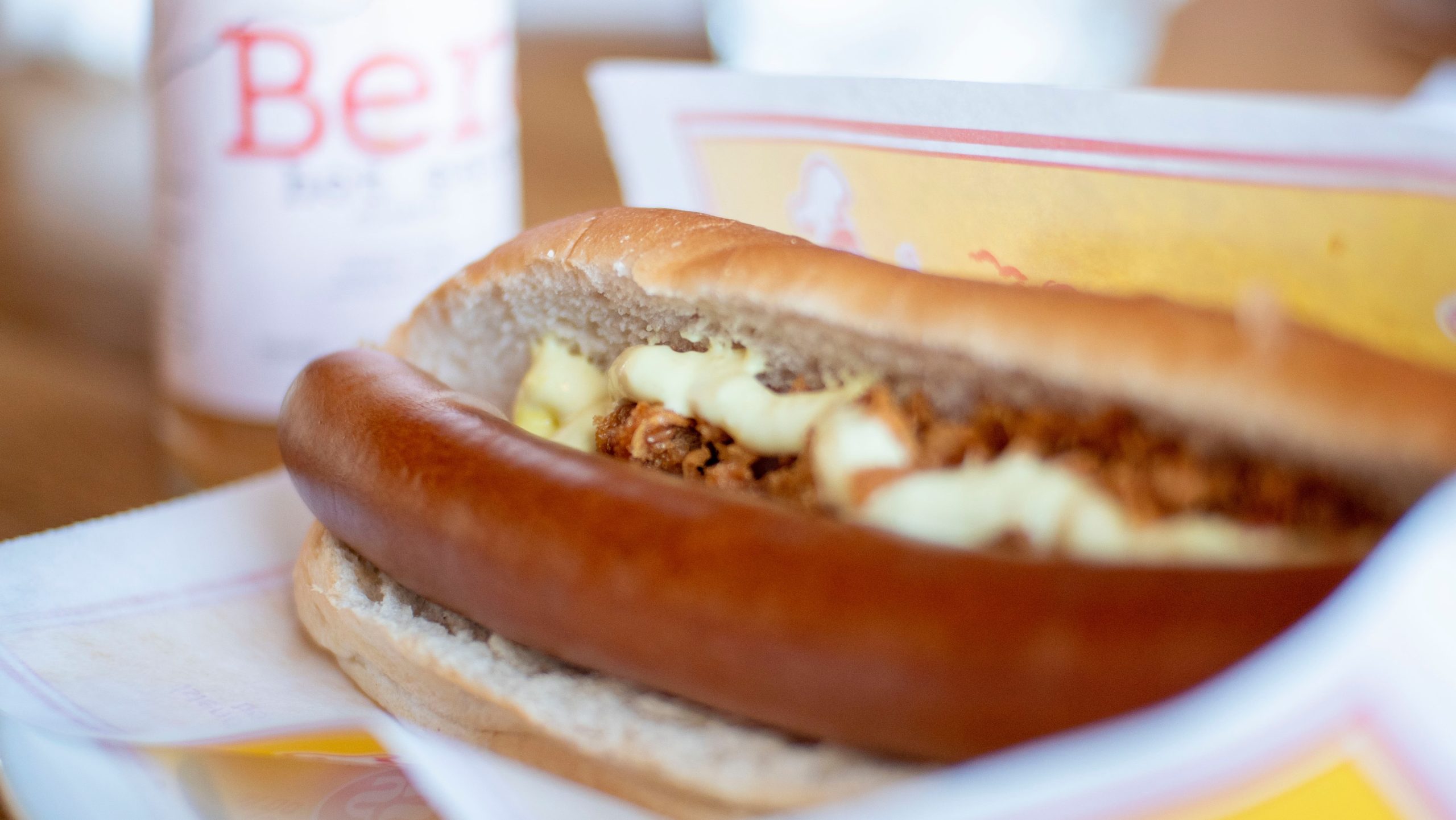
Literal meaning: “the raisin in the sausage end” or “the raisin in the end of the Icelandic hot dog”
Intended meaning: this phrase is used to describe a good surprise, or an excellent thing
Showing the mirror quality of sayings throughout cultures- this is a saying you may feel familiar with! Similar to the “cherry on top” or “it’s gravy/frosting” type sentiments, this is a way to describe an excellent thing. (While not delving too deeply into the various meanings of the gravy sayings, we understand that gravy can be a contentious and hallowed thing.)
Calling upon the imagery of finding a tasty treat inside a larger dish- (something that most culinary cultures experience in one way or another), this saying does come with its bit of puzzlement. Because.. A raisin? A raisin in a hot dog?
Our ancestors are all likely standing around scoffing at our spoiled palates, because if you can believe it, this was once a real treat. You’ve been eating this sausage, which let’s be very honest here- is probably already a treat- and behold! Just before you finished it, you discovered a rare raisin. An oasis of sweetness in what we must assume was a desert of a sausage. Euphoria follows, as one must expect.
..And while you are distracted by the divine excitement of the secret raisin, may we just sneak in the fact that this saying is believed to have been co-opted from the Danes, which.. Well we are going to need another raisin, is all we’re saying.
Saying: “Sjaldan er ein báran stök.”
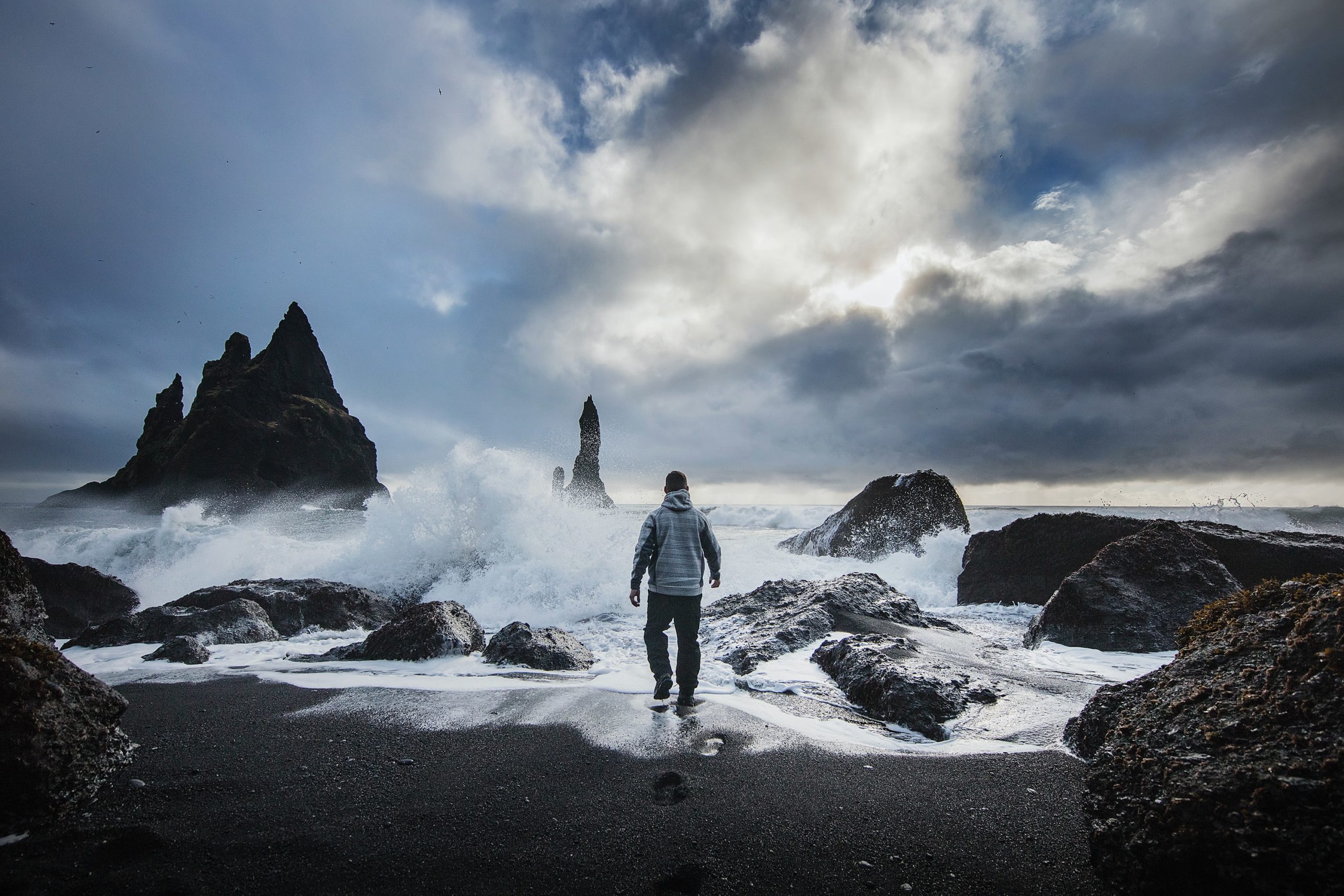
Literal meaning: “Rarely is one wave single.” or “There is seldom a singular wave.”
Intended meaning: Good or back luck is often followed by more of the same
Interestingly enough, this is a sentiment that is known world over. Similar to the saying “bad things come in threes” or “when it rains, it pours”, there is a feeling in many cultures that extreme occurrences come with an entourage.
Recorded in Arngrímur Sigurðsson’s idiom compendium and translation dictionary, Íslenzk-ensk orðabók is one of the most reputable places that we can see this phrase recorded in published text. It is easy to imagine that this is a local saying, but as with many of these phrases- it is hard to know the true origin for certain.
Iceland has always been very focused on maritime trade and activity, and the ocean is an omnipresent visual here. Many things can be leveraged and compared this way- from the behavior of waves and currents, to the cruel realities of the power of the sea and the human life.
So much here is given by the ocean, but so much has also been taken away. It is a sobering reminder, that all coastal living folk do well to remember.
Saying: “að mála skrattann á vegginn”
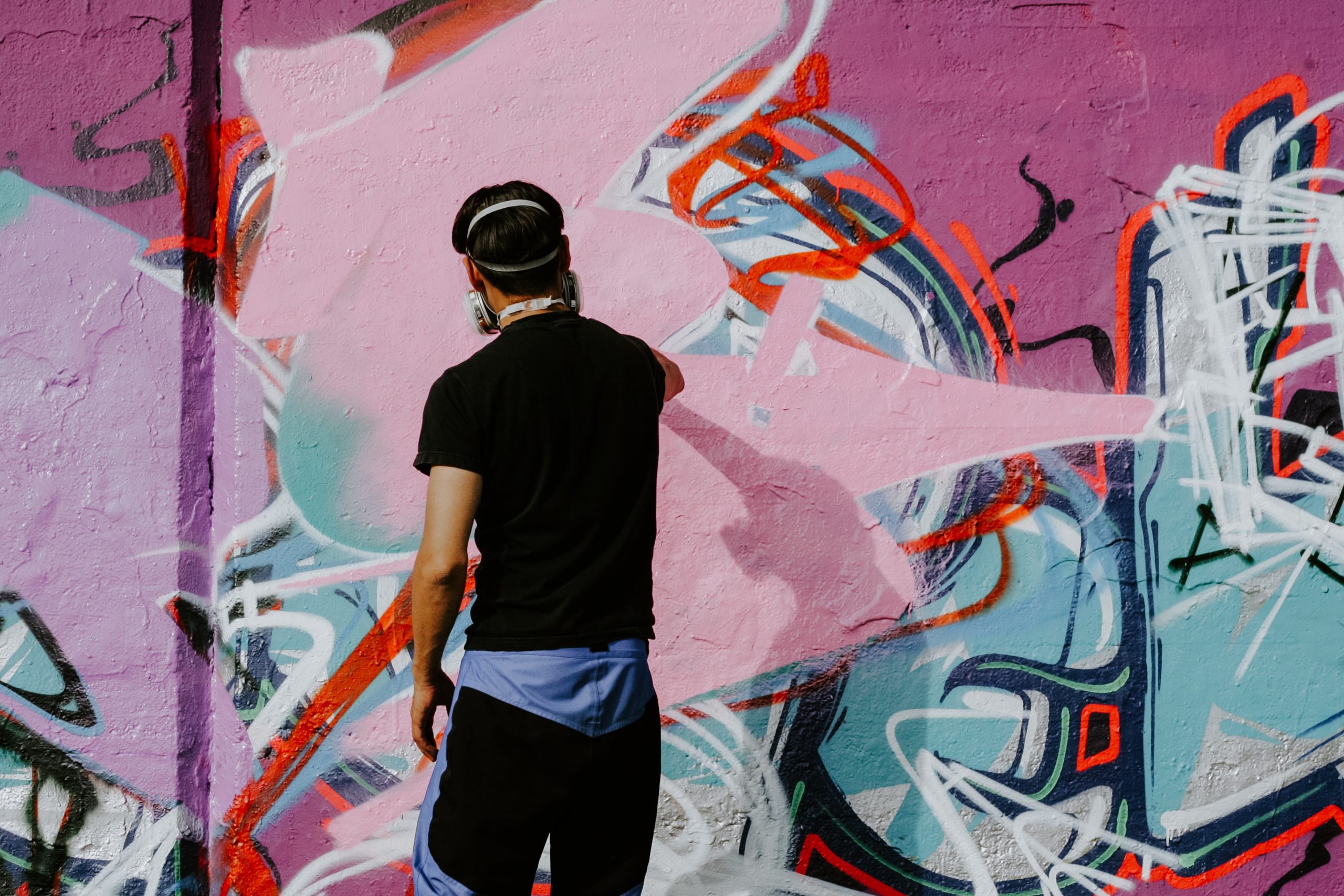
Literal meaning: “to paint the devil on the wall”
Intended meaning: to exaggerate
Another favorite of the news, is this act of exaggerating during a clash of minds. Who hasn’t been ensnared in a hot disagreement, and then upped the stakes by adding some drama? Well, perhaps you, and many of your ancestors, that’s who.
Imagine the scene- you and some peers are trying to work through a situation, and then one of you flamboyantly interrupts the action by painting an actual depiction of the devil on the wall. What a move!
It is brassy to say the least, potentially annoying, and certainly a statement, which I think was your initial goal to begin with. This is a great saying, because it truly encapsulates the feeling that it is trying to touch upon.
When you make that decision to turn the heat up, you are painting the devil on the wall, my friend.
Saying: “að slá einhverjum gullhamra”
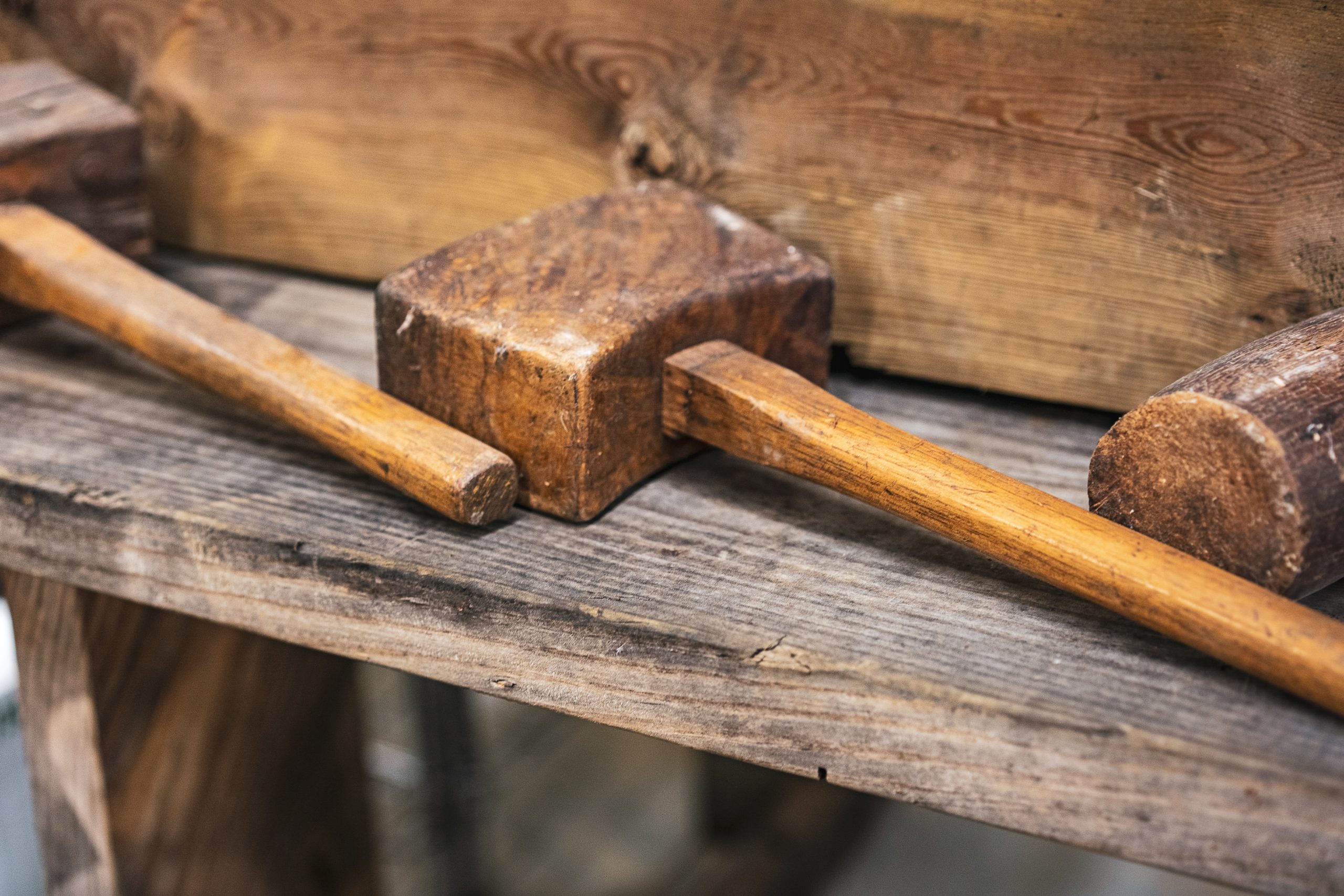
Literal meaning: “to hit somebody with a golden hammer”
Intended meaning: to compliment someone
A striking visual indeed, is hitting someone with a golden hammer. Bringing back memories of “hitting on someone”, “killing someone with kindness”, and countless others, is this golden description of complimenting someone. And it works, doesn’t it!
Receiving a compliment can be a tiny bit painful, despite the golden glow of it. Imagine the fleeting embarrassment of being told you’re cool, or attractive, or talented. Suddenly the wisdom of the hammer analogy is revealed.
Saying: “Ég skal sýna þér í tvo heimana!”
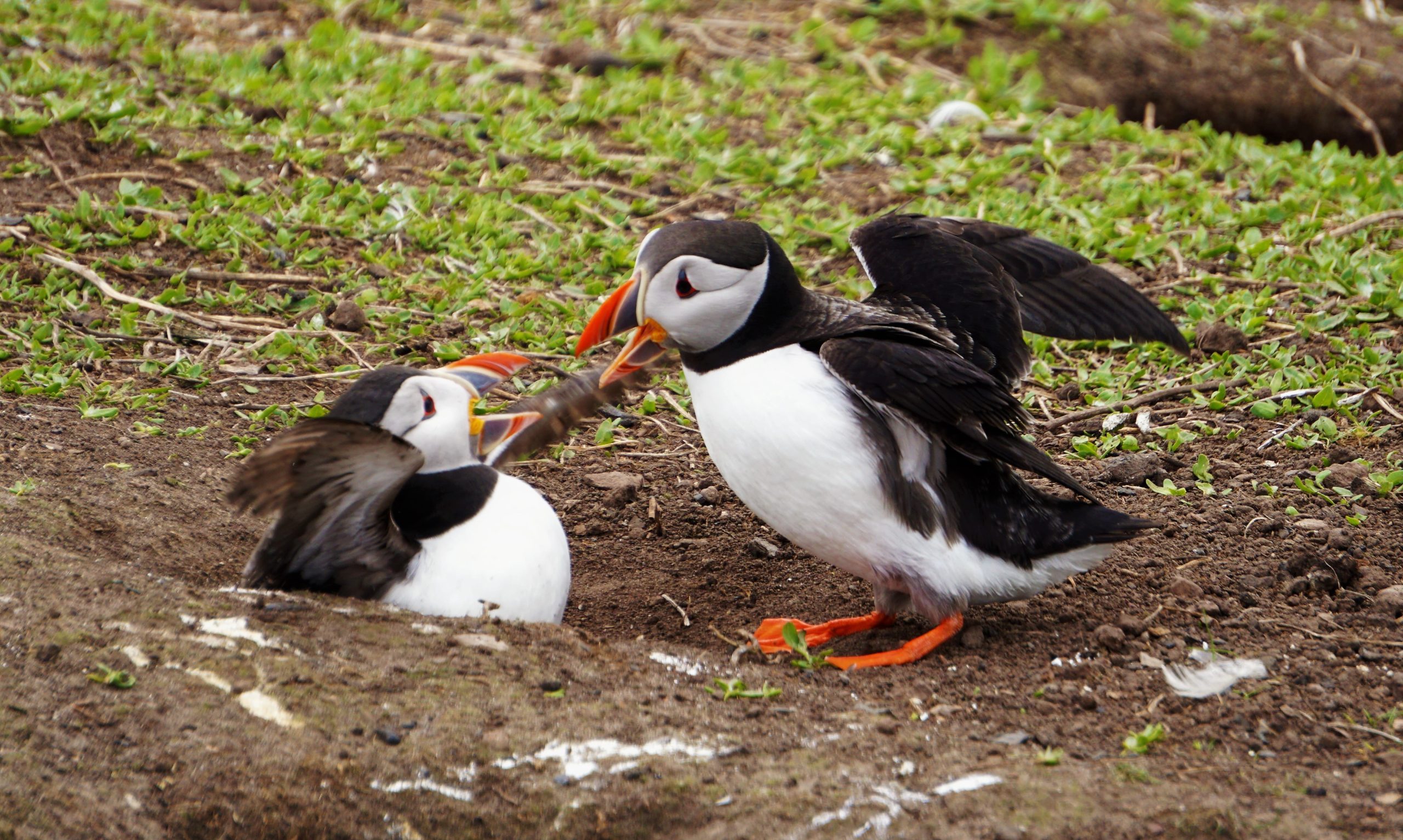
Literal meaning: “I shall show you the two worlds!”
Intended meaning: this is a threat
Ever told someone you were going to knock them into next week? Or that you brought them into this life, and could take them back out of it as well? Perhaps, “meet your maker” comes to mind?
There are so many good fightin’ words to choose from- but these are truly excellent. This saying originates from the belief that upon death, one transits between two worlds.
The realm of those of us who are alive, and the one for those of us who aren’t. There are other interpretations of this, including the belief that there are two specific afterlives. (Any of this sound familiar?)
There are some specifics here that we could debate all day, (including whose religion believes this- it does appear to span a few,) but the point you should be walking away with is that this is a really cool line. We’re not saying you should pick a fight in order to use it, but.. You have to admit it’s pretty incendiary.
Saying: “Gakktu hægt um gleðinnar dyr.”
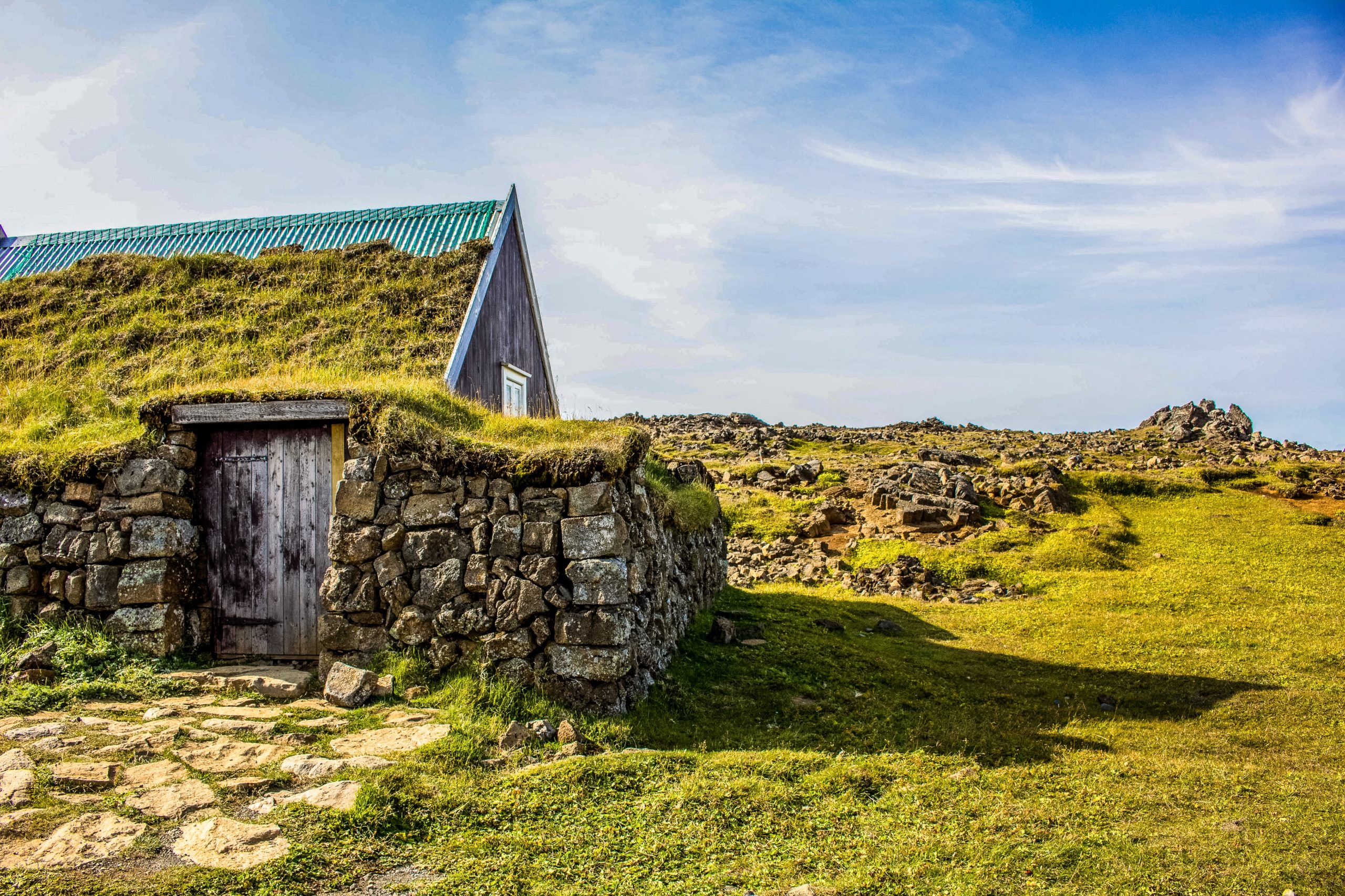
Literal meaning: “Walk slowly through the doors of joy.”
Intended meaning: Don’t get too excited and hurt yourself.
It appears that “all things in moderation” rears its responsible head even here in Iceland. A popular genre of saying, older generations have been carefully repeating this one to younger generations since the dawn of time, and likely will not stop anytime soon. (I think each of us has had an experience at some point that will remind us why that is.)
This is an old phrase, and it’s so important that it even shows up in music! You can hear a song that includes it here.
A favorite explanation of this saying comes to us from author and journalist Alda Sigmundsdóttir. The way that she tells it does not feel too detached from today (especially after this past year and a half)- but it relies on the understanding that back then, there were less opportunities to gather and “cut loose”.
When these opportunities did come around, you can imagine how it went. Let’s dip into our imaginations and see if we can absorb the descriptive goodness from this treasure of a proverb.
Now, after drinking and making merry with the friends you haven’t seen in an age, perhaps you find yourself in a bit of a state. And perhaps, while enjoying the hospitality of the farm that you were all celebrating at, you attempted to leave the epicenter of music and dance to get a breath of fresh air and straighten yourself out or- you know, clean your own doorstep. Ahem.
But you were having too good of a time, you hit your head on the doorframe when you left, and you cracked it with your extreme enthusiasm and destroyed the exit.
So when you find yourself in the hopefully near future, enjoying a wild night out with some friends- take care to remember this wisdom of wisdoms, and pump the breaks a bit before you venture through any doors. In every way that one can imagine.
Saying: “tíu dropar”
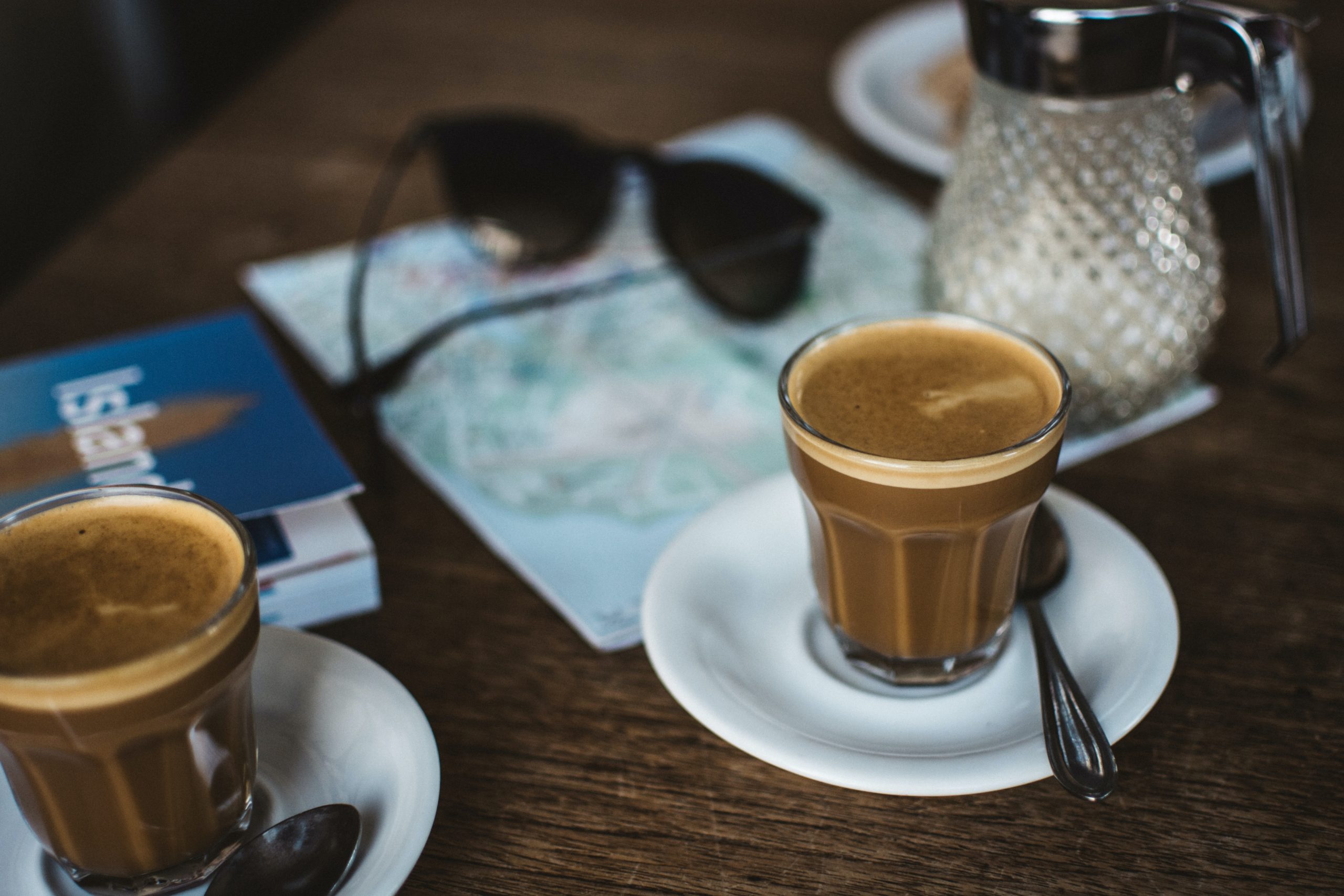
Literal meaning: “ten drops”
Intended meaning: this is a type of amount exaggeration typically related to coffee, but not limited to coffee.
So you’ve made it all the way to the end, and you can see that the title finally ties into the article, and that all shall be revealed with great drama!
This is a popular fragment phrase that has lent its name to music, the name of a popular establishment in Reykjavik, and of course the daily lexicon of many Icelandic people. But what does it mean, these ten drops?
It is not an atypical practice in various cultures to go through a great fuss and prepare an impressive meal to provide hospitality to your visitor.
There are many reasons for this- the modern evolution of hostly manners, the relationship of resources to cultures that have known austerity, and the custom of knowing about this austerity, and therefore refusing the hospitality in order to avoid bringing more of it upon your host. Things like this change and imbed themselves in our interactions over time, but the memory of them is still with us.
You may have heard someone ask if you’d like a “spot of tea”, or “a bite to eat”. These are phrases that often accompany an offering, as it has been in recent times an acceptable thing to present these things humbly. Food and drink of course are vital resources, so it makes sense that we consider their value, even if things are going quite well.
This saying is a hallmark of Icelandic culture, and despite its minutia, it tells the story of a people who survived difficult days but celebrated togetherness despite them. It means ten drops, yes; but it means ten drops for a friend, no matter how many drops you have left, and that is a beautiful thing.
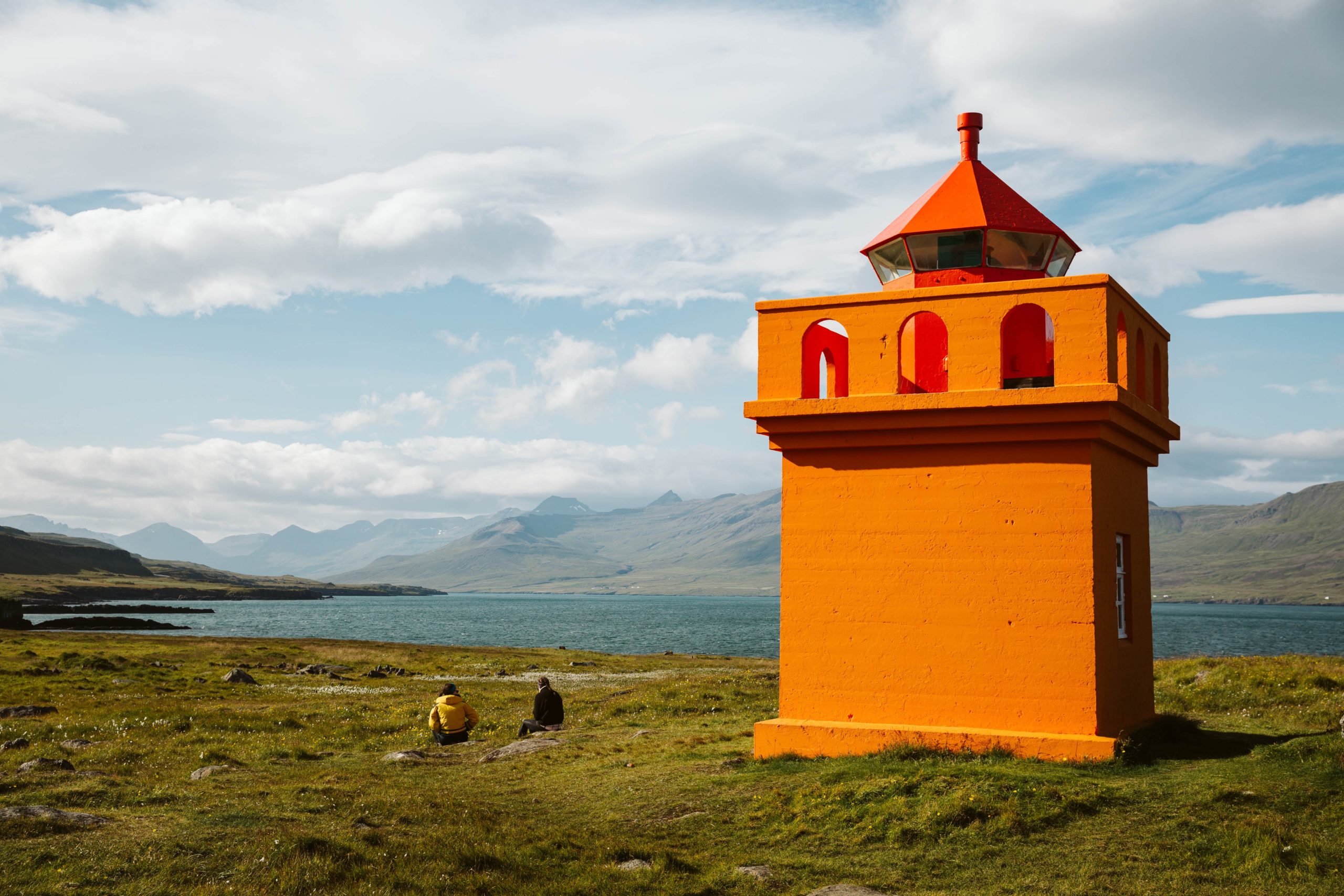
PLAN YOUR JOURNEY
Travelling to Iceland?
Check our overnight tours with a driver guide that includes a one night stay in a bubble.
*Starting from ISK 59.900 per person
The thundering majesty of Skógafoss: Adventures on the South Coast
The thundering majesty of Skógafoss: Adventures on the South Coast
By Taylor van Biljon
Next door to Seljalandsfoss, lay the massive falls of Skógafoss and the winding staircase to the top.
The thundering majesty of Skógafoss: Adventures on the South Coast
By Taylor van Biljon
Next door to Seljalandsfoss, lay the massive falls of Skógafoss and the winding staircase to the top.
Only two hours from the capital, is the breathtaking Skógafoss. At a staggering 25 m. across and 60 m. high, Skógafoss is one of the main jewels on a South Coast tour.
Skógafoss’ wild backyard
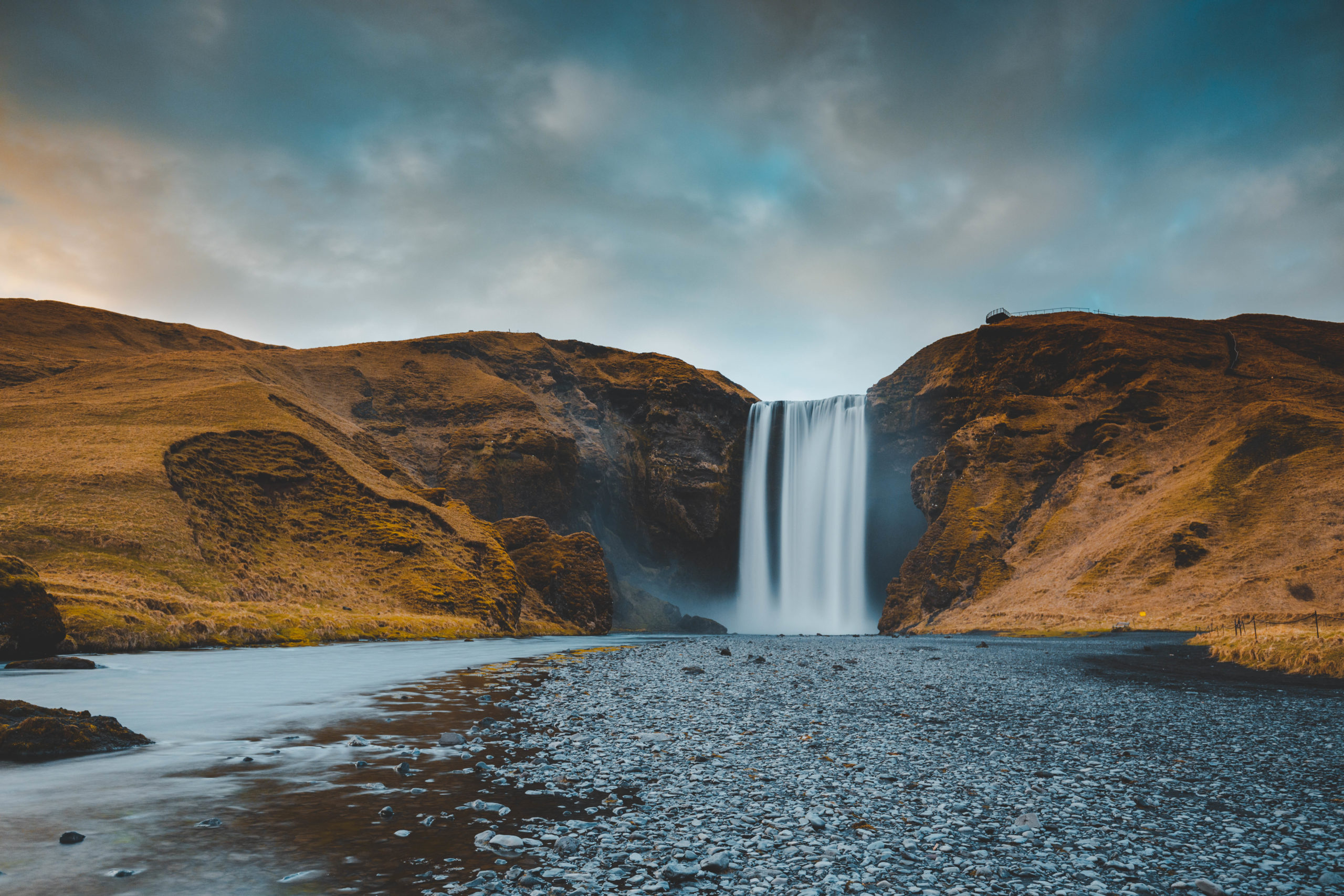
Skógafoss is one of many notable waterfalls in the municipality of Rangárþing eystra, on the south coast side of the Ring Road. This massive curtain fall is 60 m. high like it’s nearby cousin Seljalandsfoss, but is much wider at 25 m. across.
(After learning about the changes that Seljalandsfoss went through in the 60’s, one can only wonder if they looked more similar back then!)
Fed by the river Skógá, Skógafoss is also the grand finale in a series of gorgeous waterfalls. Nearly 25+ waterfalls are located in the river above Skógafoss in the Skógargil ravine, marking the first piece of the Fimmvörðuháls trail.
The waterfall portion of that hike is about 8 km. to and from, but the greater hike is a 25 km. trek across some of the newest mountains in the world, between the subglacial volcanic giants Eyjafjallajökull and Katla.
Fimmvörðuháls can be attempted from either end, at Thórsmörk or by ascending the winding staircase at Skógafoss.
If you begin on the Skógafoss side, the 25+ waterfall path is only the very first part of the lengthy trail, and you will soon find yourself passing mountain huts, wild Icelandic sheep, volcanic snowfields and plateaus, moraines, pumice fields, and, the young Magni and Móði mountains; before descending into the lush valley that is Thórsmörk.
(You can really add to your trek and take the Laugavegur Trail in the Fjallabak Nature Reserve, which will cost you an entire 55 kilometers through colorful Rhyolite mountains and fresh volcanic landscapes. This is mountain highland country however, and it takes even the best trekkers around 4 days to complete.
If you’d like to visit without hiking the entire stretch, you can drive a 4×4 via F roads into this area. Be warned, though, there are not petrol stations out this way, and the terrain is only recommended for experienced drivers with the correct vehicle.
River crossing in the highlands can be treacherous, and the conditions are very quickly changing even during the best part of the year. The Highlands are magnificent, but they are very much their own planet, and they follow their own set of rules.)
PLAN YOUR JOURNEY
Travelling to Iceland?
Check our overnight tours with a driver guide that includes a one night stay in a bubble.
*Starting from ISK 59.900 per person
Visiting Skógafoss
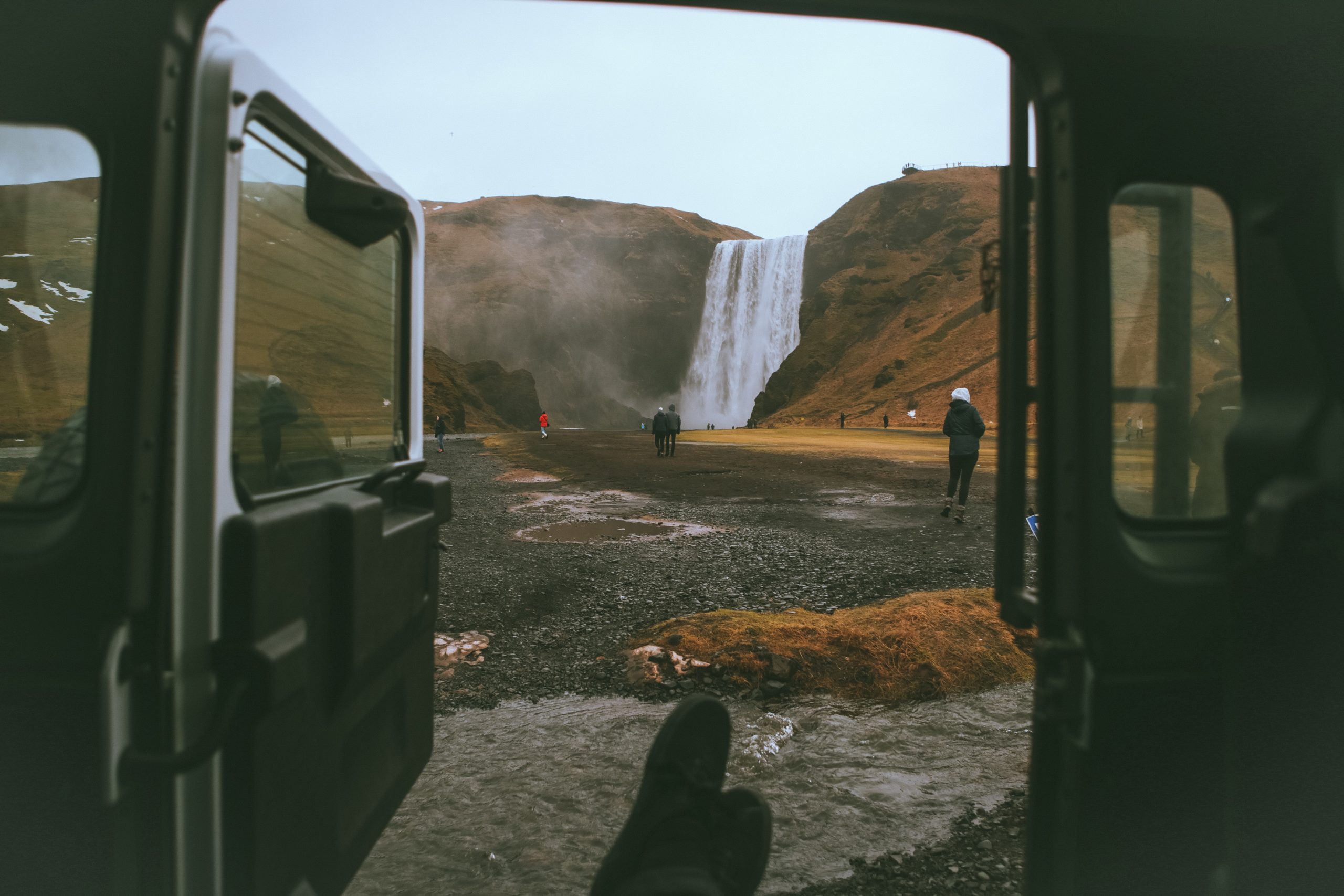
Skógafoss, or “Forest Waterfall” as the name translates, is of course the biggest waterfall in the Skógá chain.
The shelf that Skógafoss careens over marks the former coastline of the country. The coast has since receded nearly 5 kilometers, exposing a vast lowland (sandur) shaped by glacial outpour and time.
These massive sand deserts are ever changing, and are home to braided rivers, fields of rare mosses, and the residual memory of the more fearsome volcanic activity of the past.
The wrath of subglacial eruptions have shaped this place, and the history of them has left this area with a fairly low population despite its fertile ground.
(These great stretches of black ground also happen to be home to a very popular abandoned plane wreck, who is silently standing sentinel on the shores of Sólheimasandur)
Despite the growth of its surroundings, Skógafoss remains one of the most spectacular residents of the area.
Skógafoss creates a massive amount of mist, which can create icy conditions in the area in the colder months. If you plan on getting close to the water, it can be a good idea to bring a walking aid with you while you find your “ice legs”.
In good sunlight, this impressive cloud of mist is known for producing incredible rainbows, which have been the dream of photographers world over for generations.
Skógafoss has also been outfitted with a staircase and observation platform that takes you all the way up to the top of the waterfall- with the most incredible view of the southern lowlands. There are nearly 530 steps though, so get ready for a climb!
The waterfall is served by a parking lot where one can use the restroom, and has at different times in its history hosted a fee for parking. At this time of this writing, that is no longer the case, but it can be good to be aware that parking, national park and attraction entry, and restroom use can at times require a small fee for usage.
These fees help support maintenance of the place, and can often be paid by card, but it is never a bad idea to have some small currency on hand for these types of expenses. (If you don’t use it, you can always spend it on Icelandic pylsur and chocolate at the petrol station! Or at least that is what ends up happening to all of my money.)
Little town of Skógar
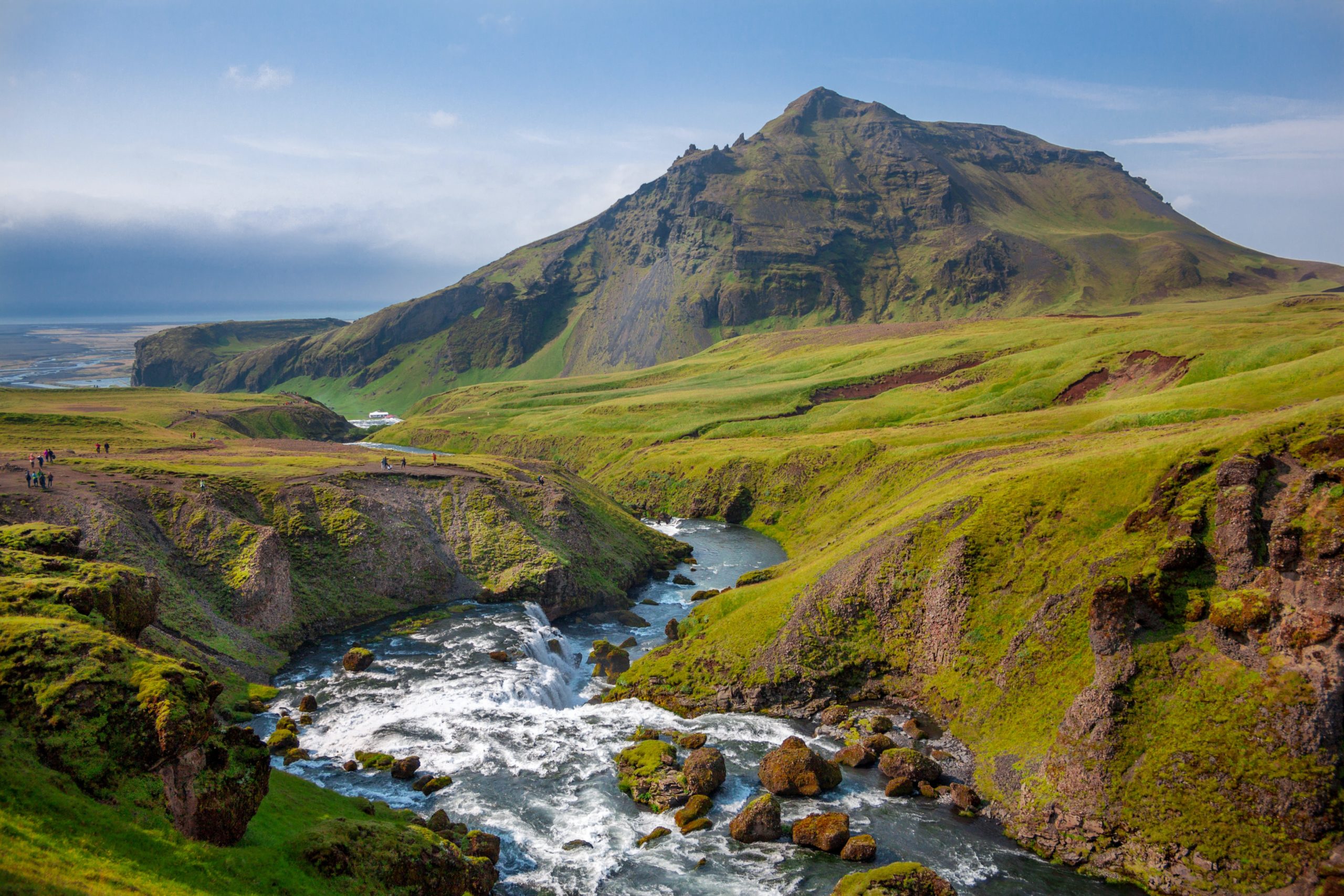
Skógafoss lies directly off of Route 1 in the village of Skógar. The settlements of the village are split into two parts known commonly as: Ytri-Skógar (Outer or Western Skogar/Primary Skógar), and Eystri-Skógar (East Skógar).
Ytri-Skógar, or Skógar proper, is nestled between the Skógá and Kverná rivers and is home to Skógasafn, a cultural heritage museum that boasts a collection of over 18,000 regional artifacts.
This collection is spread out over a campus of 6 historical buildings (the open air museum) and 3 exhibition buildings, which includes the Technical Museum.
The church and farmstead in the village date back to 1890, and the museum parking lot is a popular place to start your hike to the nearby Kvernufoss waterfall- a canyon gem known for the mossy cavern behind it. This is certainly waterfall country!
Like something out of a story
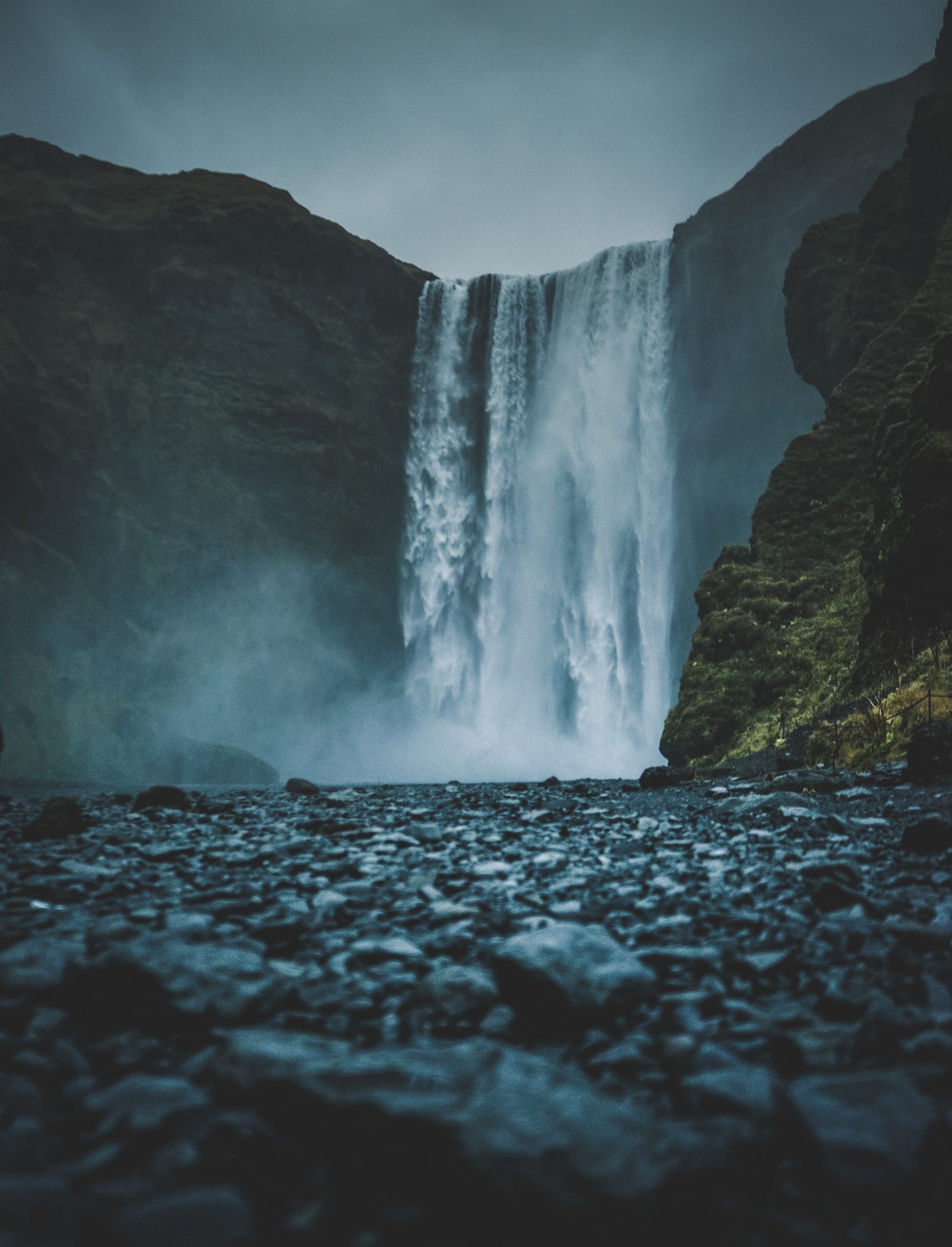
After witnessing the grandeur of Skógafoss, it isn’t hard to imagine how many people have been moved to create art. Included in many paintings, photographs, and even in the spirit of a tradition of Icelandic literature and prose- Skógafoss was born of story, and lives on in story, through the work of both domestic and international film.
Mentioned in the old Saga tale of Þrasi Þórólfsson, the first Viking settler at Eystri-Skógar in the 900s, it is said that he hid a chest full of gold in the depths of the pool of Skógafoss. The verse says that the first to find this chest will find great treasure, but it is unclear whether the treasure remains- or if it was already recovered by one of the sons of Ámundi Þormóðsson.
The story says that one could just see the edge of the chest beneath the falls (though some interpret that it may be in the inaccessible cave behind the falls)- and that these sons went to retrieve it.
A few difficulties befell them on this quest, including the farm nearby catching fire and various other delusions, but they were eventually able to grip the chest by one of its golden handle rings.
After a great struggle the chest detached and fell deeper into the pool, evading capture. If this story is indeed true, then the ring on the church door of Skógar was that very ring that they made away with. Back in those days, it was not unusual to display such treasures at the local holy places, but imagine having such a thing right out there on the front door!
(But I suppose when your village has a population of approximately 20 people, it’s a bit easier to do.)
After many years and a few changes to the original church, the fabled ring was donated to the Skógasafn. You can now go to view that ring in the nearby cultural museum where it is protected and on display.
It does make you wonder, what else may lie beneath the thundering falls.. Perhaps a one ringed treasure chest still awaits? (I wouldn’t suggest having a look. The temperature and power of the falls are deterrent enough for me! You can hear Skógafoss’ booming voice from far enough away to know that a swim would not end well.)
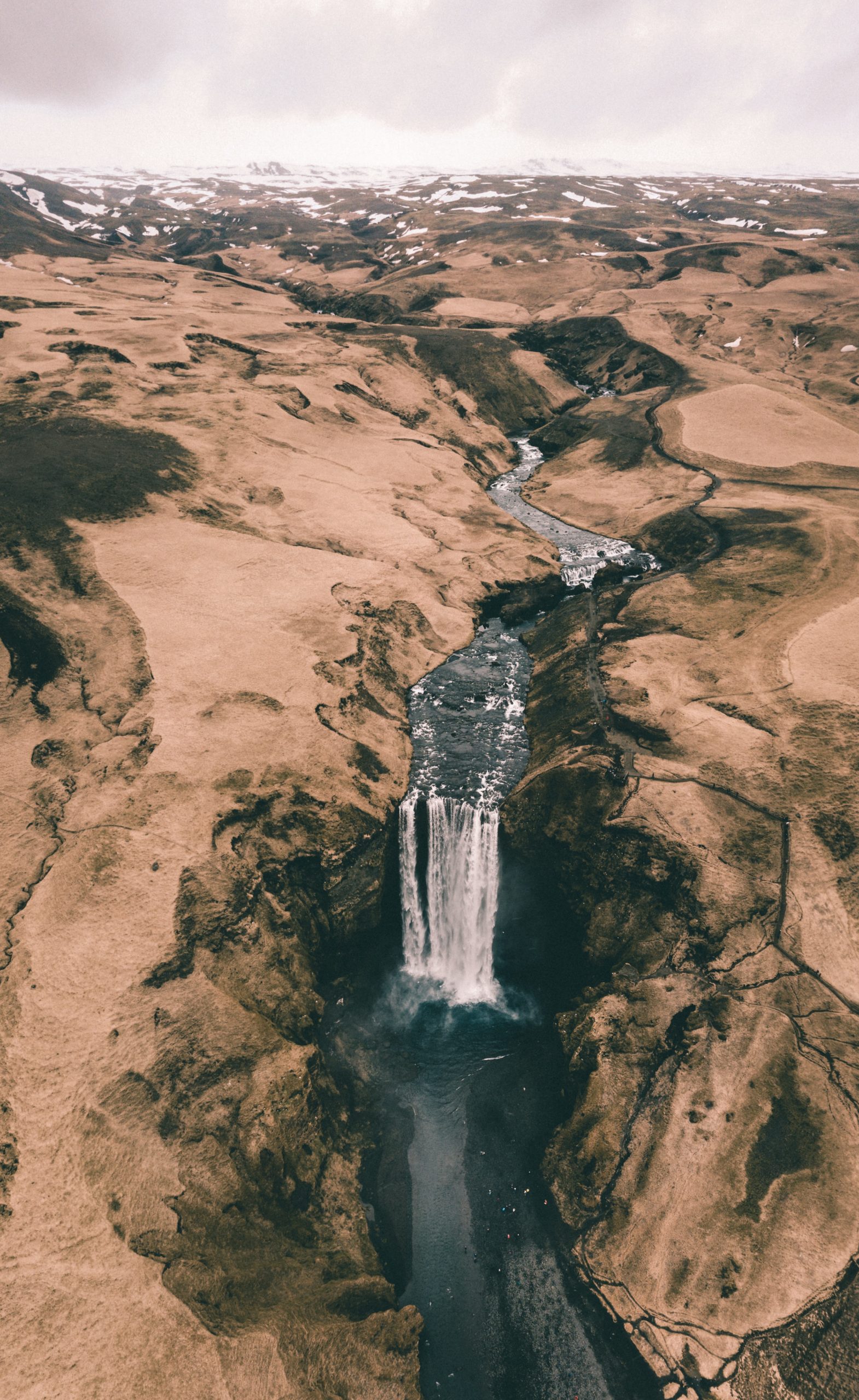
There are other stories of Þrasi in the Þjóðsögur Jóns Árnasonar (The Folklore of Jón Árnason), including a tale about Þrasi and his neighbor Loðmundur, and about how their quarrel over land shaped the very river that runs through it.
They were both said to be in possession of magical ability, (which was not unheard of back in the settlement times.), and like many agrarian settlers, they fought over the border between their lands.
They changed this border and its features many times, which eroded the area and caused the great sand wastes. They eventually quelled their argument upon realizing the damaged they had caused to their surroundings, and agreed upon a final path for the river.
To this day it runs through that area, but the strange currents in it can be blamed on the two neighbors and their meddling.
So be careful about the fights that you foster with your village mates- you may end up putting an unnatural current in your local waterway!
These are among the older stories that we have about Skógafoss, and it is incredible to see its name in that archaic print. Despite the changing face of nature here, it is fascinating to imagine the Viking setters that once admired these falls, much like we do today.
But the admiration continues on, as Skógafoss continues to appear in new stories, even now. Skógafoss appears in many television programs, including popular hits like “Vikings” and “Game of Thrones”. You can also find it in films like “Dilwale”, “Thor: The Dark World”, “The Secret Life of Walter Mitty”, and music videos from artists like Sólstafir and Justin Bieber.
Immortalized in the historic poetry of the Sagas, and continually captured and recaptured today, it is safe to say that our admiration of the treasures of nature have not ceased over the generations. It would be near impossible not to marvel at the majesty of such a thing.
How to get to Skógafoss:
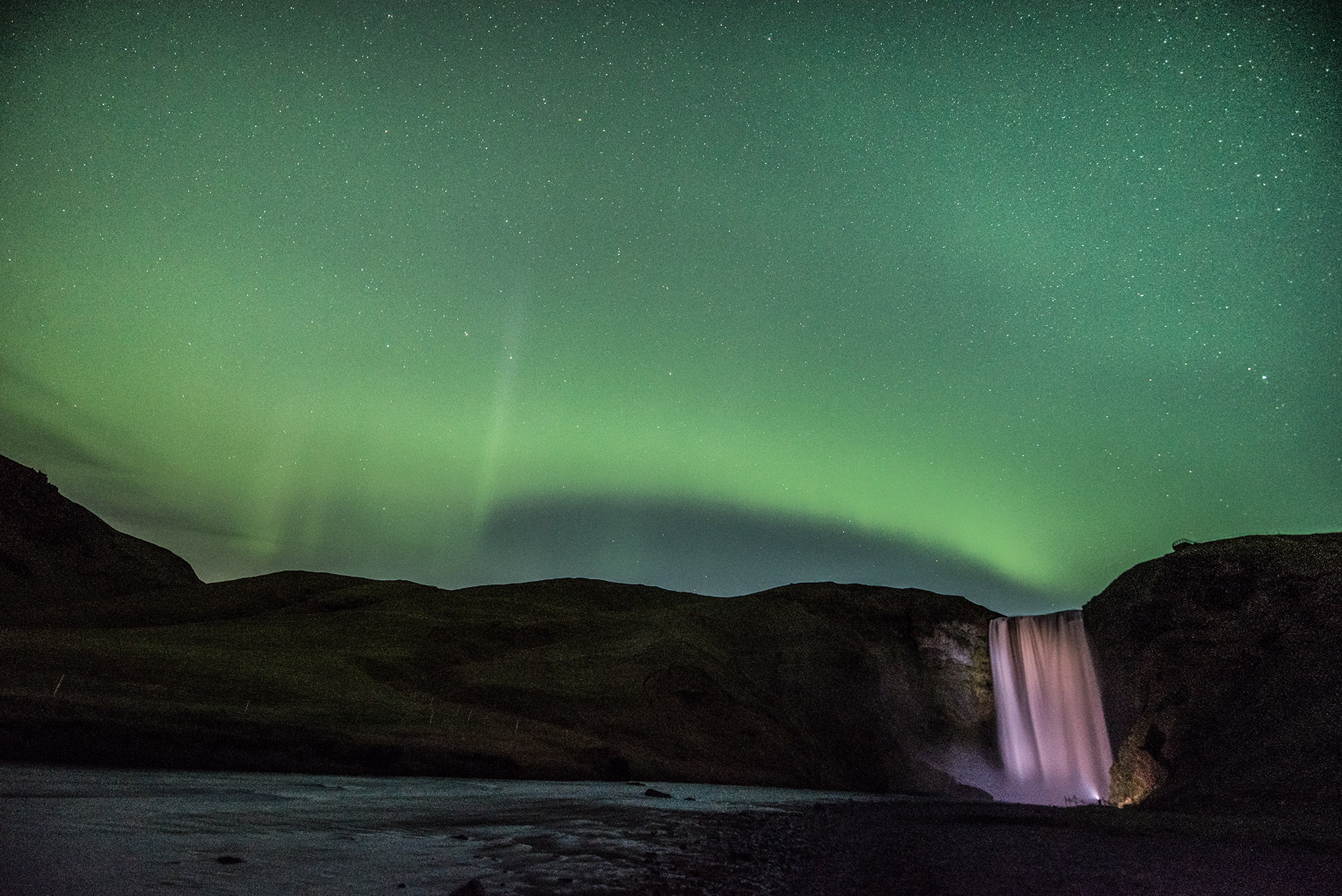
Fortunately, this wonder is only 25 minutes drive down Route 1 from Seljalandsfoss. Sitting a mere 2 hr (155.6 km) southeast from Reykjavik, Skógafoss is visible from the main road and is a similarly easy stop to make on a South Coast adventure.
This is a great day trip option, and a fun stop to make before heading off to the black sand beaches of nearby village Vík, which is only another 30 minutes away. And it’s just in the area of our southern Bubbles, which make a great respite if you attempted Skógafoss’ winding vertical stairs!
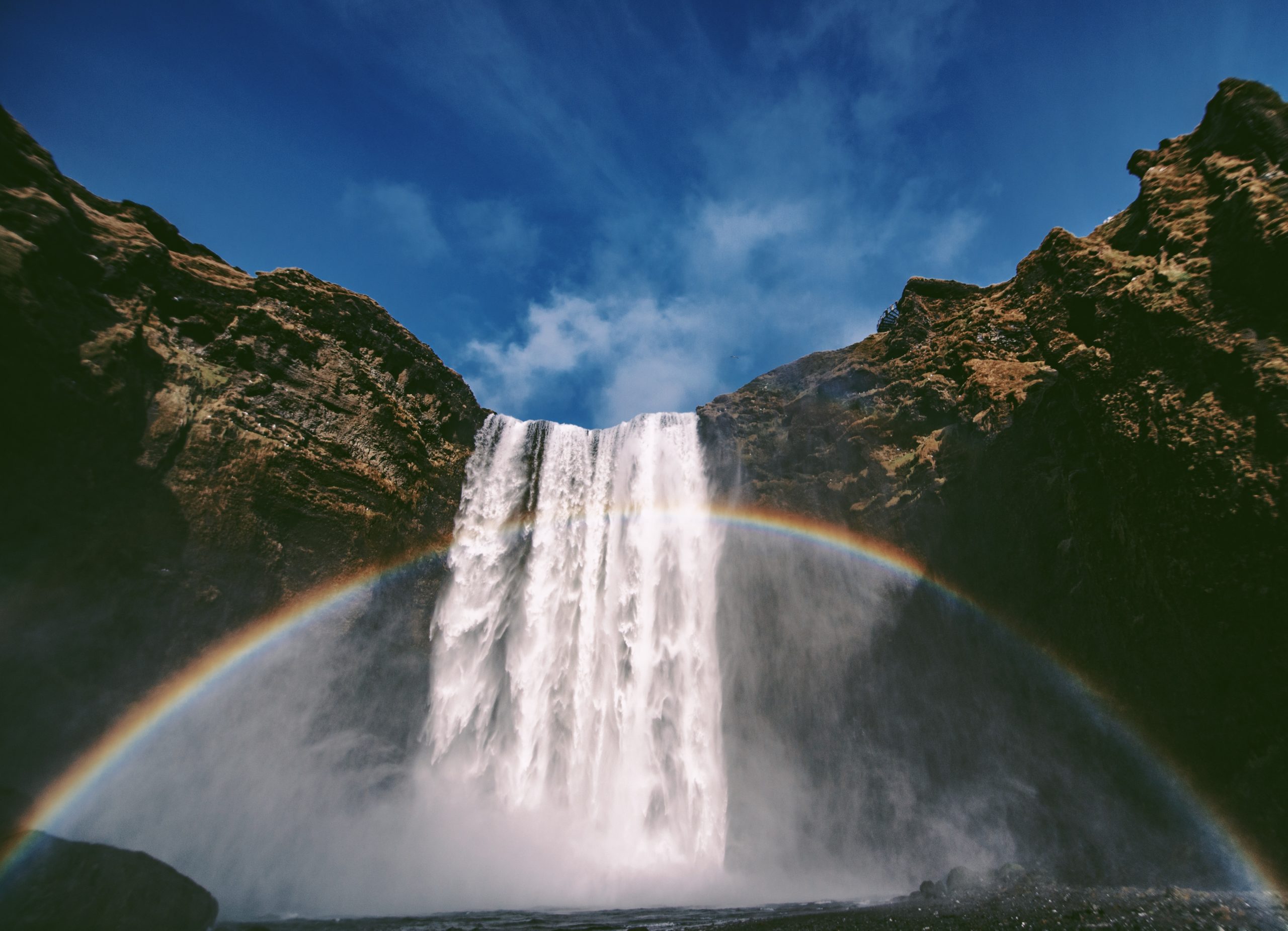
PLAN YOUR JOURNEY
Travelling to Iceland?
Check our overnight tours with a driver guide that includes a one night stay in a bubble.
*Starting from ISK 59.900 per person
Seljalandsfoss and the magic cavern: Adventures on Iceland's South Coast
Seljalandsfoss and the magic cavern: Adventures on Iceland's South Coast
By Taylor van Biljon
One of the first magical stops on a South Coast adventure, Seljalandsfoss is a wonder that you can see from BOTH sides.
Seljalandsfoss and the magic cavern: Adventures on Iceland's South Coast
By Taylor van Biljon
One of the first magical stops on a South Coast adventure, Seljalandsfoss is a wonder that you can see from BOTH sides.
Seljalandsfoss, lies just 1 hour and 40 minutes southeast of Reykjavik on Route 1, otherwise known as the “Ring Road”. A popular first stop on a South Coast drive, Seljalandsfoss is known near and far, as a waterfall that you can walk behind.
How to get to Seljalandsfoss
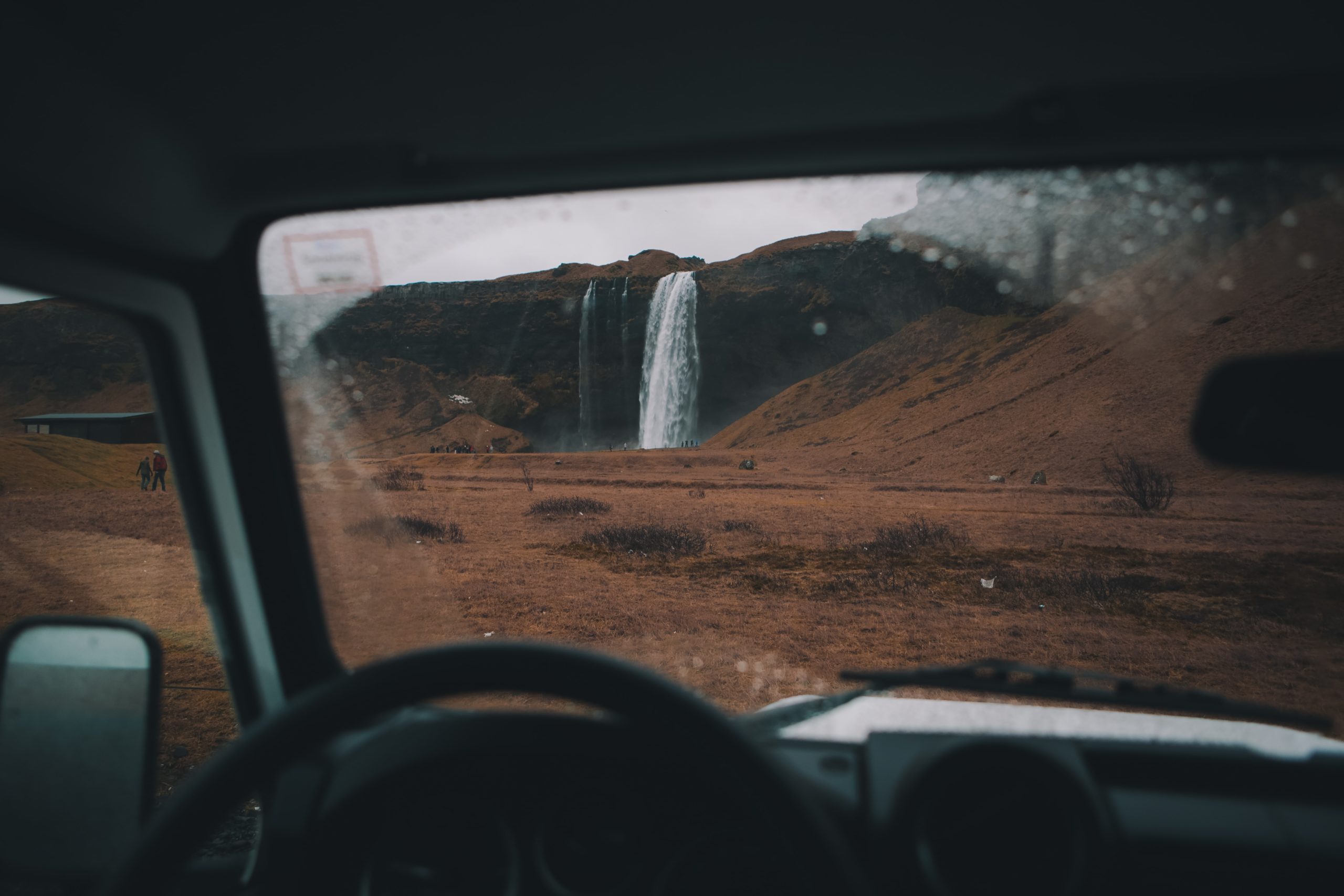
These are some of the easiest directions we’ve got! Only 120km. away, mighty Seljalandsfoss is directly accessible from Route 1 traveling south from Reykjavik, and is a great day trip option. You can reach the falls in just 1 hour and 40-45 minutes from the capital, and you’ll definitely want to make a stop here.
You’ll know you’re close when you see the sign, and it’ll become visible on your right as you approach.
When you arrive at the parking area, you will note that there is a small shop and access to restrooms, but know that these things may not stay open very late at night.
Unlike many dramatic natural treasures of Iceland, this one requires virtually no hiking or meandering into an interior road. Seljalandsfoss and it’s wider cousin Skógafoss are both, in fact, just one turn off of the main road.
PLAN YOUR JOURNEY
Travelling to Iceland?
Check our overnight tours with a driver guide that includes a one night stay in a bubble.
*Starting from ISK 59.900 per person
The magical path behind the falls
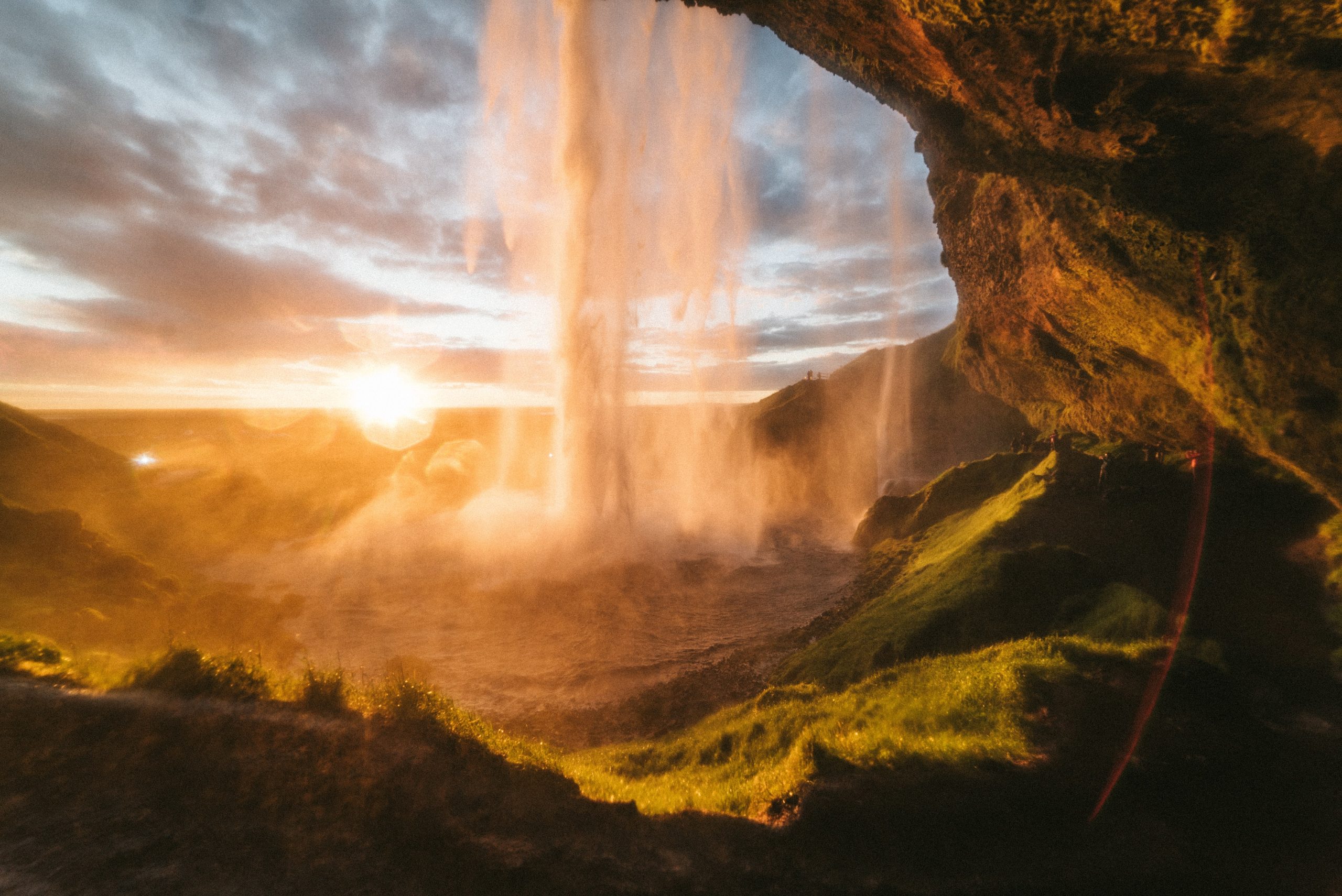
Seljalandsfoss is known for the path that takes you directly behind it. Often photographed from within the cavern behind its thundering curtain, this is a truly magical experience.
The pathway that leads up to the waterfall will lead you behind the falls themselves, and may get you fairly wet depending on the wind and the season. You will be somewhat protected in the shallow cave behind it, but be prepared!
The mist that these great falls create is deceptively heavy, and can create muddy or slippery conditions on the path, or permeate any non waterproof clothes. (Which is likely not how you will want to begin your South Coast tour.)
Like all nature exploration in Iceland, it is good to come armed with the right gear- regardless of how tame the way may appear.
About Seljalandsfoss:
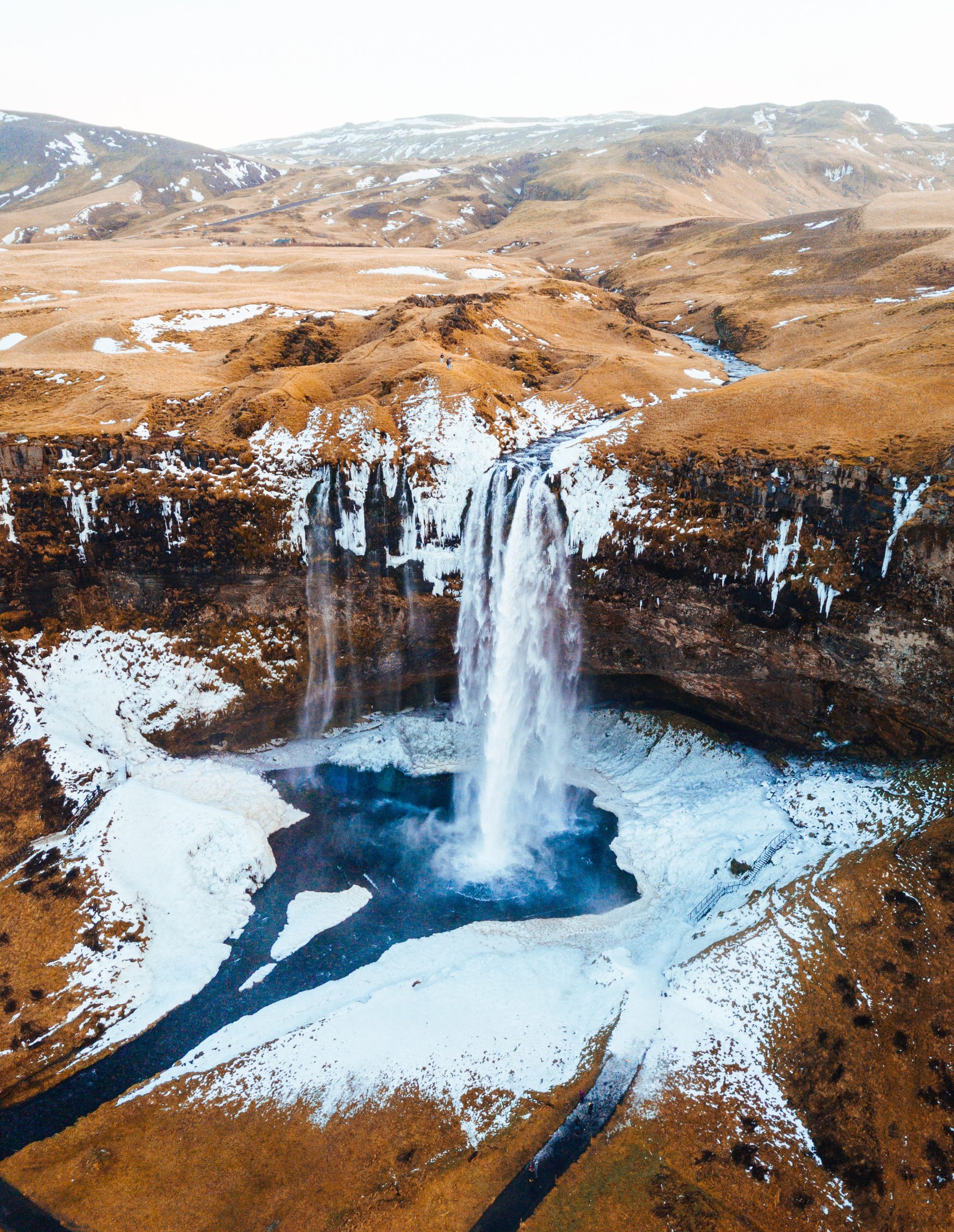
Because of its visible proximity, it would appear that Seljalandsfoss is fed by the meltwater of slumbering Eyjafjallajökull, the glacier nearby. Glaciers in Iceland are the source of many rivers and falls, and while some of the meltwater of Eyjafjallajökull may very well find its way down into the Seljalandsá river, it is not the primary source of the waterfall.
Fed by a spring in the Seljalandsheiði and Hamragarðaheiði heath, the Seljalandsá comes from deep within the shelf of earth that the falls crash down from. We can sometimes guess at the source, by how the water actually looks. A directly glacial source would produce a more opaque type of water- carrying the fine ash, dirt and particulate matter that is so often indicative of glacial runoff.
This is a historically volcanic area- and so of course old ash makes its way into most things, but the waters of Seljalandsfoss are quite clear and free of visible debris.
During the seasonal snow melt, the river can swell and carry more soil and surrounding runoff matter, but typically this source is free of particulate. If you manage to fit in a Golden Circle tour, try comparing the colorful glacial waters of Gullfoss to the cool, clear waters of Seljalandsfoss- and see for yourself! Both are incredibly pure in their own way, but they wear their different sources on their sleeves.
Seljalandsfoss is one of multiple waterfalls in this area. As one of the larger falls, Seljalandsfoss is around 60m high, and it empties into a fairly small pool. Referenced by Ferðafélag Íslands in their 1977 Árbók as an example of a brimrofsfoss or even a brimklifsfoss style fall, these terms describe a waterfall variety that is forced over the top of a cliff edge, as opposed to cataract style falls like Gullfoss.
It is so easy to be visually spellbound by the incredible majesty of Seljalandsfoss, that is can be easy to forget that it is actually part of an entire series of falls that, further upstream, travel through Tröllagil (Troll Gorge) to Tröllagilsmýri (Troll Gorge Marsh) before making the grand finish over the cliff edge. For many of us, the final grand exit of Seljalandsfoss is the only piece of the journey that we will ever witness.
It is however possible to hike the heath above Seljalandsfoss to enjoy the vast view from the top of the land shelf, but it is an experienced hike that is recommended to attempt with a trained guide.
One can look all the way down to the wild sea from atop giant Eyjafjöll, and explore the lush blooming hollows that follow the river all the way down to the falls. Few ever venture this far in- and it is a secret paradise to be sure.
Volume, wind and rainfall change the flow of the water frequently, so you never know what face of Seljalandsfoss you’ll get on any particular visit.
In fact, though the Seljalandsfoss that many of us know today is widely unchanged- large natural events have made their marks on it over time. In January 1976 large precipitation measured at nearby Skógar (101mm.) and a related landslide on Steinholtsjökull glacial tongue released flash flood waters that impacted the visible brink of Seljalandsfoss; and changed the silhouette that locals were so used to, forever.
Lessening its flow spread, the curtain of water that falls down from Seljalandsfoss is now considerably smaller than it was prior to the 1976 flood. As a person who was only born after that flood, it is hard to imagine Seljalandsfoss looking any other way.
Though we find it gorgeous still, it is a good reminder that one can never seek the beauty of nature too often, because you cannot know when it will remake itself.
All of these things are subject to the will of these amazing forces, and we can never know what events will change them. Despite being an island centered around lava and ice, two of the most changeable natural entities that exist- this is a truth that can be hard to absorb.
Seljalandsfoss flows year round, but seasonal factors can create difficulty with accessing it up close. Excessive rainfall can create muddy conditions on the path behind it, and low temperatures in winter can form some outrageous ice.
The path is susceptible to closure if it becomes dangerous, but know that approaching the larger waterfalls in winter can come with some far-reaching frozen paths, due to the range of the mist. It’s never a bad idea to carry hiking poles or crampons if you intend to get close and are concerned about your ice-walking abilities, in the best circumstances. Fortunately, this waterfall is so big that one doesn’t need to get very close to truly appreciate it’s towering grandeur.
A treasure in all seasons- Seljalandsfoss is a wonder under the northern lights, and, the midnight sun. Because of the path behind the water, it is often possible to capture striking rainbow or aurora shots from inside the cavern- a thing you may already have seen on postcards, films, or even your computer screensaver.
In fact, Seljalandsfoss is quite famous for a waterfall! You can see Seljalandsfoss on television in The Amazing Race and Star Trek: Discovery. It also appears in the Justin Bieber music video for the song “I’ll Show You”, and the films CKY2K, and, The Juniper Tree. Not bad for an actor that never talks!
Photographing the falls:
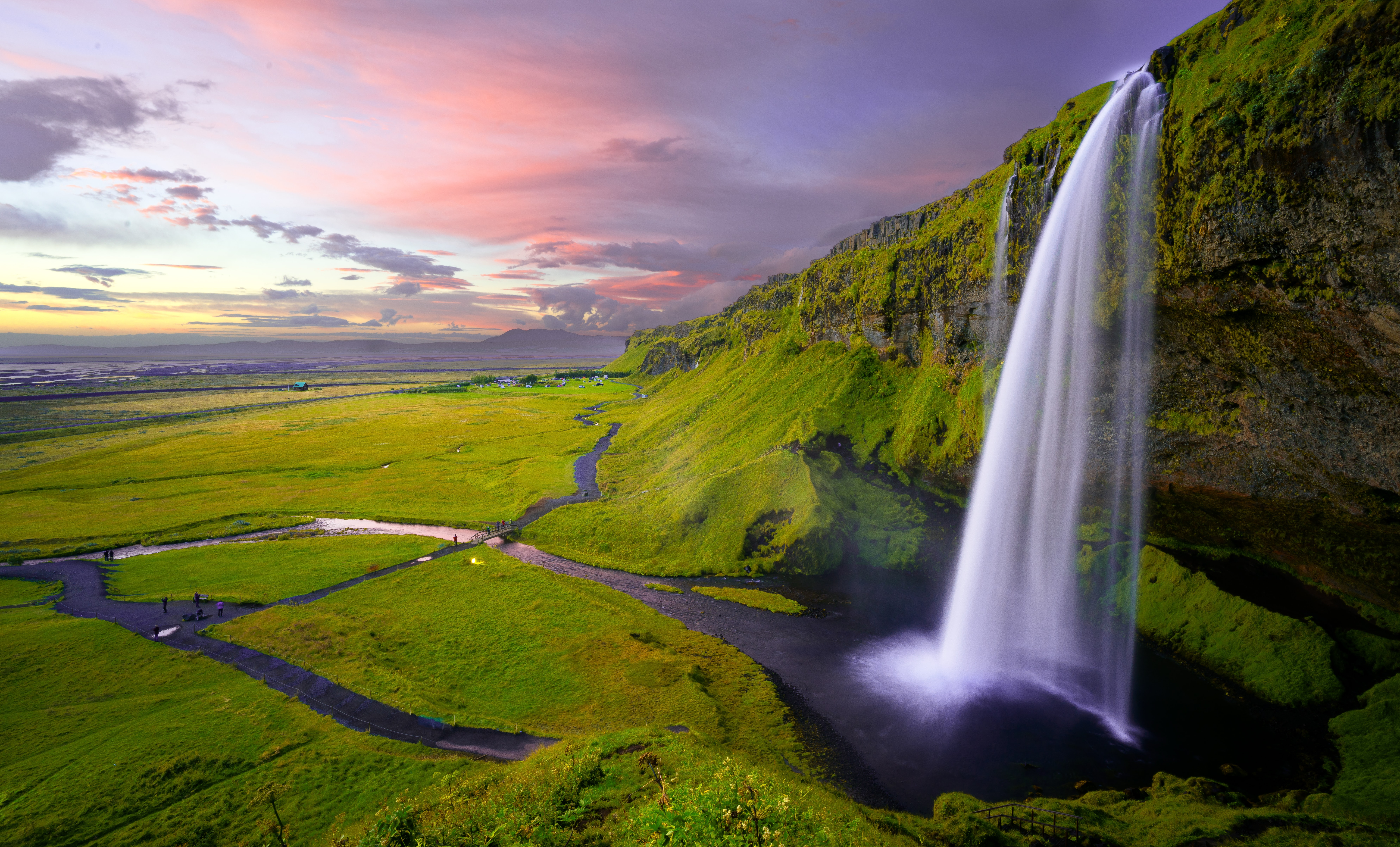
Catching a shot of the sun hitting the water from inside the cavern is surely a bucket list Iceland shot.
If you’re here in the winter, don’t worry! Seljalandsfoss is illuminated through the dark winter nights, and it is a spectacular thing to see- particularly if you can catch an aurora dancing overtop. The soft illumination of the water helps a great deal with an image like this, and really brings out the foreground for an indescribable view.
Like many things in Iceland, (looking at you, auroras-), a wide angle lens can be a great help in situations like these. You will find that despite its fairly tall and thin appearance, once inside the cavern- Seljalandsfoss becomes quite a wide shot.
Cameras take a beating during waterfall shots- and the hardiest rig can get waterlogged if you’re not careful. Be prepared to constantly clear the lens of water droplets otherwise, which can be a big challenge once you are wet yourself.
And don’t forget golden hour! The light in Iceland changes pretty drastically throughout the year, so it is good to be certain. If you are visiting in June, your available light will be very different from a person visiting in March. You can check this, and other similar factors at websites like time & date.
This is a great way to see the light map for the year, the sunrises and sunsets, and even things like moon phase- which is good to know if you plan on shooting northern lights.
You can also use tools like this golden hour calculator– but don’t forget to experiment yourself. Iceland is a photographic treasure box of different types of light, and even with the broodiest cloud cover, you will find that there’s something beautiful to capture. So don’t forget to look for yourself, because that is when some of the most spectacular subjects are to be found.
The nearby secret of Gljúfrabúi waterfall
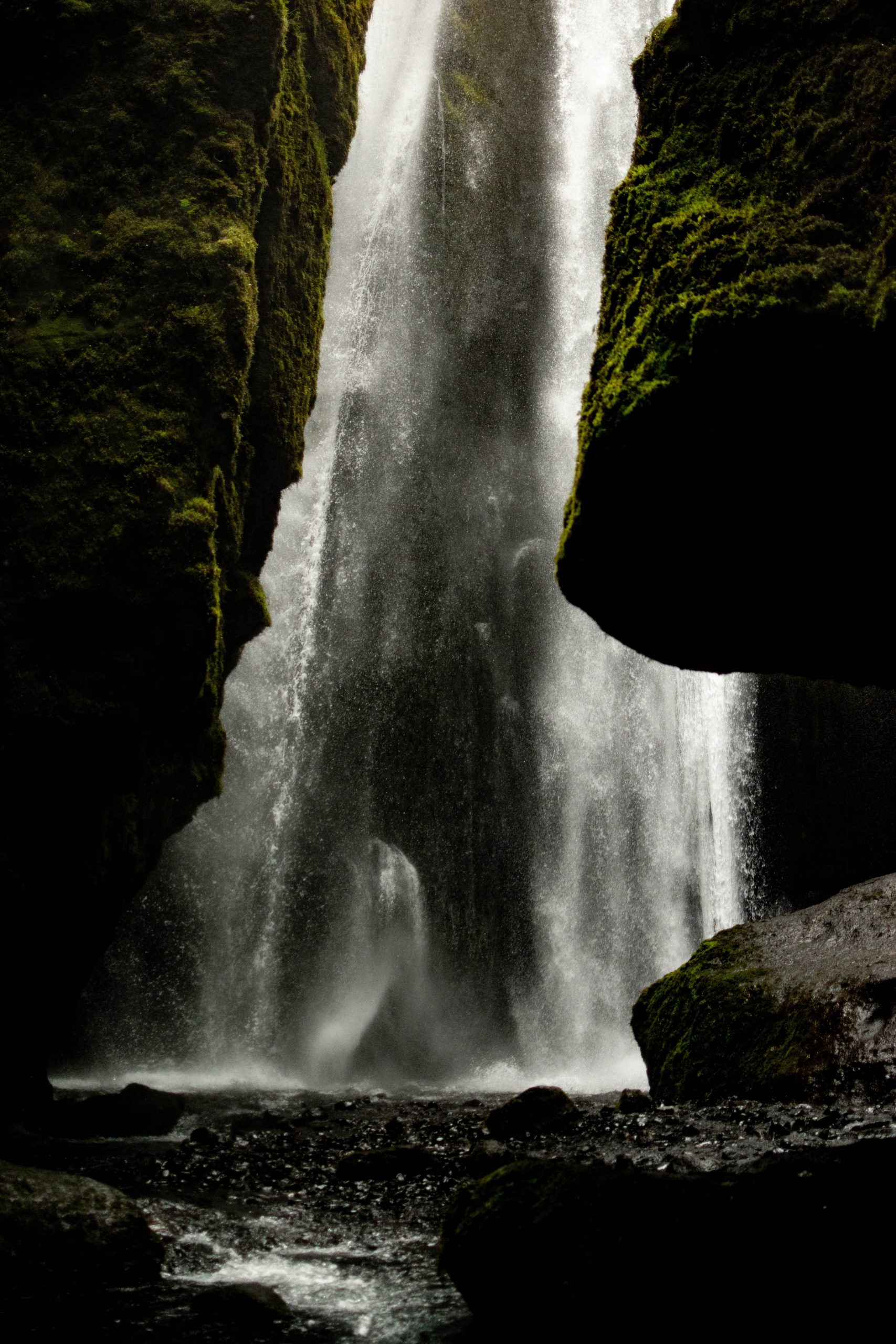
And since you’ve made it all the way down here, we’ll throw in a small tip.
One of our most beautiful waterfalls, Seljalandsfoss is not very secret. (It would be hard to keep that secret at least, seeing as how it is very visible from the main road and massive.)
However, just a bit further to the west- there is a lesser known sibling to this great fall, called Gljúfrabúi, or “Canyon Dweller”. Said to have housed hermits, and possibly the hidden folk themselves- this small waterfall is a rival to its neighbor indeed.
There is a small marked trail between Seljalandsfoss and Gljúfrabúi, and it only takes about 10 minutes to walk. Depending on the water volume that day, you may pass by some smaller falls or rivulets coming down off of the shelf, but you’re looking for something more surprising than that. After nearly 750m., you’ll come to a nondescript slice in the rock shelf. Many pass by this treasure- but it is truly a remarkable thing.
Boasting a smaller 40m. drop, Gljúfrabúi is hidden away by its own palagonite canyon walls, but you can just see it through the eye of the chasm at the entrance. You will see the crystalline stream exiting the canyon, and you can follow it right in. It is possible to wade directly in the stony stream, but if the water volume is low, you can creep along the sides without getting very wet.
Walking down into Gljúfrabúi is like venturing into a layered paper cutting, as the many walls of the tiny canyon jut out and surround you. They are like a myriad of carved doorways in a row, and in the summer they are draped with rich green moss that grows bright off of the delicate mist and dew of the falls.
When you get all the way to the end, you’ll find yourself in an atrium of sorts, where the falls come down. There is a massive boulder there that you can carefully climb for an amazing look up into the light, and of course, for a great photo.
There are many small hiking opportunities around Gljúfrabúi, including ways up onto the heath above for an incredible view. These paths are old and have been enjoyed by locals for generations, but they are challenging and steep, and are best left to experienced hikers.
The view from the heath is spectacular, but it comes with a damp ascent and can be accessed in easier ways with a professional guide. (Besides, they might be able to point out of some of the huldufólk while you’re up there with them! Nothing beats a safe view with a good story.)
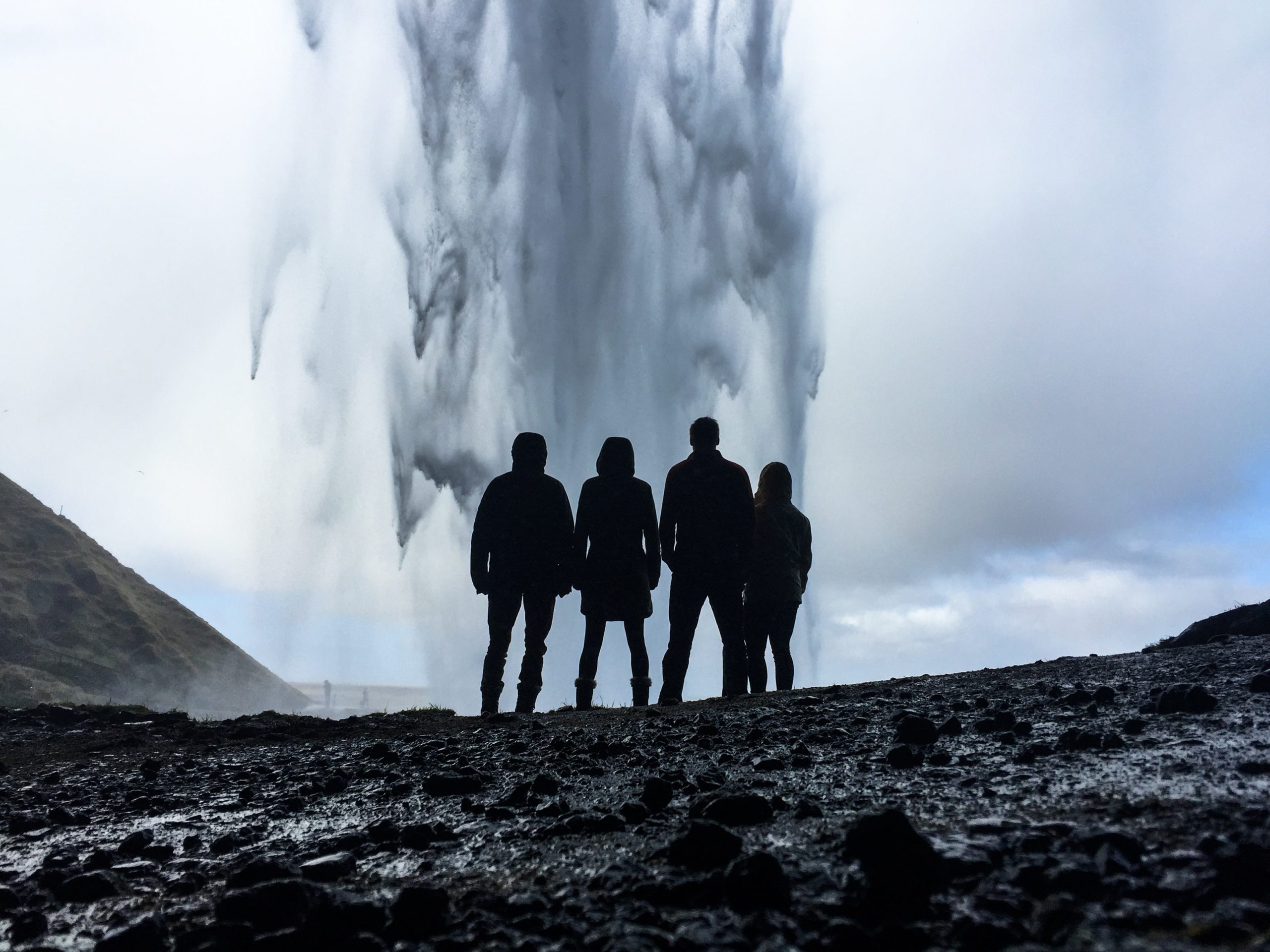
PLAN YOUR JOURNEY
Travelling to Iceland?
Check our overnight tours with a driver guide that includes a one night stay in a bubble.
*Starting from ISK 59.900 per person
Hveragerdi, Iceland: Hottest little town in the South
Hveragerdi, Iceland: Hottest little town in the South
By Taylor van Biljon
Nestled in the shadow of Mount Hengill is the bubbling and steaming little town of Hveragerdi.
Hveragerdi, Iceland: Hottest little town in the South
By Taylor van Biljon
Nestled in the shadow of Mount Hengill is the bubbling and steaming little town of Hveragerdi.
Hveragerdi, Iceland (also known as Hveragerði), lies just over 40 minutes east of Reykjavik over the Bláfjöll mountain range. A popular geothermal region, Hveragerdi is known for its smoky hiking paths and greenhouses, and is an important stop on any south coast adventure.
Where is Hveragerdi?
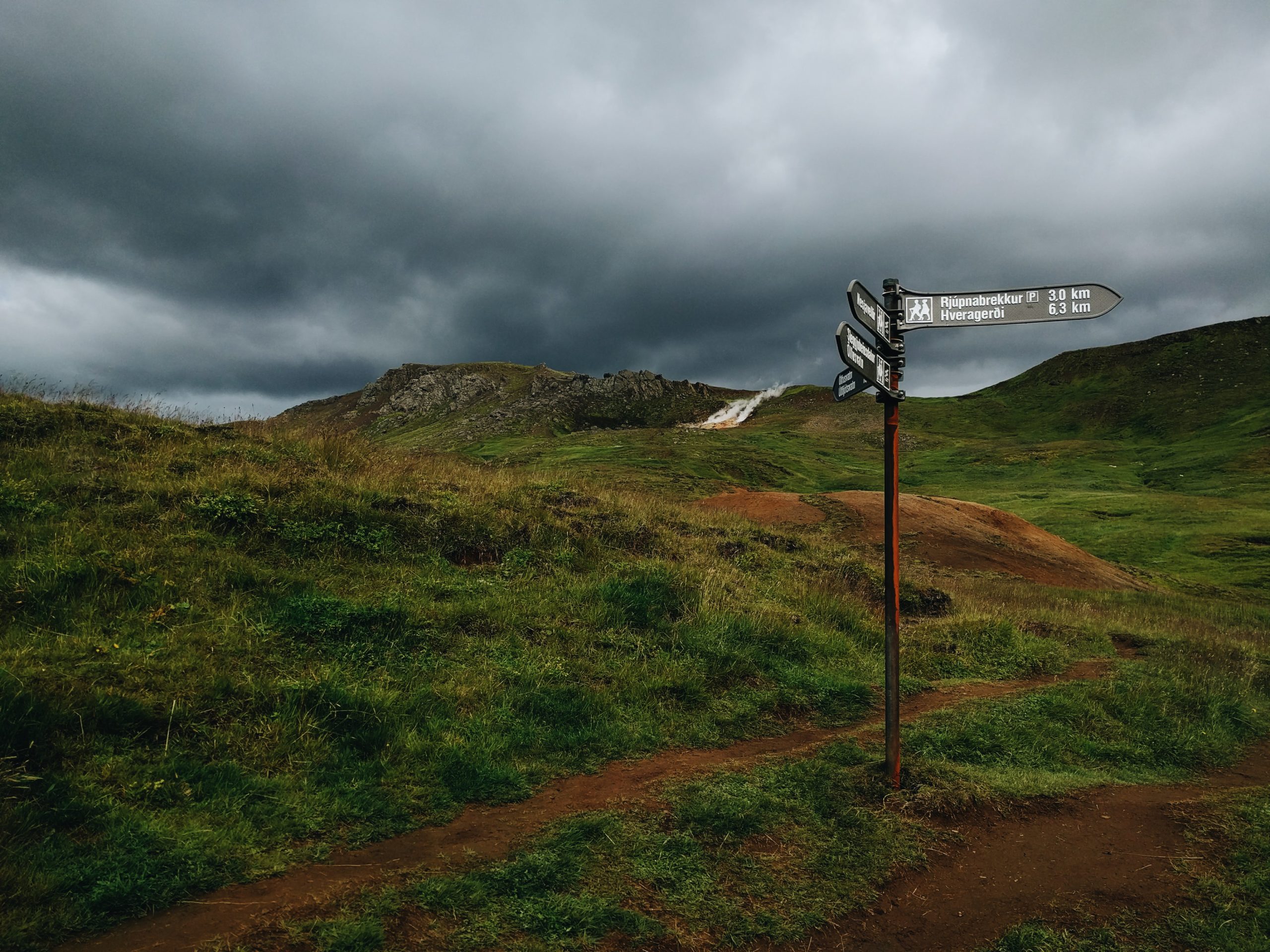
Hveragerdi is a short 46.5 km. away from Central Reykjavik, and is accessible via Route 1. Just over the picturesque Bláfjöll mountain range, Hveragerdi is one of the first towns in the Southern Region, which you enter nearly halfway through the drive between Reykjavik and Hveragerdi.
Sitting at an important crossroads, Hveragerdi is a popular destination for nature and geothermal enthusiasts, and it is right on the roundabout that connects travelers to the capital, the south coast, and Þorlákshöfn (Thorlákshöfn)– the winter ferry terminal for Vestmannaeyjar (the Westman Islands).
PLAN YOUR JOURNEY
Travelling to Iceland?
Check our overnight tours with a driver guide that includes a one night stay in a bubble.
*Starting from ISK 59.900 per person
Hveragarðurinn (Hveragerdi Geothermal Park)
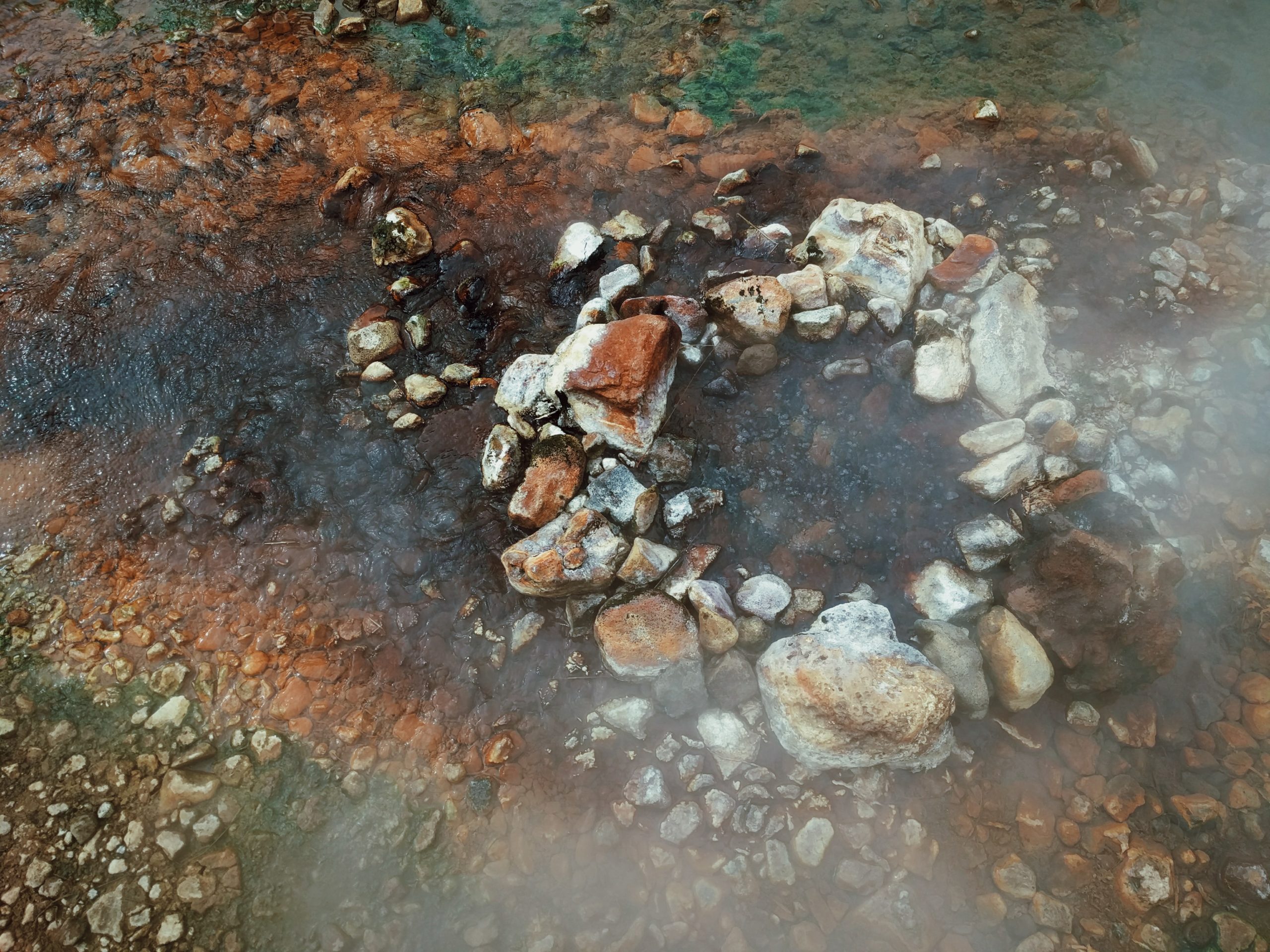
Situated in an active geothermal region, Hveragerdi is literally bubbling with visible activity- as close as the center of the town. In Hveragarðurinn, you can learn about the town’s geothermal history, visit a small banana greenhouse, and even boil an egg in a hot pool. Visitors can sample local bread baked right in the ground, and soak their feet in a bubbly spring.
There is a great deal of history attached to these vents of hot water- as far back as the 1900’s, when a local resident fell into one of the springs, and died from scalding. Due to the individual falling in the night, this tragedy caused the town to install street lights, and led to the spring being named “Manndrápshver”, or, “Man killing hot spring”. It serves as a valuable reminder of the strength of these innocent looking pools, and the swiftness with which they can change.
There are also some small geysers in this park- Dynkur and Eilífur. Dynkur is more of a steam vent now, but at one time in its life it used to emit a fine spray of water. Eilífur is a newer geyser to the area, and currently emits water on a 20-25 minute cycle. Though its name means “eternal”, it is a young geyser- and like all geothermal features, it is unknown how long it will function as such.
Over time, some of these springs have weakened from their former intensity, as can happen in an active volcanic area. The Earth here is very much alive, and changes can occur at any time. Some of the temperature and spring intensity changes in the park are due to the 2008 seismic event in Hveragerdi, and may one day change again as things unfold. In this way, a visit to Hveragerdi is always special- as you never know how it will look the next time you stop by.
Hike to Reykjadalur
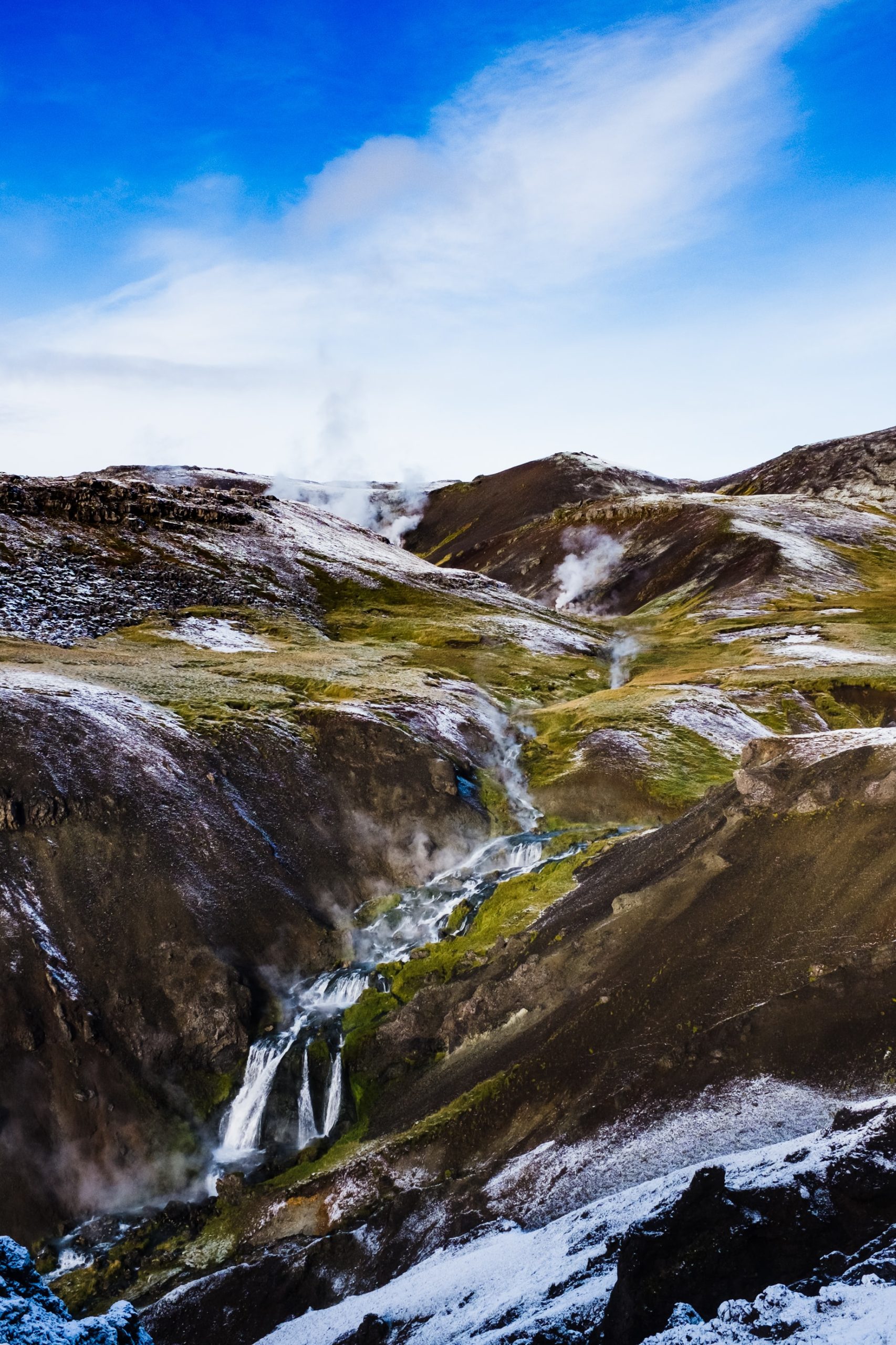
Continuing on the geothermal theme of the town- another important feature of the Hveragerdi area is the mountain hike to Reykjadalur, or, “Smoky Valley”. Reykjadalur is a fairly accessible hike with incredible scenic views and the end reward of bathing in a geothermal river.
This hike begins at a parking lot next to a coffee house. This is a great stop to make to have a quick snack before beginning your ascent and use the restroom. Reykjadalur is a wild area, and though there is a wooden partition installed for changing behind, there are no facilities or fees at the river.
This hike is about 3 km. one way, and is an upward ascent into the Hengill area. The hike itself is about an hour long, but it is advisable to take breaks along the way- especially for photos. The path is at times a bit precarious and narrow, so our recommendation is to stay on the marked trail. Depending on the time of year that you visit, mud or ice can create difficult conditions here, so checking the weather and the hours of light beforehand can save you some headache. Don’t forget your torch if you will be hiking in the evening!
Reykjadalur is a favorite of locals, and is not entirely secret- but due to its lofty locale, it is not as developed as many of the easier to access hot springs. Because of this, you will notice that there are not many signs along the way, and there are no attendant staff at the river itself. Because of its proximity to Hveragerdi, you are likely to maintain cellular service here however, and you will encounter some signs at some of the more dangerous mud pools further in. These pools are actively boiling, so please do take caution as you move through the area.
There is now a wooden path at the beginning of the bathing area, but take note that this is not the only area for bathing. You can move past this deck area and go further down the river for a more private spot. Take note that the water is warmer the further into the valley that you venture, so try to test it before getting in. (Also test the ground before you remove your shoes- as the banks of the river can be surprisingly hot!)
The valley itself is full of hiking paths and gorges, but these can be hard to access in the winter. This area is further up in elevation, so the weather can change quickly and the dark falls very early.
If you are looking for a true natural hot spring experience however, this is one of the best.
What else is there to do?
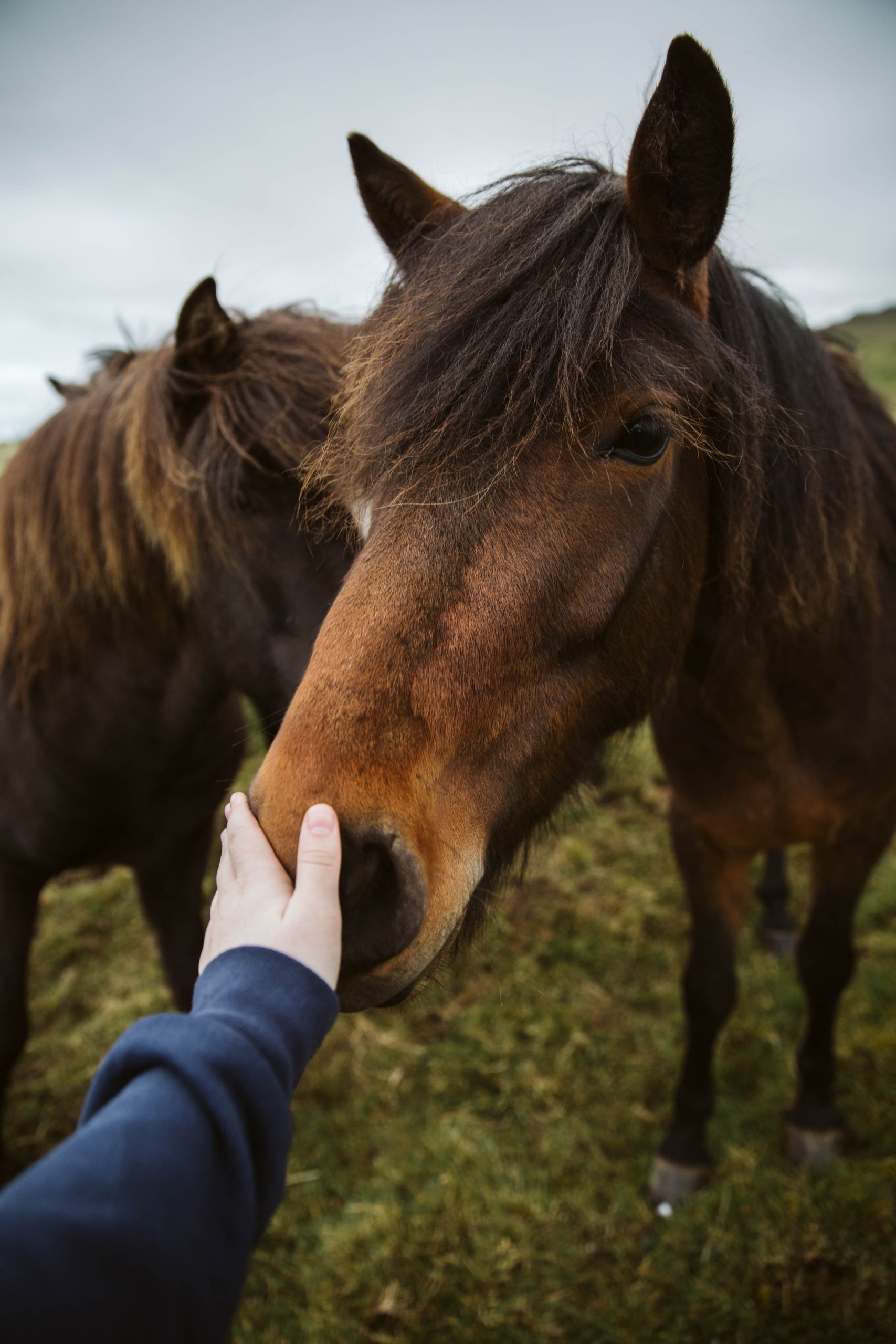
There are lots of restaurants, bakeries, activities and gorgeous natural attractions in Hveragerdi. For those who would like to stick to the city, there is golfing at Gufudalsvöllur, an art exhibition at Listasafn Árnesinga, the local heated pool Sundlaugin Laugaskarði, the Stone and Mineral Museum, and horseback riding for riders of all ages in the surrounding countryside.
We recommend the brewery tour and pizza tasting over at Ölverk Pizza & Brewery, and the earthquake simulation box in the Sunnumörk shopping mall! You can buy a hand knitted lopapeysa, learn about the 2008 earthquake, see how it felt in the simulator- and even see a seismic crack illuminated through the floor.
The earthquake itself was a 6.3 magnitude quake, and the videos and testimonies from the event are powerful to see. This area is near a grocery store and bakery as well- so it’s a great opportunity to stock up on snacks, whether your hikes are taking you all the way up to Reykjadalur, or just through the city center and Hveragarðurinn.
No matter what your plans are- Hveragerdi is the hottest little town on our list, and we never pass up a chance to boil an egg and soak in the glorious spring.
PLAN YOUR JOURNEY
Travelling to Iceland?
Check our overnight tours with a driver guide that includes a one night stay in a bubble.
*Starting from ISK 59.900 per person
Gullfoss Waterfall: Beloved treasure of the Golden Circle
Gullfoss Waterfall: Beloved treasure of the Golden Circle
By Taylor van Biljon
Dramatically terraced down the glacial Hvítá river, are some of Iceland’s most famous golden falls.
Gullfoss Waterfall: Beloved treasure of the Golden Circle
By Taylor van Biljon
Dramatically terraced down the glacial Hvítá river, are some of Iceland’s most famous golden falls.
Gullfoss Waterfall is one of Iceland’s most visited natural attractions, and it is not hard to see why. Easily accessible on the Golden Circle route, Gullfoss is a breathtaking three-tiered cataract style waterfall within two hours drive of Reykjavik.
The Golden Falls of the Golden Circle
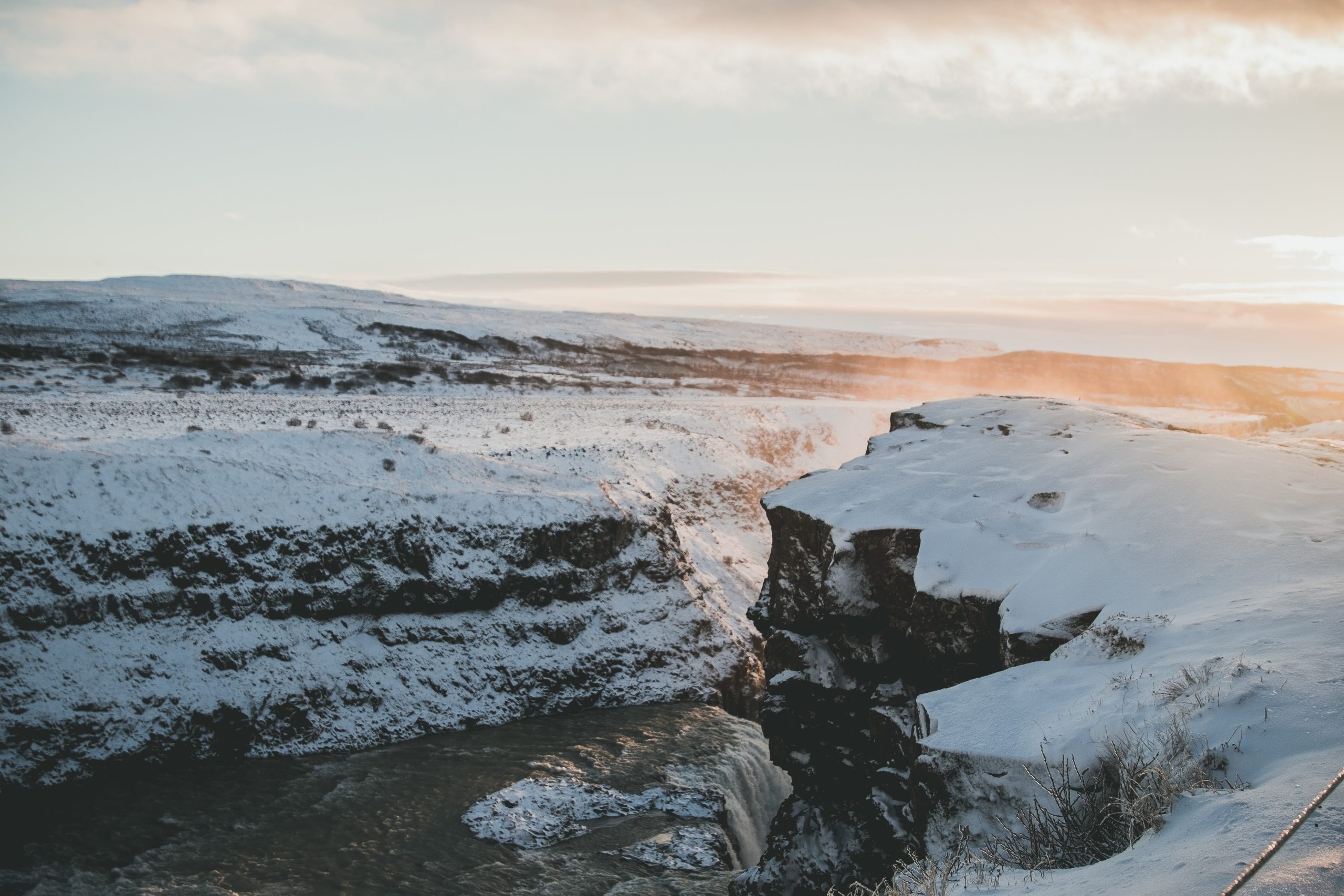
Promptly named for its location, there are a few different stories about how Gullfoss got its lofty name. The most popular is the simple visual of its water shining golden in the gentle sunlight; a scene that produces so many misty rainbows. The more complex, comes to us from Sveinn Pálsson’s travel journal, about a farmer living at Gýgjarhóll.
It is written that the farmer was rich with gold, but he lived with the concern of knowing that he couldn’t spend it all- and he was pained with the idea that someone else might inherit it after he had long passed. (What a problem.)
Out of fear of this imaginary scenario- he packed the gold away in a coffer, and crazed by his own consumptive greed- threw the coffer deep into the swirling depths of Gullfoss.
Whether or not there is truly gold in the bottom of Gullfoss’ rushing depths, it is hard to deny that its shining waters catch the sun like a molten stream of gold straight from Brokkr’s celestial forge. (Though, the amount of rainbows rising out of it might back up that lost treasure theory!)
PLAN YOUR JOURNEY
Travelling to Iceland?
Check our overnight tours with a driver guide that includes a one night stay in a bubble.
*Starting from ISK 59.900 per person
How to get to Gullfoss
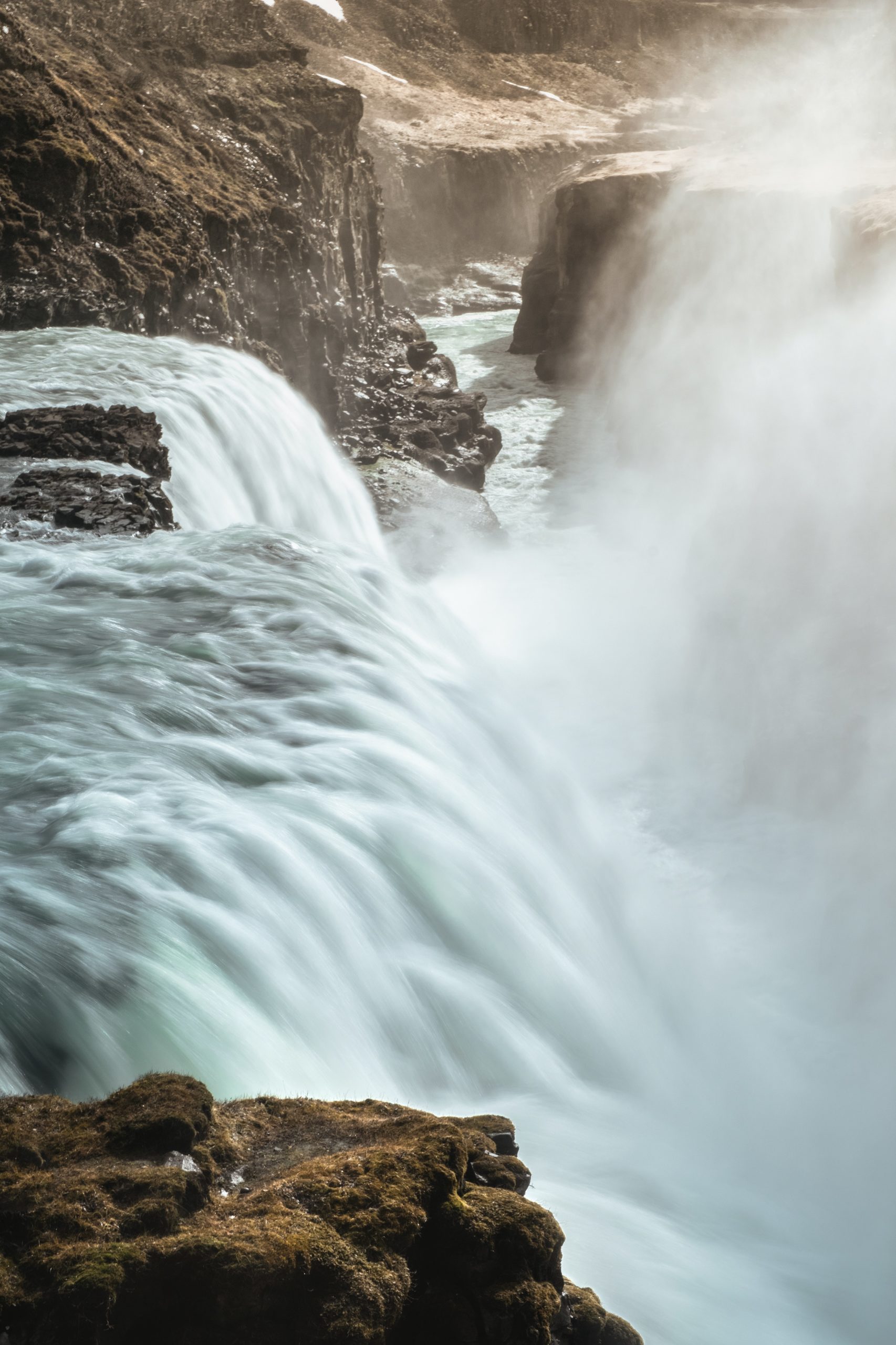
Gullfoss is accessible throughout the year, and is not an attraction that closes or requires an entry fee. There is accessible parking, and access to cafe and shop facilities. Unlike the waterfall however, these facilities operate on a set schedule, and are not open 24/7. It’s a good idea to check ahead before your trip if you would like to visit them.
Some Icelandic waterfalls are viewable from multiple viewpoints- but Gullfoss is uniquely viewed from above after a short walk from the parking lot, with multiple small hiking paths in a protected nature reserve.
Approximately 116 km. away, it takes about 1 hour and 35 minutes to arrive at Gullfoss from Reykjavik. (This is of course if you don’t stop at Lake Thingvallavatn, Laugarvatn Fontana Spa, Efstidalur Dairy Farm, Brúarfoss, or, Strokkur, on the way- which we highly suggest you do!
Because of the close proximity of all of these Golden Circle attractions, it is advisable to give yourself a few hours in order to experience and immerse in all that the drive has to offer.)
That being said, the most direct route to Gullfoss from Reykjavik is to exit town via the Route 01 (Vesturlandsvegur/Þjóðvegur 1), heading North towards Mosfellsbær.
After quite a few roundabouts, you’ll take a right onto Route 036, also known as Þingvallavegur, named for the National Park which you will now be headed towards. This is the northern entrance to the Golden Circle route.
This route will take you directly past all of the aforementioned stops and attractions, and will eventually direct you to follow onto Route 365, so that you can continue to Route 037, or, Laugarvatnsvegur.
This road becomes 035, which will take you straight past Strokkur and into the Gullfoss parking lot, to the right. This is a level drive that is very well marked with clear signage.
Thundering Gullfoss is pretty hard to miss, but just in case- you’ll know you went too far if you suddenly find yourself faced with a fairly rustic F road! The F35 or Kjalvegur, is a scenic route that will take you right next to (and across!) the glacial source of Gullfoss’ pristine flow- but it is a more challenging path that is only permitted for 4×4 vehicles. (If you plan to explore this route, check with Safetravel for area conditions, updated warnings, and driving instructions for river crossings and highland terrain.)
Depending on your itinerary and the direction from which you began the Golden Circle route– you are most likely to visit Gullfoss in the middle of your Golden Circle trip. Check out this winter and summer driving guide for tips to best organize your experience.
How was Gullfoss formed?
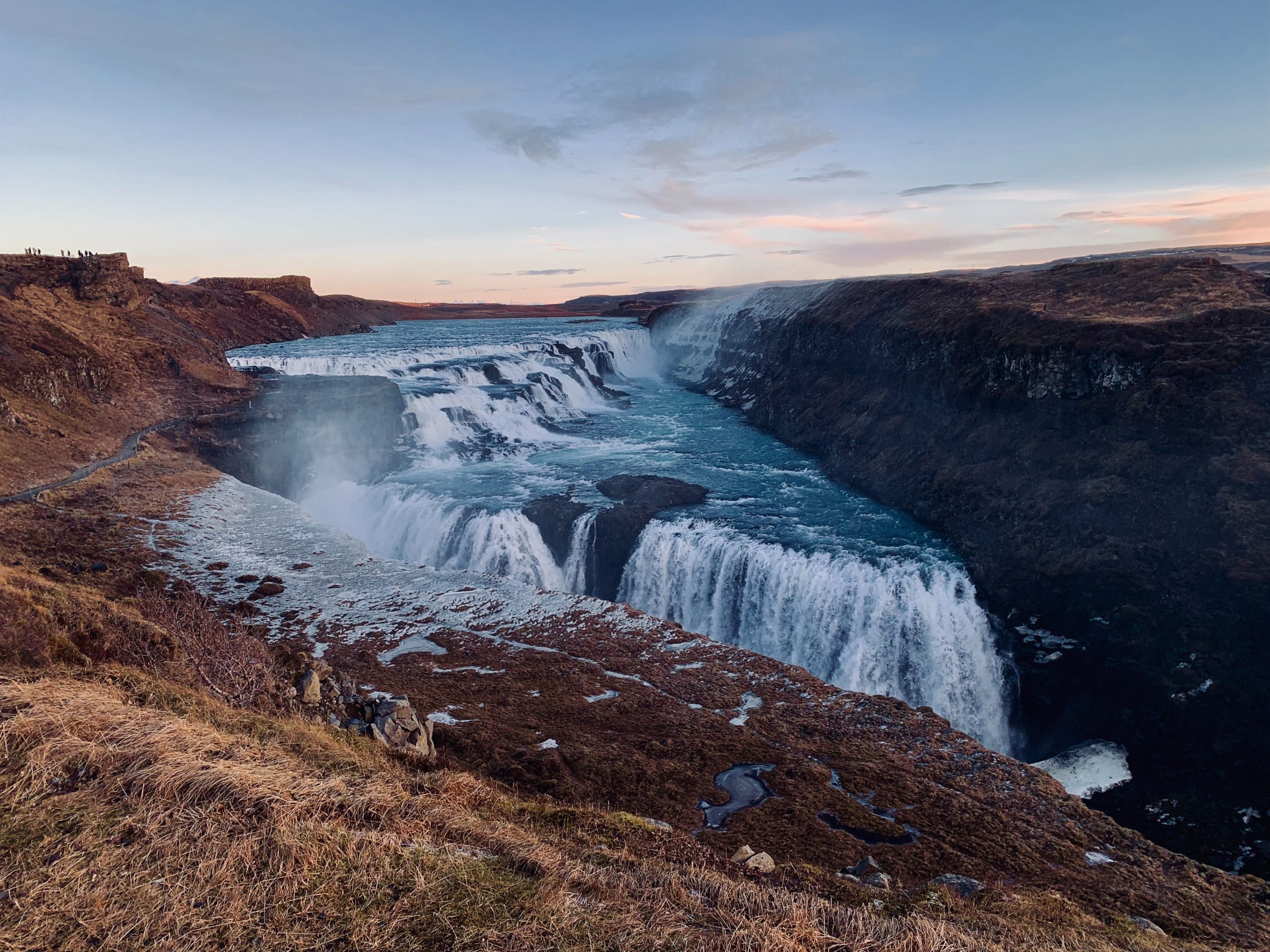
The land in Iceland is constantly changing, pulling apart, forming new layers, and renewing its appearance through various means. It is an awesome reminder of the transformative power of nature, and the incredible force with which our planet was made.
Gullfoss is classed as a tiered cataract, or a variety of waterfall that features a great volume of water rushing over a precipice. A bit further up in north Iceland, Dettifoss in Vatnajökull National Park is another example of a cataract.
Fed from the Hvítá river that is born from the meltwater of the massive glacier Langjökull- geologists believe that Gullfoss was initially created by glacial outbursts. These flash floods would have pushed through the basalt lava terrain, creating the canyon gorge that we enjoy today. These glacial outbursts are called jökulhlaup, which literally means “glacial run”.
Though this is a more common occurrence in Iceland than most of the world, this word is used internationally to signify the event of a glacial outburst flood.
In the beginning, we primarily used this word to describe the massive melt floods from the glacier Vatnajökull that are triggered by geothermal activity and subglacial volcanic eruptions, but now this term is used to describe any large flood release from a glacial body.
These floods are dangerous, and can occur at any glacial source- but we can at least positively credit them with the gift that is Gullfoss, our beloved golden falls.
How much water is in there, anyways?
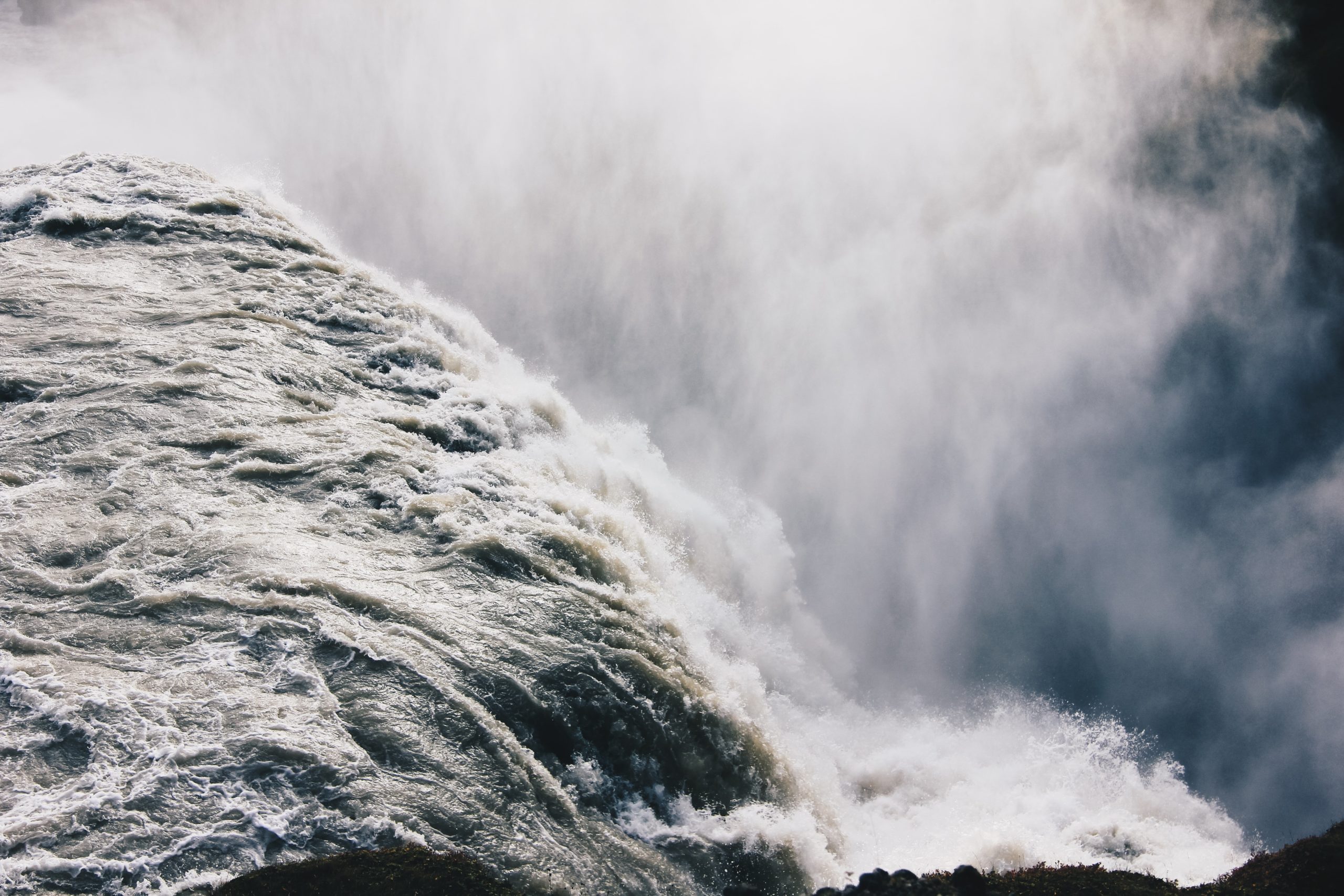
Gullfoss boasts some of the greatest water volume in all of Europe! Typically, its flow is around 110 cubic meters per second. But depending on events in the life of the glacier, the volume can grow up to 2000 cubic meters per second. If you can imagine it, this means that Gullfoss could conceivably fill up almost 50 olympic sized swimming pools in a single minute. That’s almost one a second!
The time of year also has an impact on Gullfoss’ flow. In the winter when things are a bit more solid, we can expect a flow of 80 cubic meters per second. But in the warm temperate summer we can expect nearly 141.
The gorge that houses Gullfoss is approximately 32 meters tall to the top, so one can almost imagine the power generated by Gullfoss- which has been coveted by many who wish to harness it for energy and electricity.
Gullfoss is comprised of a three-step “staircase”, with two plunge points. These plunges are both 11 meters and 21 meters respectively, and they drop into a crevice that is nearly 20 meters wide and 2.5 kilometers in length.
Despite the incredible force of Gullfoss’ golden waters- it is still possible to enjoy activities further down the canyon in the foothills of the great giant. Paddling the rapids of this Icelandic treasure and getting a chance to jump down into the colorful depths is a rush like no other, especially if you think of those 50 olympic swimming pools while you’re in there!
Gullfoss in Hollywood and Legend
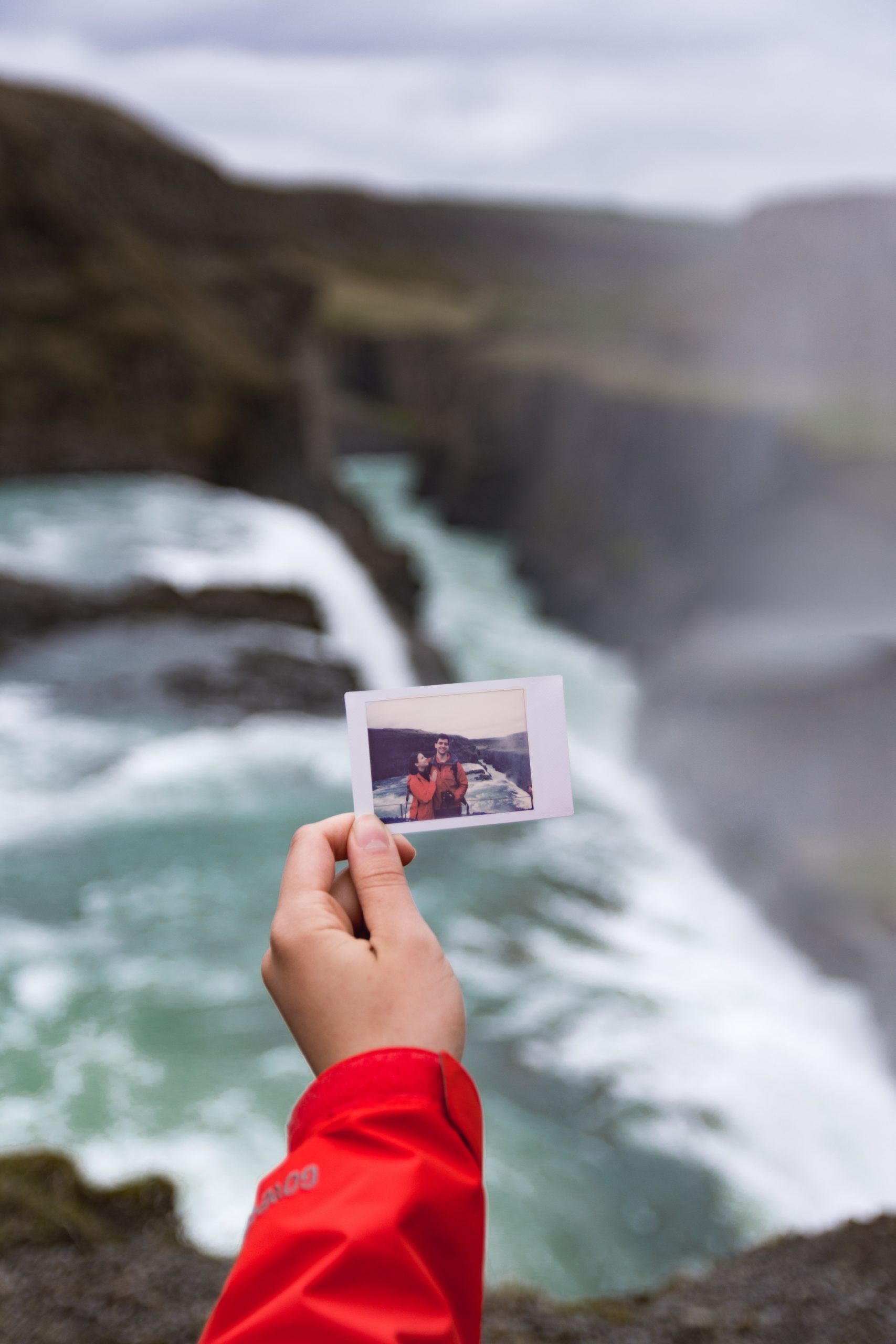
Due to its beauty and accessibility, Gullfoss has appeared in many popular forms of media over the years. You may recognize it on the album cover “Porcupine” by Echo and the Bunnymen, or even in the background of the music video for Live’s single “Heaven”. You can also see it in the TV series “Vikings”, and again in the hit animated TV series “Avatar: The Last Airbender”, in an animated scene where it lent the inspiration of its likeness to a waterfall backdrop near where Sokka learns to sword fight.
Mentioned also in popular text, Gulfoss features as Snorri’s favorite waterfall, in the novella The Odd Saga of the American and a Curious Icelandic Flock by E. E. Ryan. Though fleeting, these and many other artistic interpretations have honored Gullfoss over time.
Perhaps most notable among them all, is the true story of Sigríður Tómasdóttir. Considered to be one of Iceland’s first environmentalists, Sigríður fought to protect Gullfoss’ golden waters from harmful industrialization. Were it not for her valiant efforts, we would have lost Gullfoss long ago to a hydroelectric dam that would have submerged it.
Her tale is told many ways with many details- but the truth that rises from it is the work that she completed to protect this treasure of the Icelandic landscape- and so she is memorialized there near the falls on a sculpture crafted by Ríkarður Jónsson. The lawyer, Sveinn Björnsson, that aided her in her quest; went on to become the first president of Iceland.
It goes to show that Iceland’s true heart is stored and maintained in these natural treasures- and that the best tales of them all, are the fantastical truths of the ones who protect them.
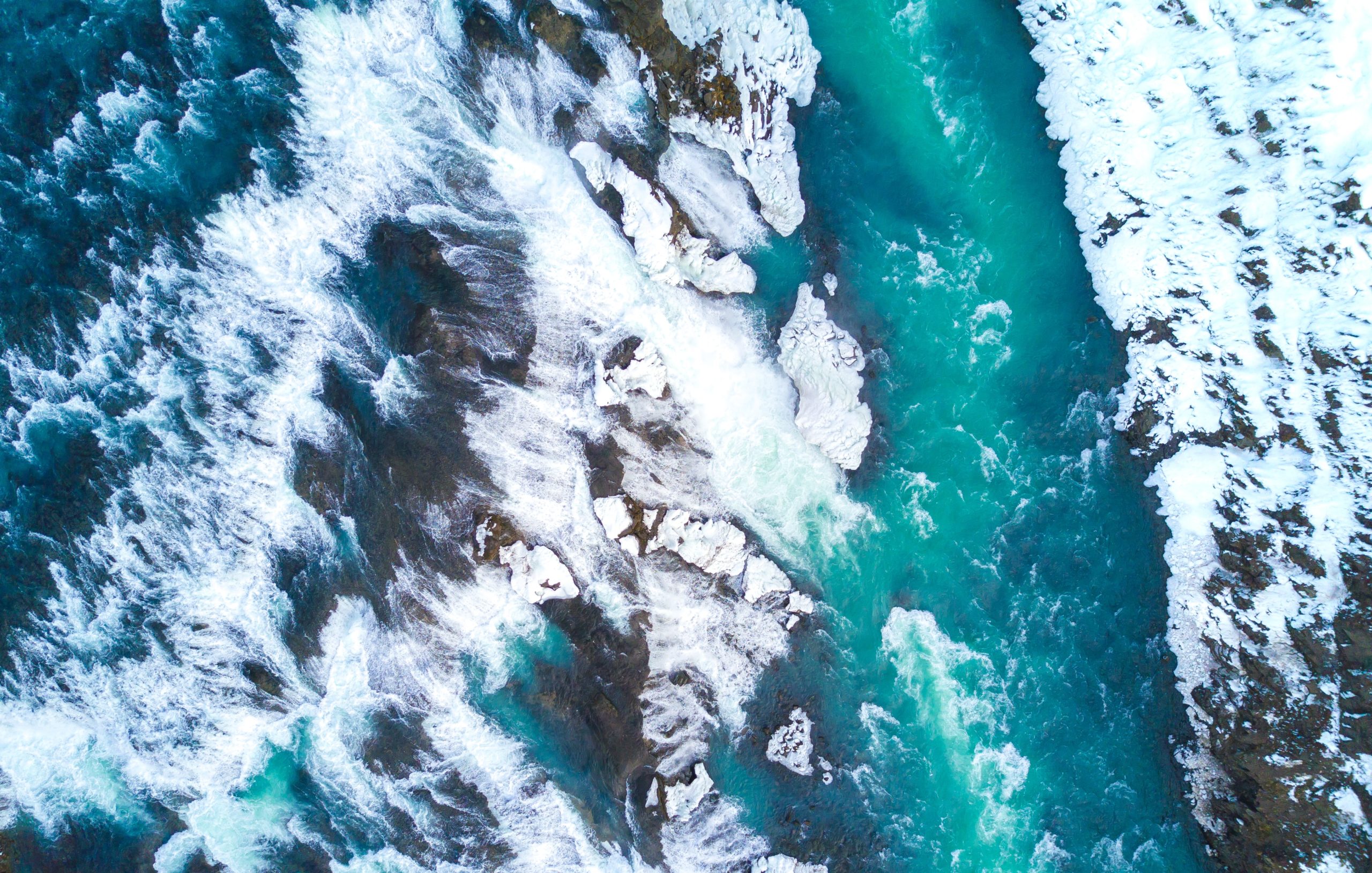
PLAN YOUR JOURNEY
Travelling to Iceland?
Check our overnight tours with a driver guide that includes a one night stay in a bubble.
*Starting from ISK 59.900 per person
Sólheimajökull Glacier: Fleeting wonder of the South
Sólheimajökull Glacier: Fleeting wonder of the South
By Taylor van Biljon
In the middle of Iceland’s southern coast, is Sólheimajökull, the icy tongue of her fourth largest glacier.
Sólheimajökull Glacier: Fleeting wonder of the South
By Taylor van Biljon
In the middle of Iceland’s southern coast, is Sólheimajökull, the icy tongue of her fourth largest glacier.
Sólheimajökull Glacier continues to be one of the most easily accessed glaciers in the country. Approximately 5 kilometers north from Route 01, a summer visit to this sunny ice paradise is one of our favorite ways to cool off.
The Glacier:
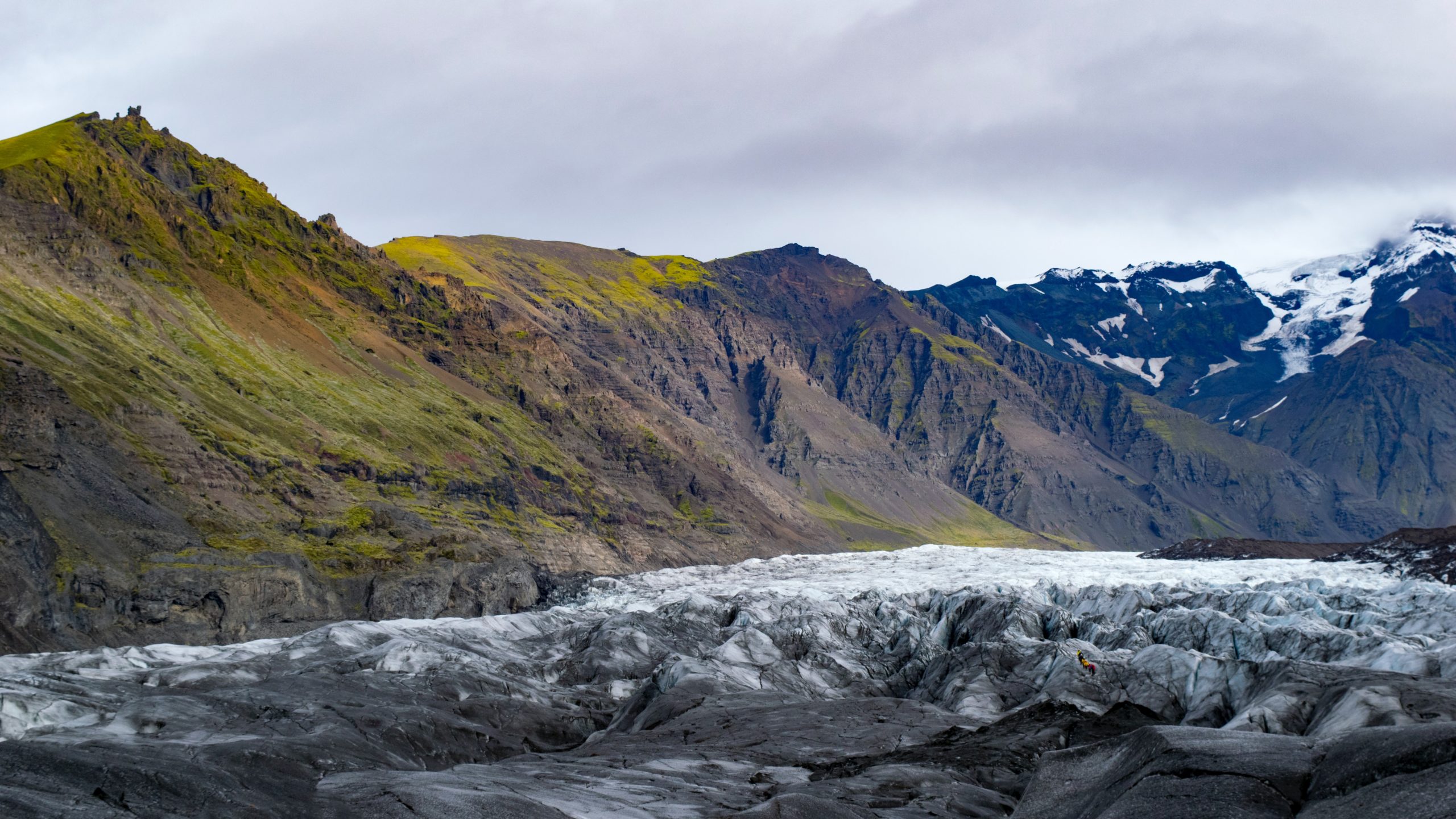
Sólheimajökull Glacier, or just Sólheimajökull (the “jökull” half stands for glacier), is one of the most visited glaciers in the southern region. Literally translated to “sun home glacier”, this icy tongue of the Mýrdalsjökull ice cap boasts some of the finest views of the southern coast, due to its fairly open surrounding terrain.
At nearly 15 kilometers long and 2 kilometers wide, this long strip of ice actually belongs to a larger parent glacier known as Mýrdalsjökull. Large glaciers often form complex established tongues or fingers as they melt, retreat, change, and shape themselves over time. Mýrdalsjökull is one such glacier, being the fourth largest in the country, and Sólheimajökull is one of its most well known outlet glaciers.
Notable for its varied crevasses, caves and color variations, Sólheimajökull is a popular option for activity and hiking. Still dusted in the 100 year old ashes of Katla, a walk up this ice giant is a trek back into a colorful and exciting history.
PLAN YOUR JOURNEY
Travelling to Iceland?
Check our overnight tours with a driver guide that includes a one night stay in a bubble.
*Starting from ISK 59.900 per person
How do you get to Sólheimajökull?
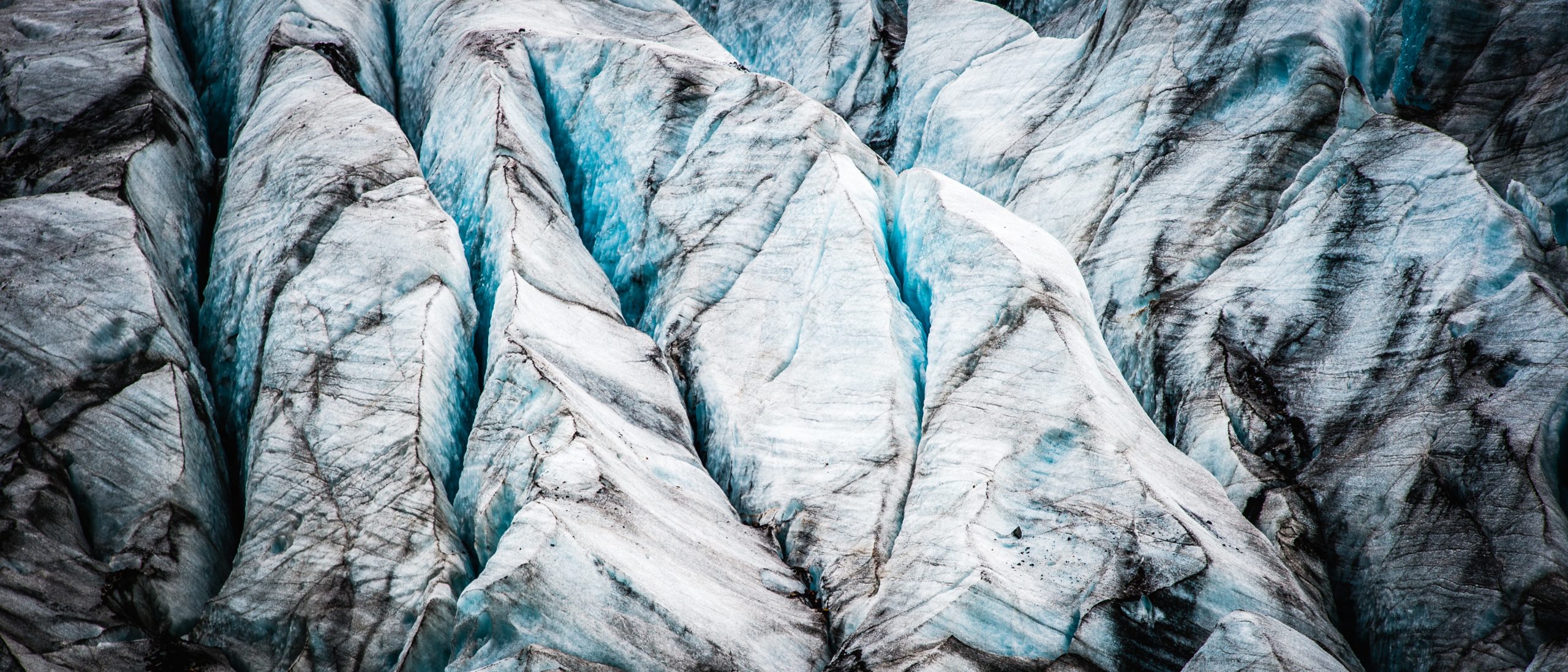
As part of the ice cap that houses the subglacial volcano Katla, Sólheimajökull can be found squarely in the center of the Katla Geopark, next to the park’s namesake. Sólheimajökull and Katla both are subjects of great scientific study due to their proximity and their relationship. The results of geothermal activity, climate change, and resulting jökulhlaups, or glacial floods, have been researched by many in the shadow of these natural giants. Though we cannot say for sure when Katla will next awaken, we can come learn about the way she and the glaciers shaped the land, and know that we are in great hands with the highly prepared southern guides.
Driving from Reykjavík: 2.5 hours
Driving from Vík: 45 minutes
If you have pre booked a tour, it may be possible that they are picking you up from your location. It can also be possible that you have access to a partial pickup, from a nearby location. This additional service needs to be arranged beforehand, so if this is how you’d like to arrive, be sure to confirm this with your tour provider, so that you know where and how to meet them.
If you are driving yourself to the glacier, know that in fair conditions you can expect a trip length of about 2.5 hours coming from Reykjavík. From Vík, you will be driving back towards Reykjavík for about 45 minutes.
From both areas, you will stay on Route 01 for the entirety of the drive, until you reach your turnoff onto Sólheimajökulsvegur. This is an unpaved road also labeled as 221, and it will be marked. After 10 minutes of careful driving, you’ll arrive at a car park, which is the furthest that your vehicle is permitted to go.
There is a cafe here, and many of the tour providers for the area will be meeting their groups in this area as well. This cafe is your last chance at a bathroom, so plan accordingly if you are headed out on the glacier.
If you are self-driving and have not booked a guided tour, you can still view the glacier. From the car park there is a short hike to the glacier’s lagoon, where you can view the accessible wall of Sólheimajökull. This is signage here to indicate the areas that are safe to occupy, and despite the absence of railing and gates- remember that the glacier is an unstable and changing environment that is dangerous to traverse without a professional guide.
To walk on the glacier it is imperative to be outfitted in the correct safety gear, and so hiking beyond the signage is strictly not advisable.
Noisy Neighbors:
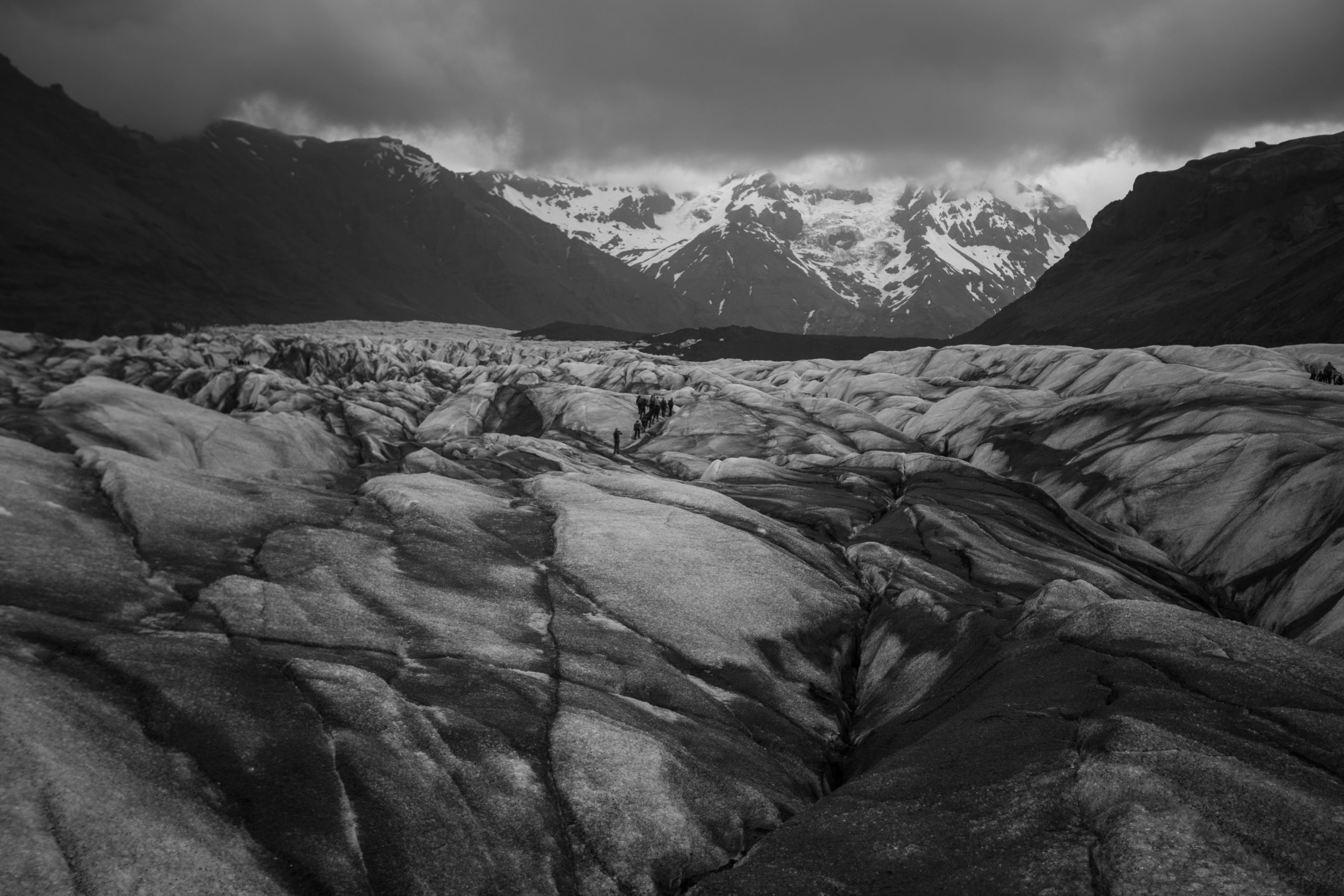
Sólheimajökull is wedged right in between two of Iceland’s most famous volcanoes. With the stratovolcano Eyjafjallajökull on the west, and overdue Katla on the right, these are some glaciers to watch! Eyjafjallajökull made international news from its 2010 eruption, and locals continue to tell the story of Katla’s great eruption in 1918. This eruption created much of the sand deserts surrounding this coastal region, and when you look at a satellite map, you can imagine the paths of the resulting jökulhlaup- one of the more dangerous side effects of Katla’s awakening.
If this weren’t enough, to the north we have Hekla, and the much quieter slumbering pair of Tindfjallajökull and Torfajökull. Tindfjallajökull is responsible for much of the lava formation of the land in the area, but has not erupted in modern history. After being asleep for 10,000 years, I suppose we can write them off as being the most amenable of all the neighbors.
Torfajökull is right behind them with a 1477 eruption- but Hekla on the other hand has rumbled forth as recently as 2000!
Volcanic activity is closely monitored by experts in Iceland, so you can rest assured that visiting these tepid neighbors is safe until otherwise noted. Information of an eruption or seismic event will be widely accessible, but it is always a good idea to check SafeTravel for any regional updates or warnings.
What can you do here?
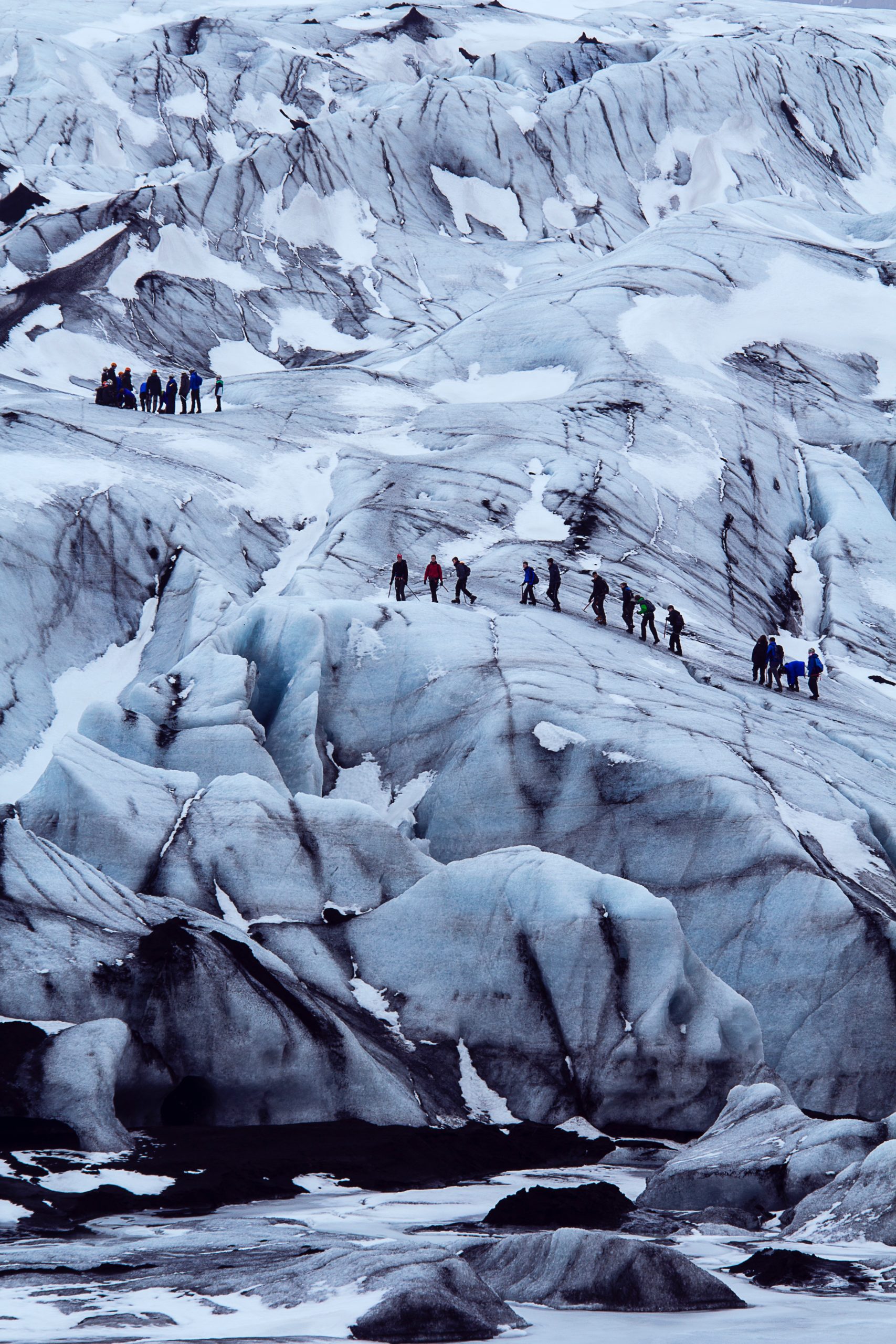
Sólheimajökull is a spectrum of activity. Unlike some areas, you can enjoy the ice here throughout the entire year. Beyond a self walk up to the lagoon, one can book a guided glacier walk or an ice climbing tour throughout the year.
These activities are open to all skill levels, and provide you with the correct gear to ensure safety. In the autumn and winter, it is possible to explore ice caves inside Sólheimajökull, and in the summer and autumn, to kayak in the lagoon before it. There are many guides that can lead these adventures safely, that can also inform you about the geological history of the area, and the changes that the glacier is going through, even now.
Sólheimajökull is receding and changing rapidly- and these guides are among the most familiar with this change. The lagoon in front of it is evidence of its retreat- a stark footprint of the change that our climate is forcing on the ice cap.
Remember that all of these experiences are subject to safety conditions on the glacier, and may or may not be available. The guides are expertly trained to gauge the safety of the glacier that day, and it is wise to heed those warnings. Few biomes change with the rapidity of a shrinking glacier, and though a cancelled trip may be disappointing, it is part of the respect that nature commands.
The impermanence of frozen treasures
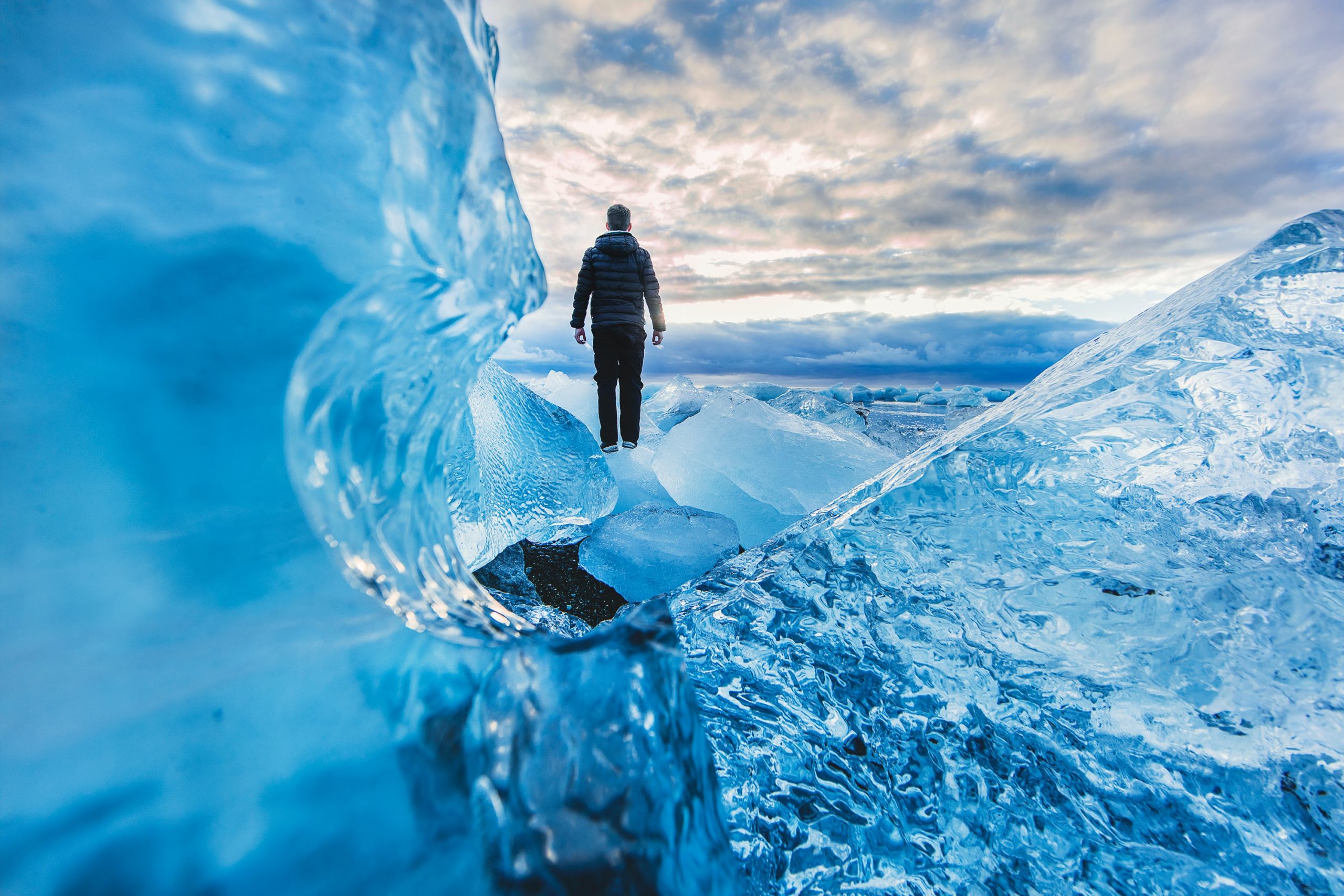
We hope that while you are visiting us, you do manage to venture out into glacier country. Whether you are staying with us in the Golden Circle and viewing the hulking Langjökull; or whether you are catching the sun with us in the south near Mýrdalsjökull, and the even greater Vatnajökull, with its many, many outlets- we recommend these giants with the full depth of our hearts.
They are an ancient treasure of our planet, and despite their many years of history- the change they are undergoing today is shockingly visible to the naked human eye.
Iceland is a country of wonders, but there are few things as poignant as the trickling melt sound of glaciers breaking apart, and joining the sea. The scale of it is immeasurable, and the effects of it will touch all of us in some way or another. If you’ve visited Sólheimajökull, or any glacier before, the reality of it may be very different on your second visit.
So go forth and bear witness to these frozen greats of our earth- for within the course of your lifetime, some of them may be no more.
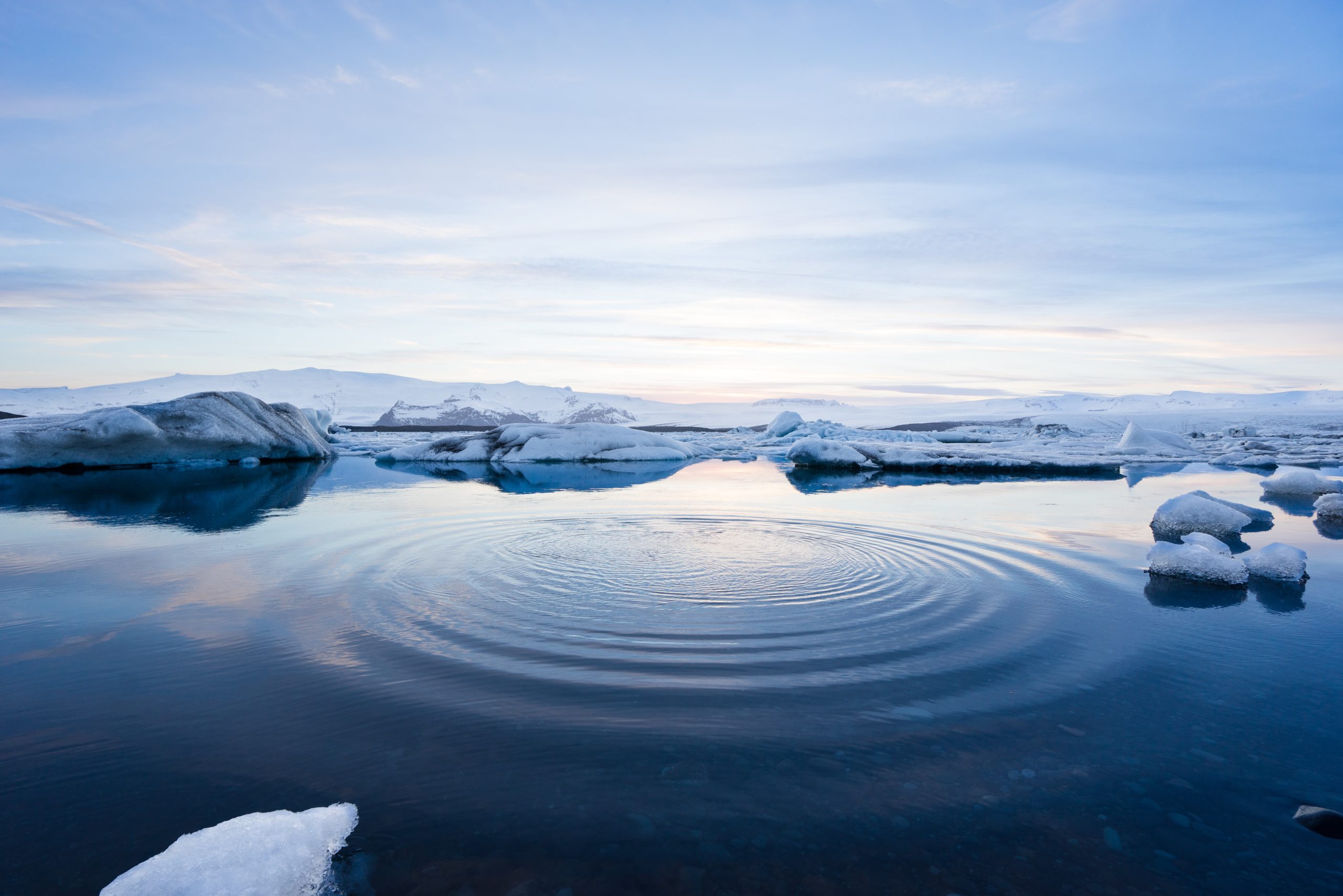
PLAN YOUR JOURNEY
Travelling to Iceland?
Check our overnight tours with a driver guide that includes a one night stay in a bubble.
*Starting from ISK 59.900 per person
Efstidalur Dairy Farm in Iceland: Homemade Ice Cream and other charming treats
Homemade Ice Cream and other treats at the charming Efstidalur Dairy Farm in Iceland
By Taylor van Biljon
Efstidalur is a traditional Icelandic farm every day of the week- except this time, you’re invited!
Homemade Ice Cream and other treats at the charming Efstidalur Dairy Farm in Iceland
By Taylor van Biljon
Efstidalur is a traditional Icelandic farm every day of the week- except this time, you’re invited!
Efstidalur Dairy Farm in Iceland isn’t just known for its homemade Ice Cream. Beautifully located next to waterfalls, rushing streams, stretching plains and geothermal springs, this farm produces its own milk, and wants you to stop by and see how it’s done. But don’t stop with the homemade ice cream- Efstidalur does it all.
What is it?
Efstidalur is a farm, restaurant, accommodation, and horse rental run by a family of four siblings. They grew up on this farm (seven whole generations), and made a careful promise to their grandfather that they would maintain it, thus growing it into the multifaceted treasure that it is today.
PLAN YOUR JOURNEY
Travelling to Iceland?
Check our overnight tours with a driver guide that includes a one night stay in a bubble.
*Starting from ISK 59.900 per person
Stay a while and see the farm in action
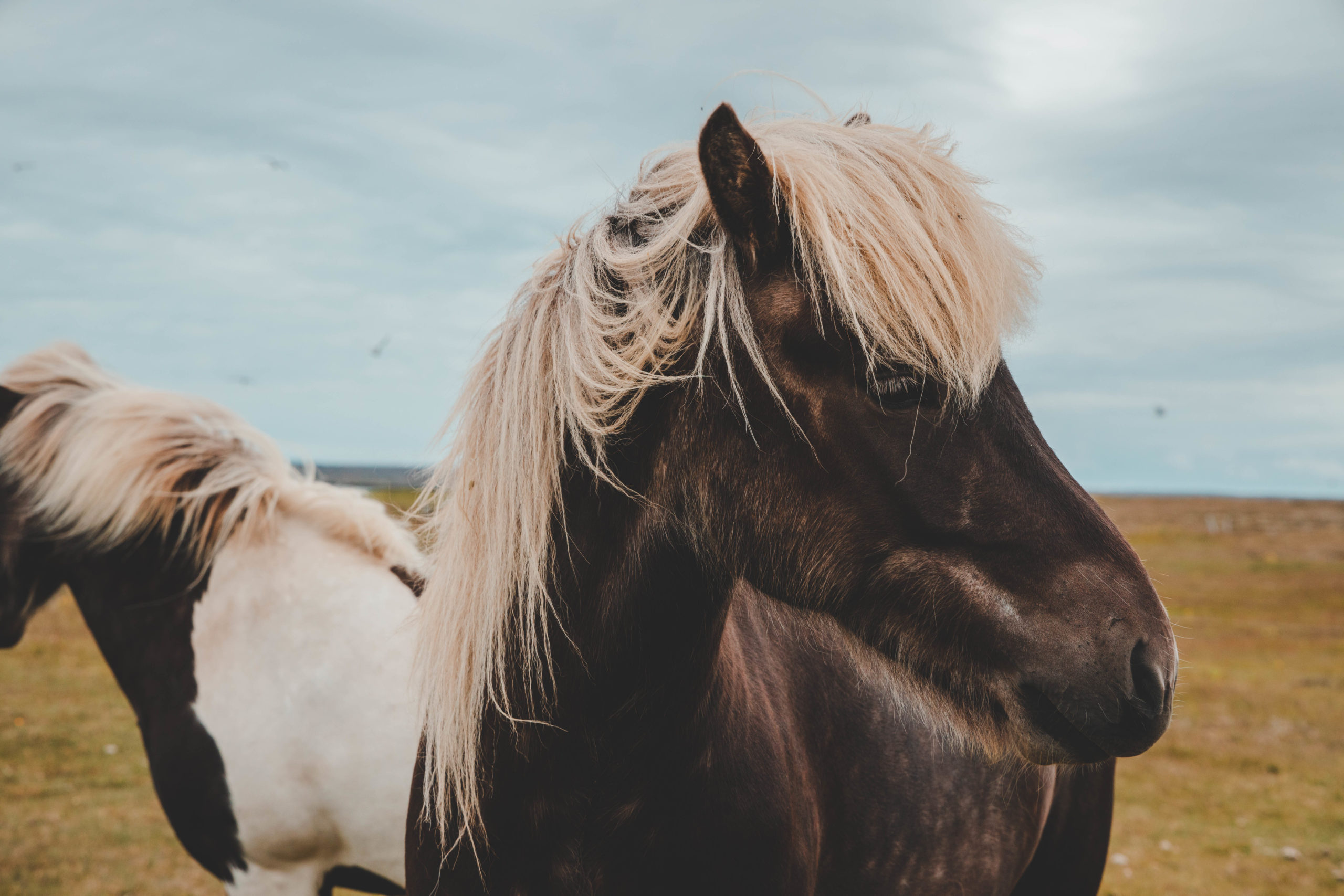
On a Golden Circle drive, you’ll pass by many farms. Iceland’s lush countryside is the home to many such locations, and the fields that pass by your car windows will always be dotted by meandering horses, birdlife, sheep, cattle, and the occasional human creature. In fact, the sheep here outnumber us- and the horses are catching up!
The difference between Efstidalur and these many others, is that at Efstidalur, you’re invited inside. This working family farm means business, and they continue to produce the valuable products they have focused on and perfected for generations back into time. But, they also want you to come see how they do it.
Believing strongly in the quality of their craft and the importance of families connecting with animals and nature, this team leads their business the way they’ve always led their lives. They invite you to come by and see the farmers work, and to find out how you get the milk we so regularly consume. They give you a literal window into their work, barn, and farm kitchen, and encourage you to meet their star players, the cows themselves.
Sharing their processes about how they create new things with the milk gathered here, the transparency of Efstidalur’s work is a rare treat in today’s segmented world.
Get something to eat at Hlöðuloftið and Íshlaðan
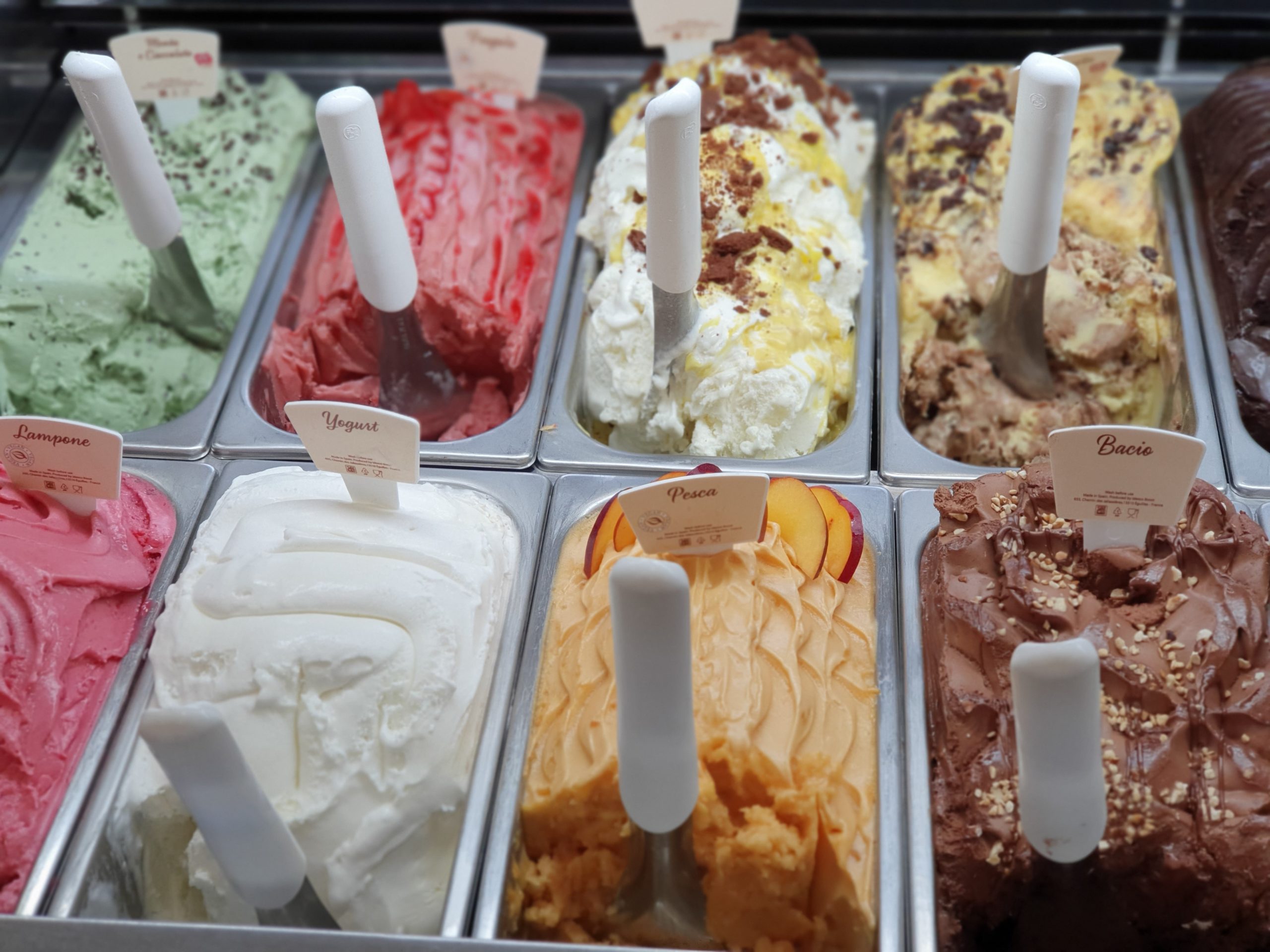
After a full day of sightseeing, hiking, and enjoying nature- one can work up a strong appetite. Fortunately, the folks at Efstidalur in their boundless hospitality have anticipated this, and so they’ve given us the restaurant, Hlöðuloftið.
A farm to table concept restaurant, Hlöðuloftið means “the barn loft”, and the dishes are about as local as they get. Made with dairy and meat from their own farm, they also make weekly rounds to collect local vegetables and produce from the neighboring establishments. The dishes served in Efstidalur’s cozy walk-in restaurant are truly the taste of the Icelandic countryside, and they are made with everyone in mind. Looking for vegan options on your trek? At Efstidalur, it’s covered.
Serving up homemade burgers, steaks, pan-fried fresh trout, hearty soups, and heaping Icelandic vegetables- the restaurant is a great stop all on its own. Familiar with gluten and nut allergies, the team at Hlöðuloftið are no strangers to accommodating different needs, and the dishes that come out of their kitchen are colorful, honest, and fresh.
But as they say on the farm, life is short- so eat dessert first! Known for their homemade ice cream, one cannot visit Efstidalur without making a stop at their “ice cream barn”, Íshlaðan.
This is as fresh as it could possibly get. Continuing the theme of local products- Íshlaðan goes out of their way to source local salts, fruits, and flavors to adorn this most loved treat. And if it wasn’t enough that the ice cream is incredible, they’ve taken it a step further with their incredible ice cream barn dining experience. While you enjoy your fresh ice cream, you can see the cows enjoying their lunch as well.
The core of it all after all this time, the cows stay forefront in all of their ventures; and Efstidalur continues to thrive remembering exactly from where and why it began.
Take a ride with Hestaleiga and meet the locals
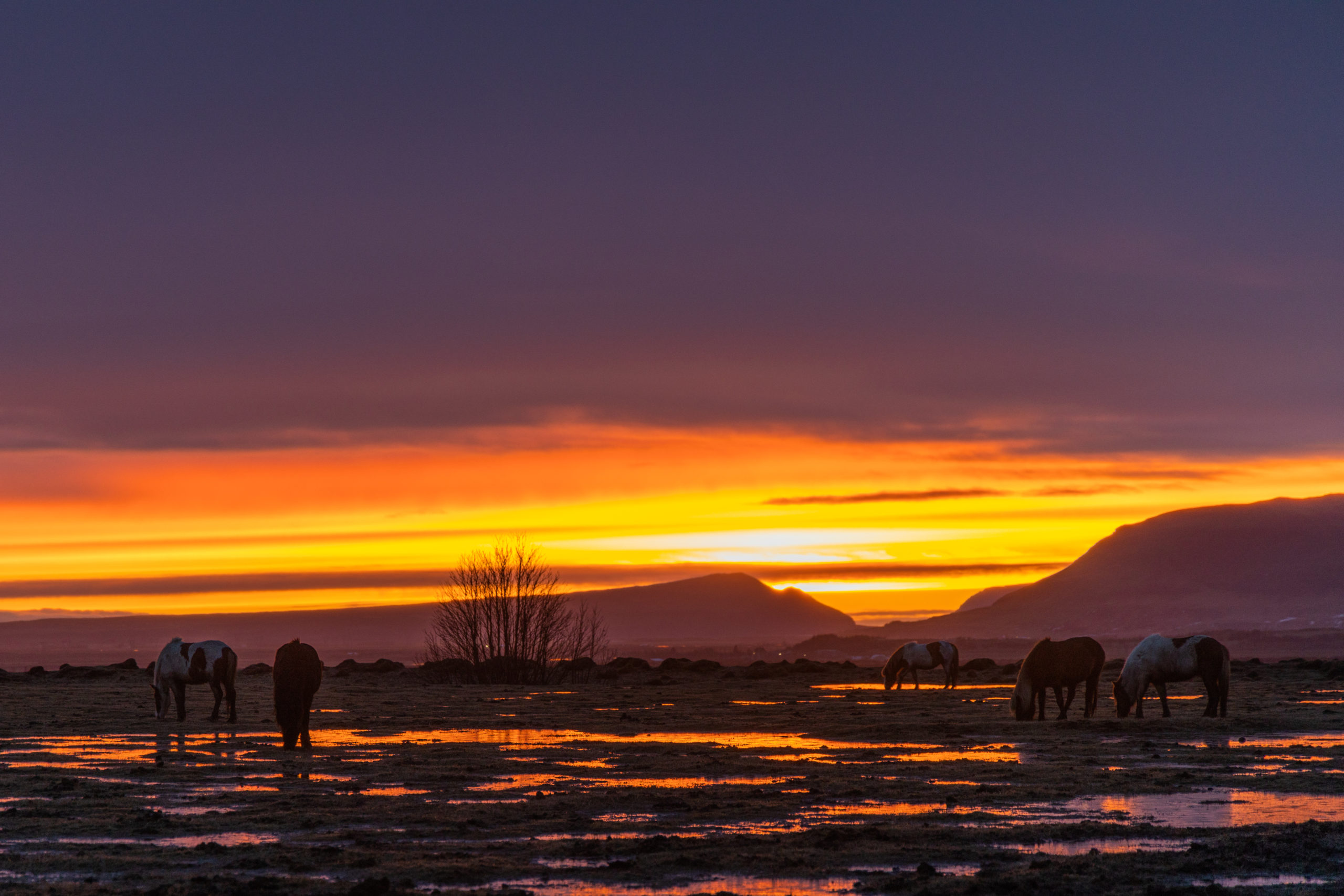
The authentic goodness of growing up amongst nature is clearly an inspiration in the work of Efstidalur. So much so, that they extend that experience to you when you visit. Believing in the magic of growing up with animals, Efstidalur is hopping with friendly farm dogs, sweet baby calves, busy chickens, and of course- the famous Icelandic horse with its extra gait.
Among their many time honored skills, they have bred and reared horses for as long as they can recall. You can meet these special creatures on any visit, but, if you visit in the balmy Icelandic summer, you can ride one as well.
The trails around Efstidalur take you through bright green flowered fields, across the grounds, and next to the gushing glacial blue waters that feed the waterfall Brúarfoss. Their experienced guides are trained to aid riders of all experience levels, and for those who’d rather indulge in some ice cream and sun basking, there’s a great spot to unwind and wait on your riders as they tolt back you.
Running free in the rich fields around the farm, these horses, like many others around here, were born and raised on the farm. With the addition of Hestaleiga, you can get more up close and personal with the creatures of Efstidalur than ever, by joining them on one of these rides.
What better way to get the full farm experience?
Where is it?
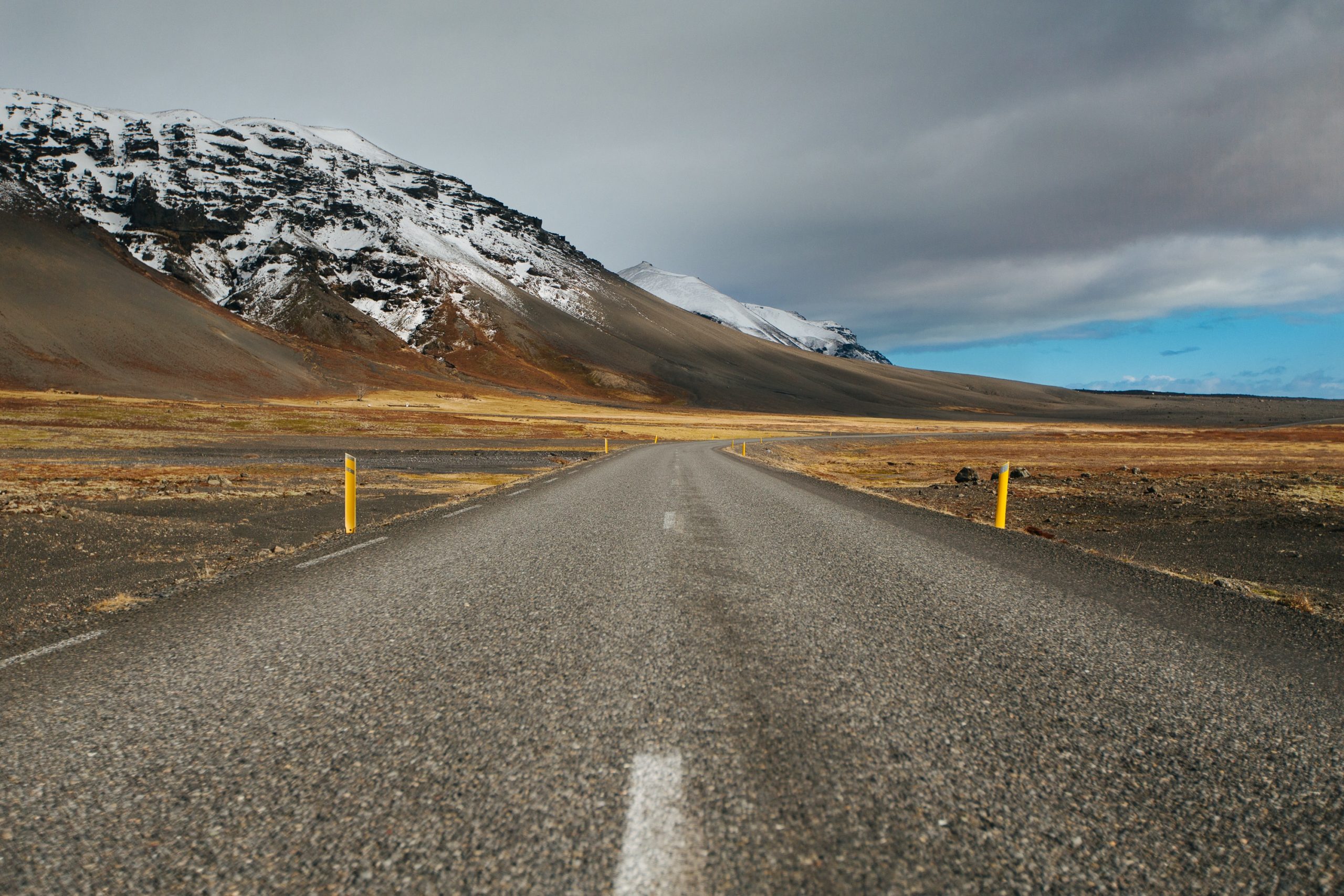
Tucked away on the Golden Circle’s route 37, Efstidalur is right off the main road, and is but a stone’s throw from points of interest like Brúarfoss, Faxi Waterfall, Friðheimar, and even the geysers themselves. It’s a calming spot to have lunch after a hike along the water or a relaxing trip to the luxe Laugarvatn Fontana Spa, just down the road.
Efstidalur’s proximity to these local gems makes it a must-see stop, and of course, who doesn’t need a fresh ice cream after a hike? (In Iceland, there’s always time for an Ísrúntur, or ice cream run- no matter what time of year it is.)
With an activity or a meal for any palate, this stop can please the most adventurous or the most timid among us, so it is a great stop for pleasing a group with varying interests and needs.
In between watching the farmers make traditional skyr, cheese and ice-cream, chatting with the family about their work, and meeting all of the resident creatures- Efstidalur is an experience for any age. Come by and experience the product of three centuries of Icelandic farming. You won’t regret it.
PLAN YOUR JOURNEY
Travelling to Iceland?
Check our overnight tours with a driver guide that includes a one night stay in a bubble.
*Starting from ISK 59.900 per person
